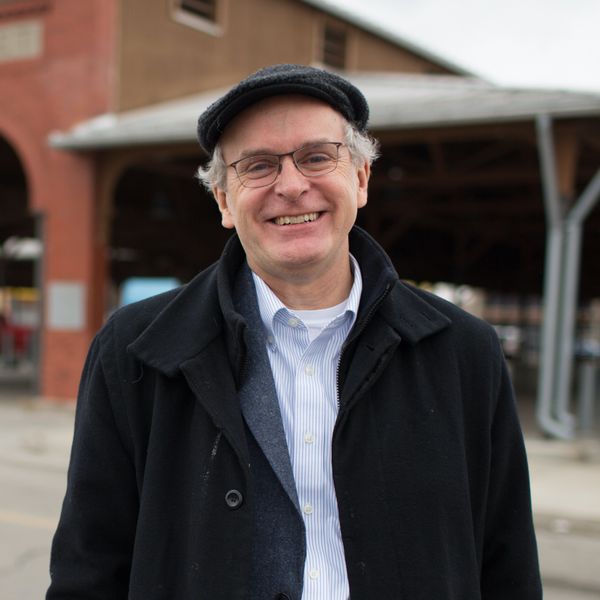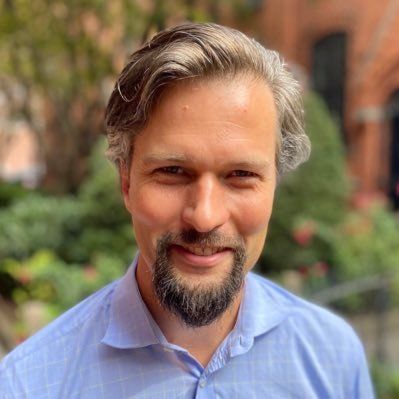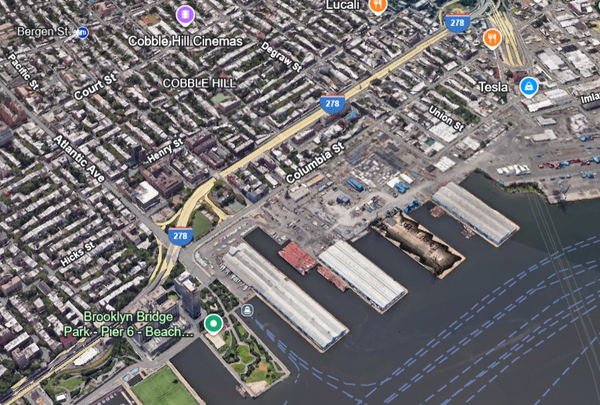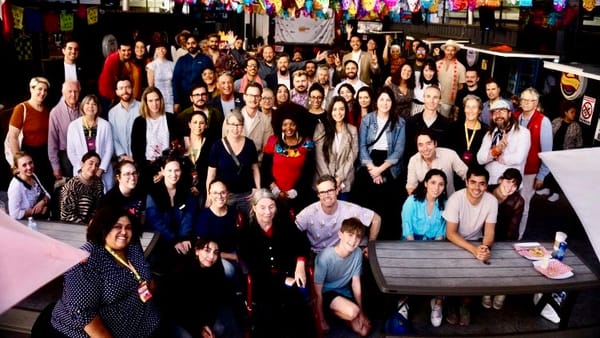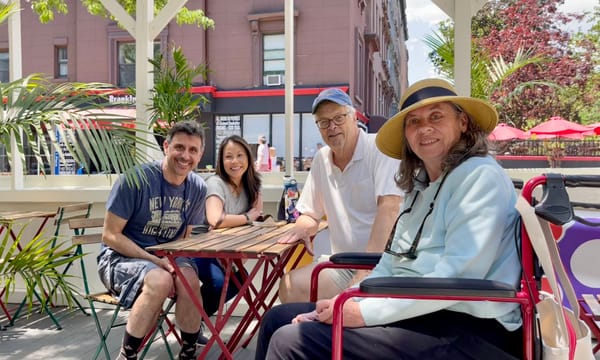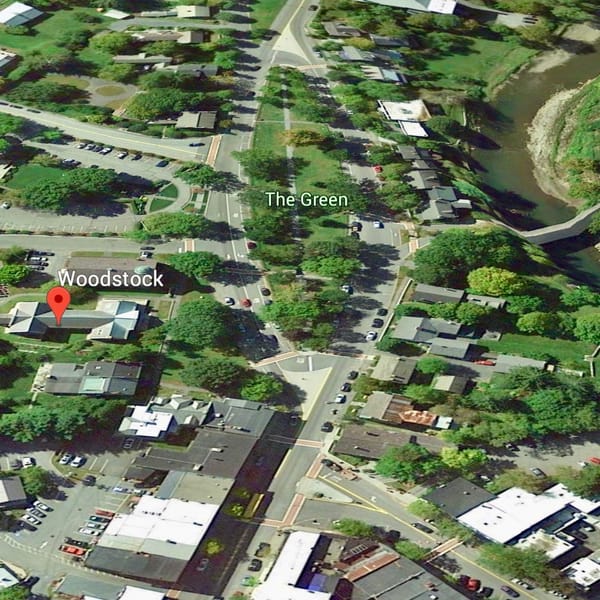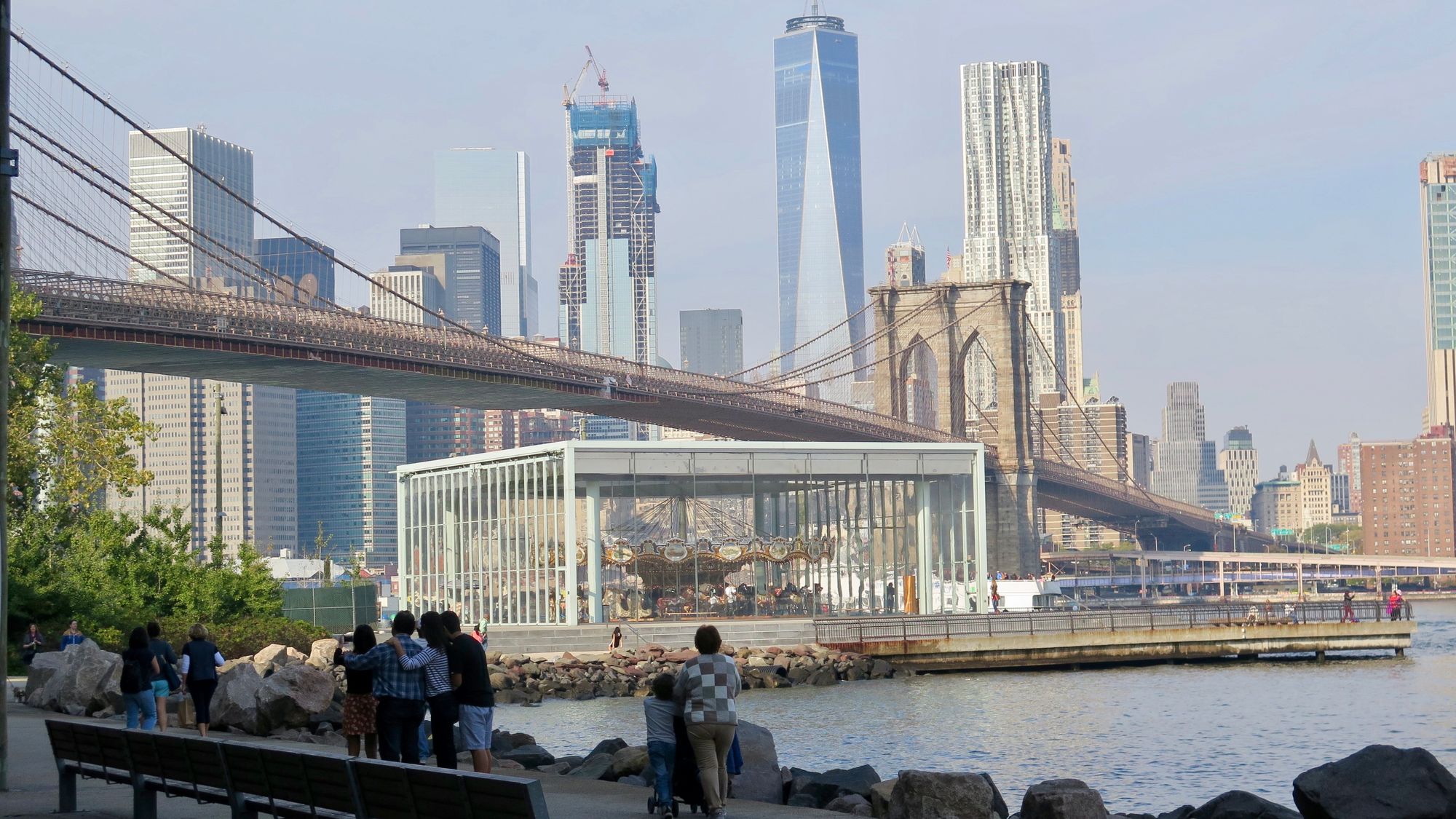
The carousel is an important asset that gives us a sense of renewal that all Brooklynites are looking for
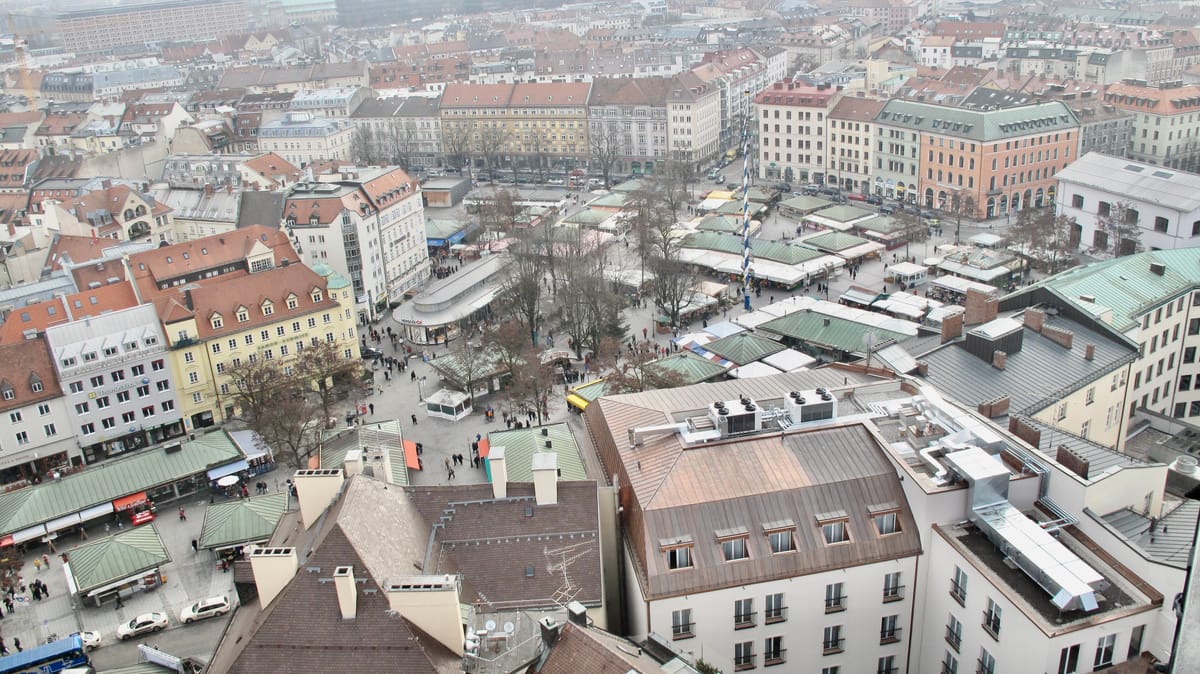
Not too long ago, we outlined a plan to create a new heart of Brooklyn. By starting with program-led, "Lighter, Quicker, Cheaper" activations, places like Borough Hall and Cadman Plaza could be at the center of it. In this article we will outline three immediate action strategies to make it happen right away. We will also explore the historical evolution of this space and draw inspiration from examples from other public spaces in New York City and beyond.
Note that we've also already presented a vision for the entire area from Borough Hall and Cadman Plaza down to Fulton Landing and DUMBO.
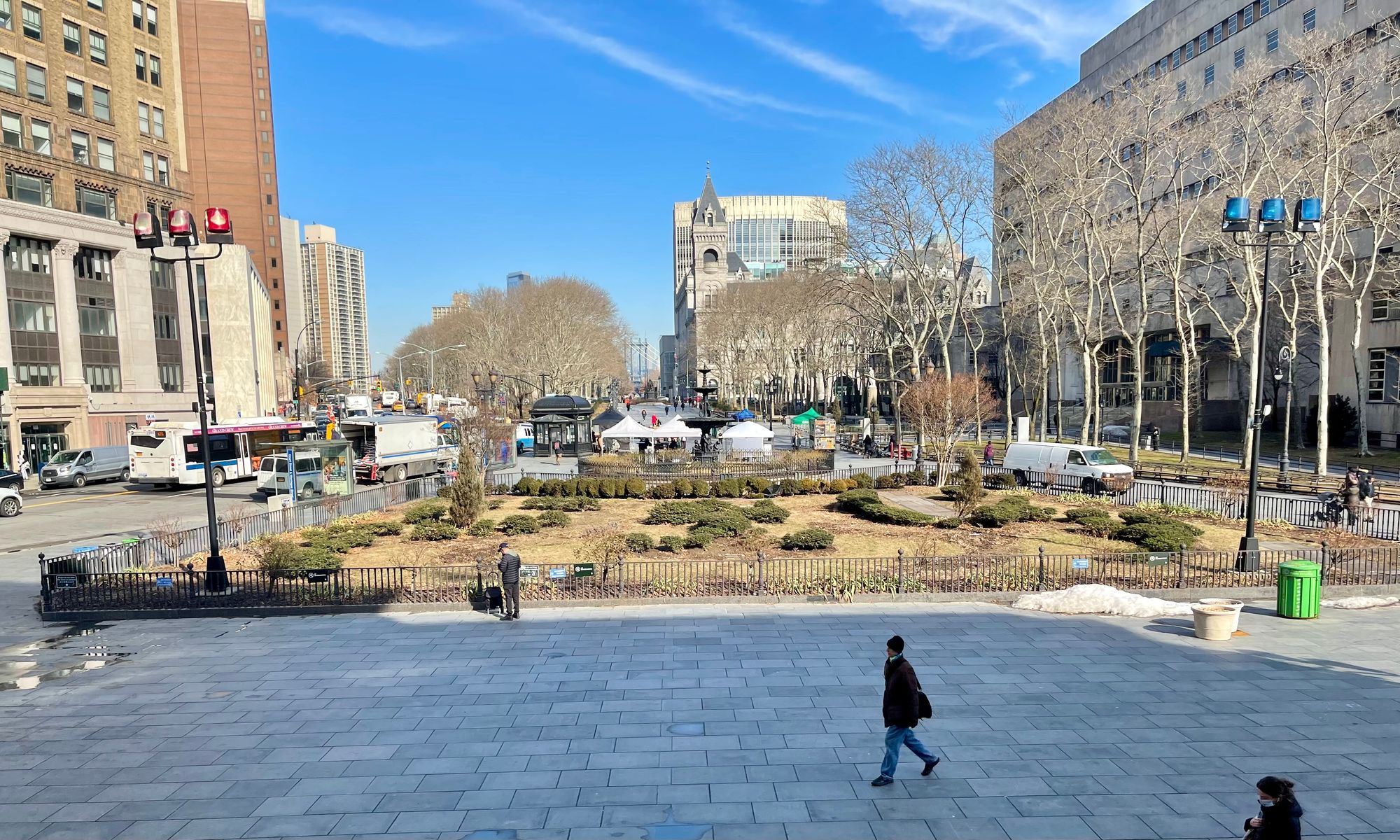
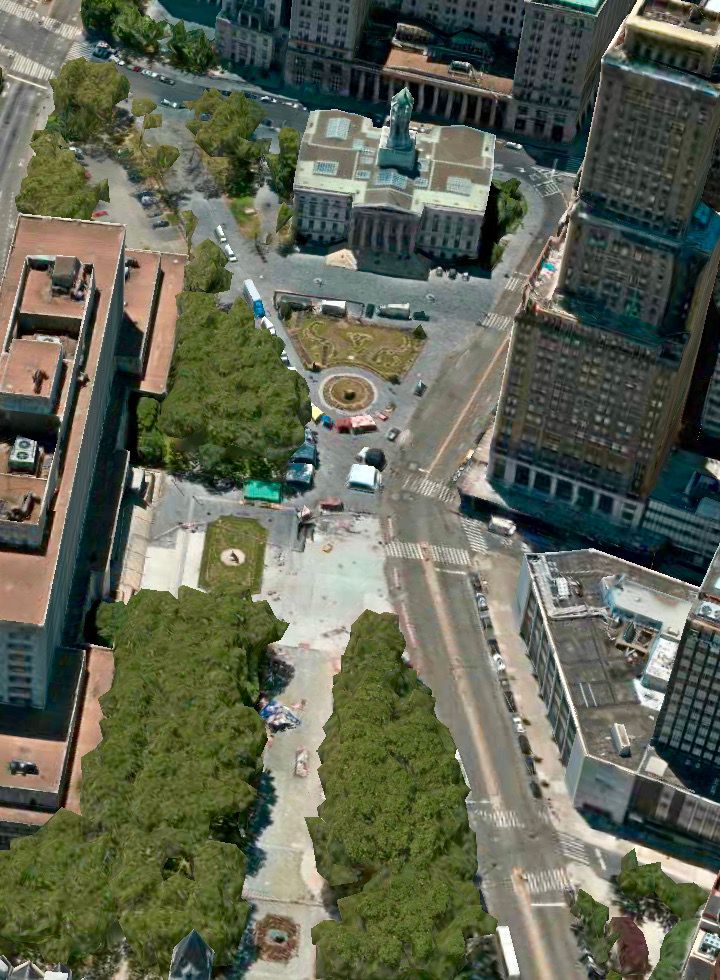
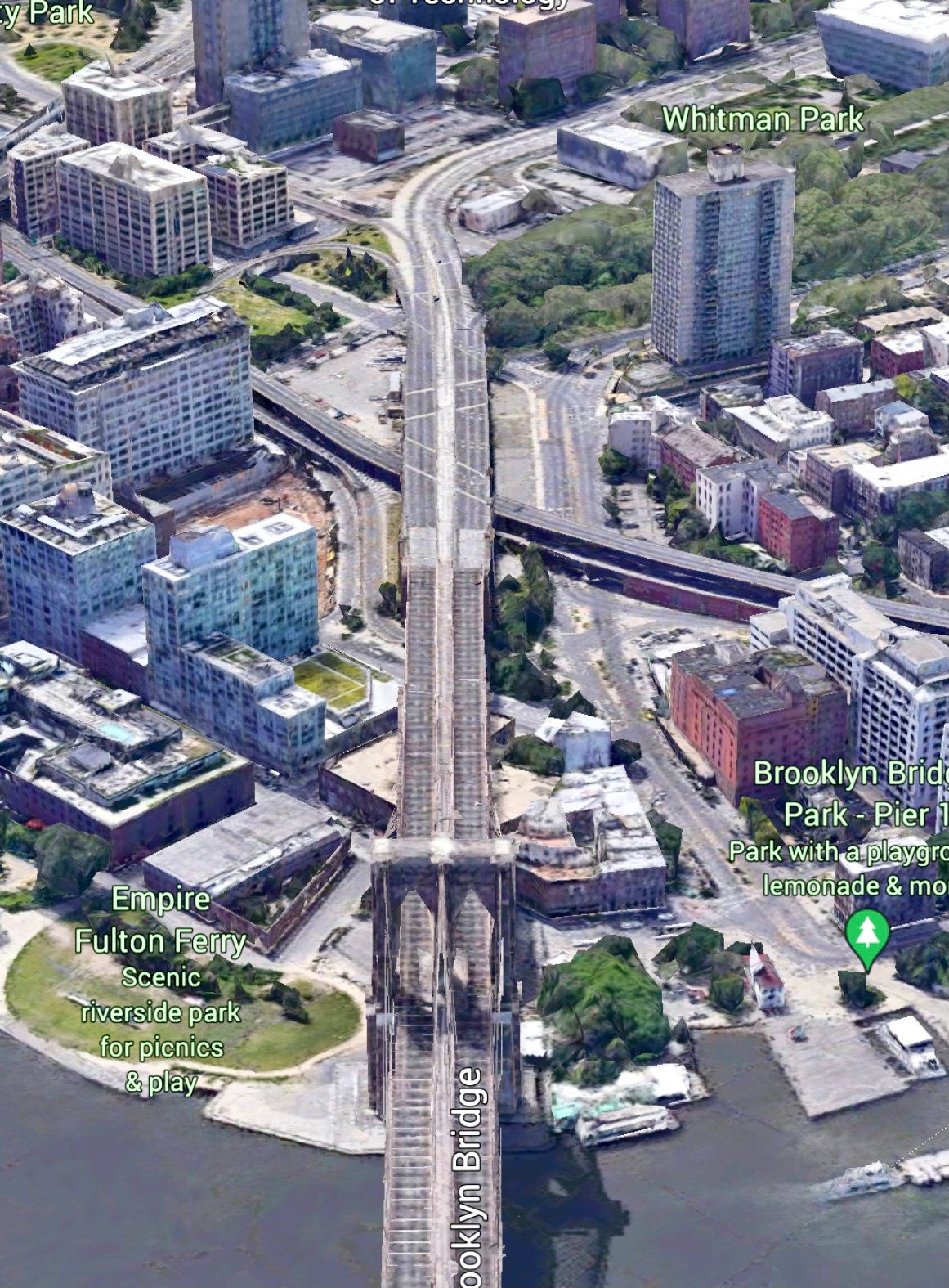
An Engaging Civic Square
According to Jason Montgomery, "Brooklyn’s first civic square was the urban place that emerged as City Hall was completed in the 1850s. This square, actually a triangle, was the major crossroads of early Brooklyn, linking the historic Lenape trail that became Fulton Street to the future Court, Montague, Joralemon, and Washington Streets and Myrtle Avenue. Much of Brooklyn’s traffic passed through this space on the the way to the ferry or the Brooklyn Bridge in the 19th and first half of the 20th century; in the opposite direction this square was considered the formal arrival point when crossing the river from Manhattan."
"This square was a true and picturesque civic square, with many of the functions of the city of Brooklyn and King’s County nestled around Brooklyn City Hall, especially the beautiful King’s County Court House. It was also the commercial and cultural hub of the young city, with theatres, hotels, a concert hall enlivening the space. One of Brooklyn’s first monuments was placed here, commemorating the life of Henry Ward Beecher. The space became a major place in the community for special events and commemorations: the suffragettes met at the Beecher Monument, Memorial Days services were held in the space, celebrations of Armistice Day and the Brooklyn Dodger’s World Series win made use of the steps of City Hall/Borough Hall as a dais. A major event was held in the square around the new fountain in 1859 to celebrate the newly built reservoir and aqueduct furnishing the rapidly growing city with a new supply of fresh drinking water."
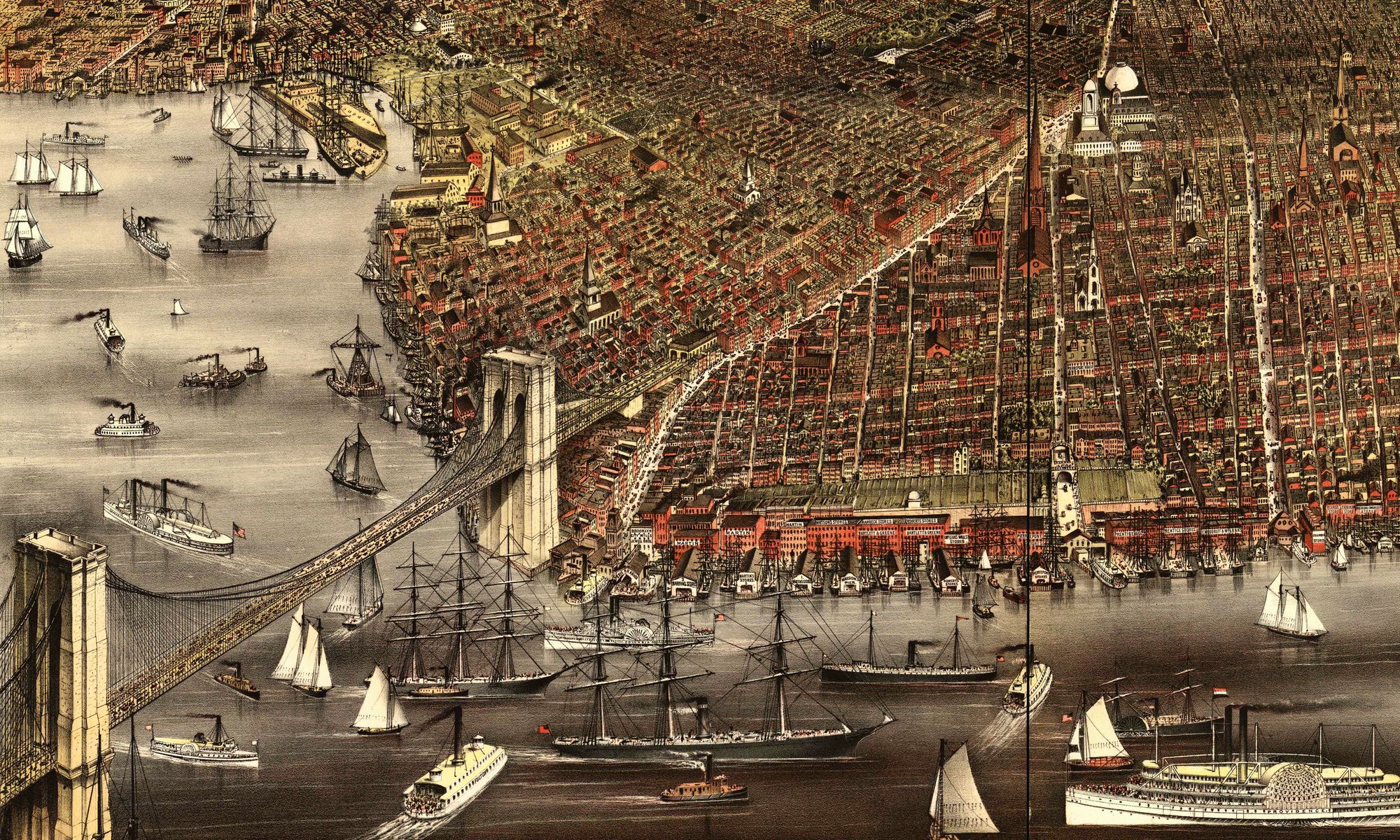
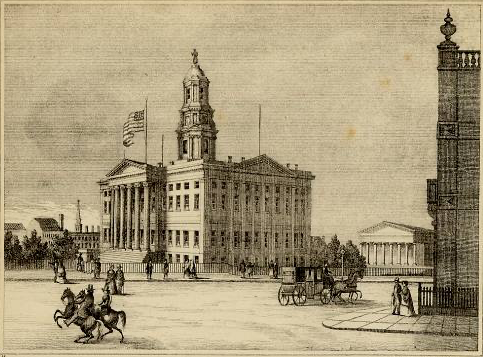
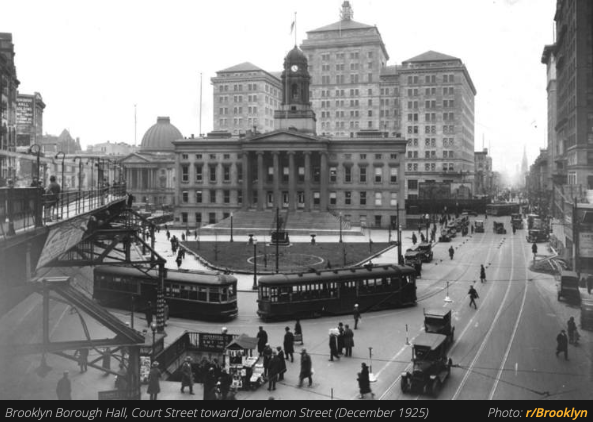
Above: 1879 View of Brooklyn and Bottom Right: Brooklyn Borough Hall toward Joralemon Street in 1925
A Turning Point
The long history of these areas include years of destruction and a lack of vision, starting after the completion of Brooklyn Bridge in the 1870's and extending to the 1940s, when the dominance of cars began to shape Brooklyn. In the early 1940's, the area went through a massive redevelopment which destroyed much of the existing urban fabric around and leading up to Borough Hall.
According to Jason Montgomery, "The definition, connectivity, energy and vitality but also meaningfulness of this space was adversely impacted by the 1940s replanning of this urban core of Brooklyn to accommodate the car, treating this urban center as “drive through” territory between Manhattan and the communities of Brooklyn and Long Island to the south and east. Structural changes severely reduced the connectivity of this place from the rest of Brooklyn, and the space itself was transformed from a well defined urban square surrounded by rich architecture and functions to one end of a large park/plaza system, much of which sits quietly unused most days."


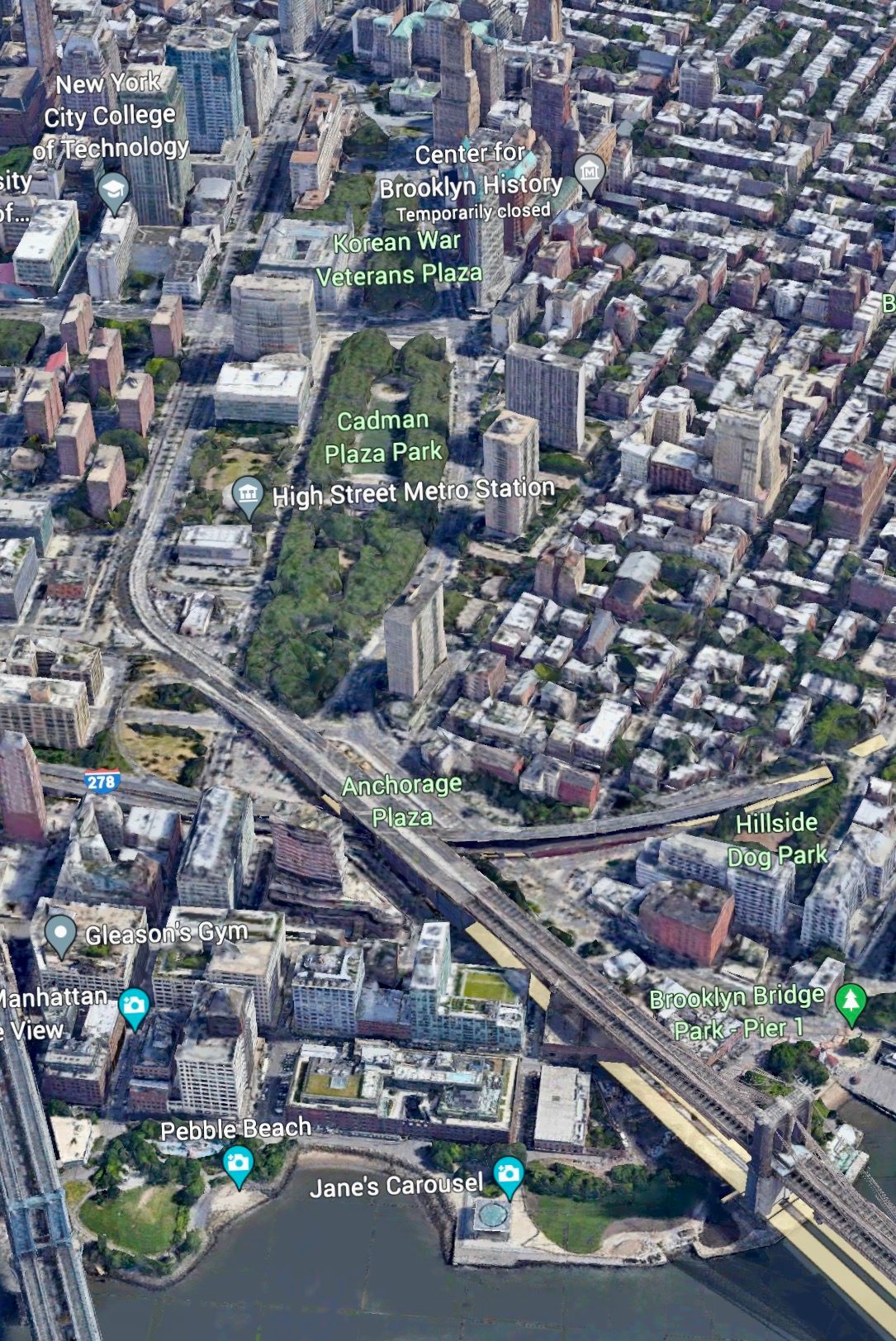
Borough Hall is out of sight on the bottom of the left image above. In the middle image, it is directly behind the rubble (Photo: Brooklyn Public Library). On the far right is a current image of DUMBO leading up to Borough Hall.
"But even before the 20th century degradation of this space, it suffered from the beginning from a strange ambivalence about an urban square in this location. First, the original City Hall was planned to fill the full extent of the triangular site and was only reduced to a smaller building design after the stock market crash in the 1830s scaled back the ambitions and budget for the building, with the open space a result of this reduction. This ambivalence is perhaps connected with the frequent redesign of the treatment of the space shown in the diagram below. Second, it was never even endowed with a formal name until the establishment of the massive Cadman Plaza/Columbus Park, a seemingly arbitrary name connected with the installation of a forelorn statue, was only established in the 1970s."
In 1953, critic Louis Mumford described Cadman Plaza as: “covered by grimy buildings waiting for vandalism or fire or the wrecker’s crowbar to level them.” The legacy of the treatment of this space hinders a broad and flexible use of the space, impacting its value and vitality in the community. Today we can re-examine the treatment of this space and create a new “history” by shaping it around one of the most dynamic and diverse cities in the world. What it could become is a distinct and exciting place to showcase the amazing assets that make up Brooklyn.
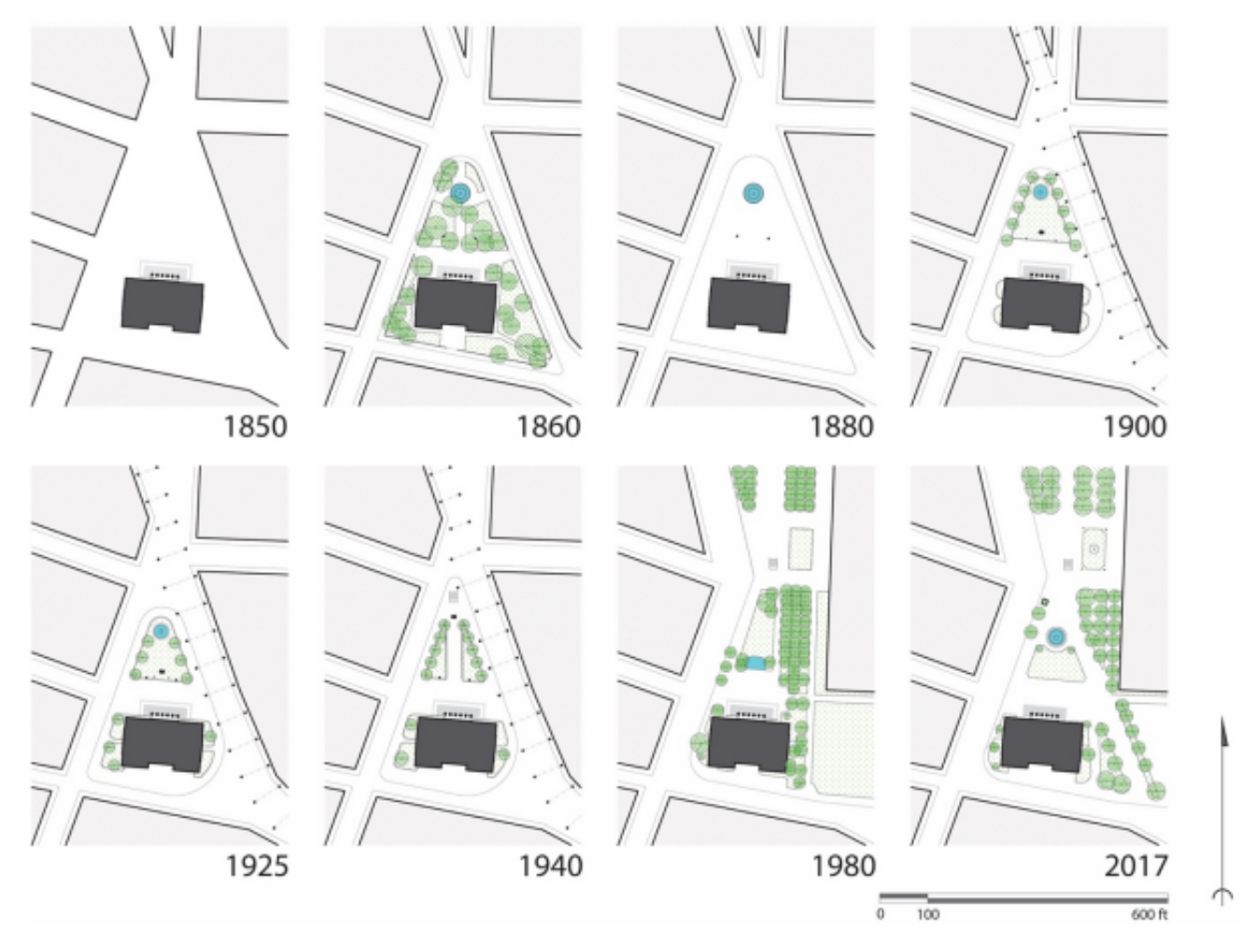
Why are Borough Hall and Cadman Plaza so important for all of Brooklyn?
In the words of Jason Montgomery, the history of these Brooklyn spaces "offers us insights and inspiration for the aspirations for this historic place in Brooklyn, perhaps starting with a new name. Re-activating it and reconnecting it will give Brooklyn both a world class urban place that speaks to Brooklyn’s and this land's history but also serves as a hub and lynchpin in the linking of the life of Downtown Brooklyn with the revitalised Brooklyn Waterfront at Fulton Landing."
Opportunities to Create the "Heart of Brooklyn"
We can build momentum by starting with the area around Borough Hall. The main plazas in front of and to the side of Borough Hall are some of the most obvious entry points, especially because there is real history to reincorporate.
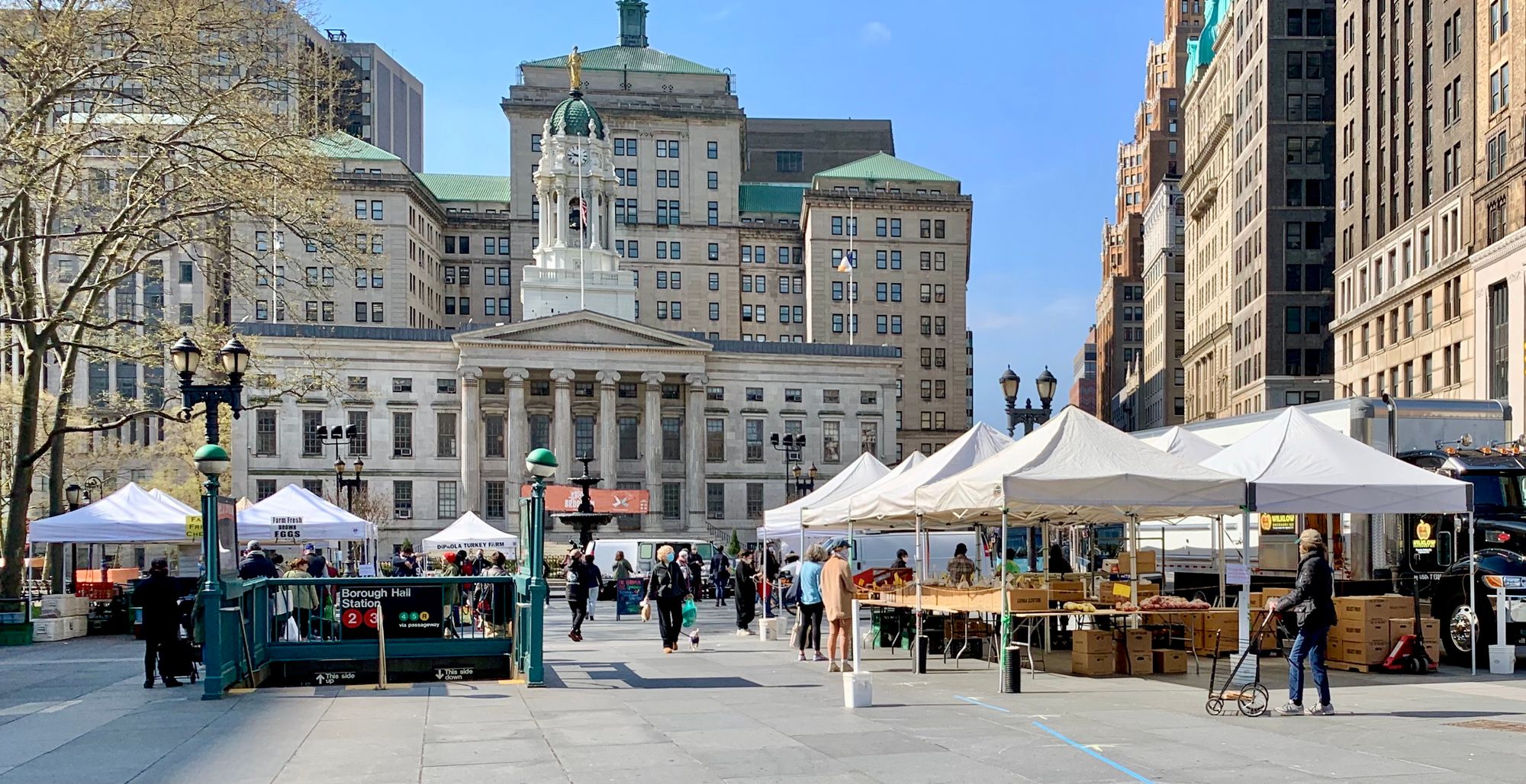
One of the first things to improve upon is the fact that the only weekly activity around Borough Hall is a year-round Greenmarket that takes place two days a week, down from three days pre-pandemic. This market provides a great foundation to build upon and could be combined with so many other programs to create a more multi-purpose space.
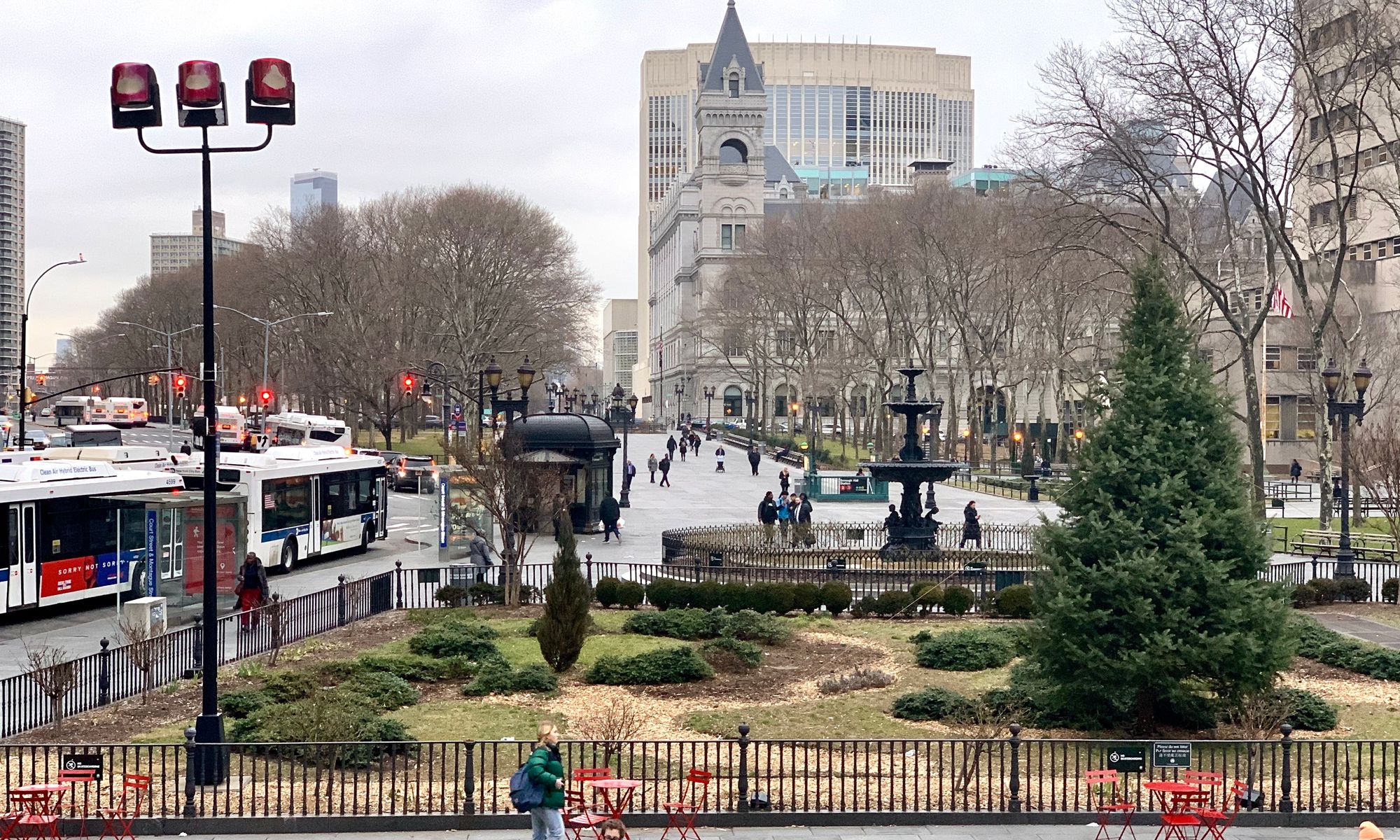
All around the Court House and East of Borough Hall it is barren or taken over by parking. Only occasionally do the steps and small plaza in front of the building have events and act as a place where people hang out. Those uses could be greatly expanded.
Meanwhile, none of this central area can be used in its current form, especially with a fence around the garden and water fountain.
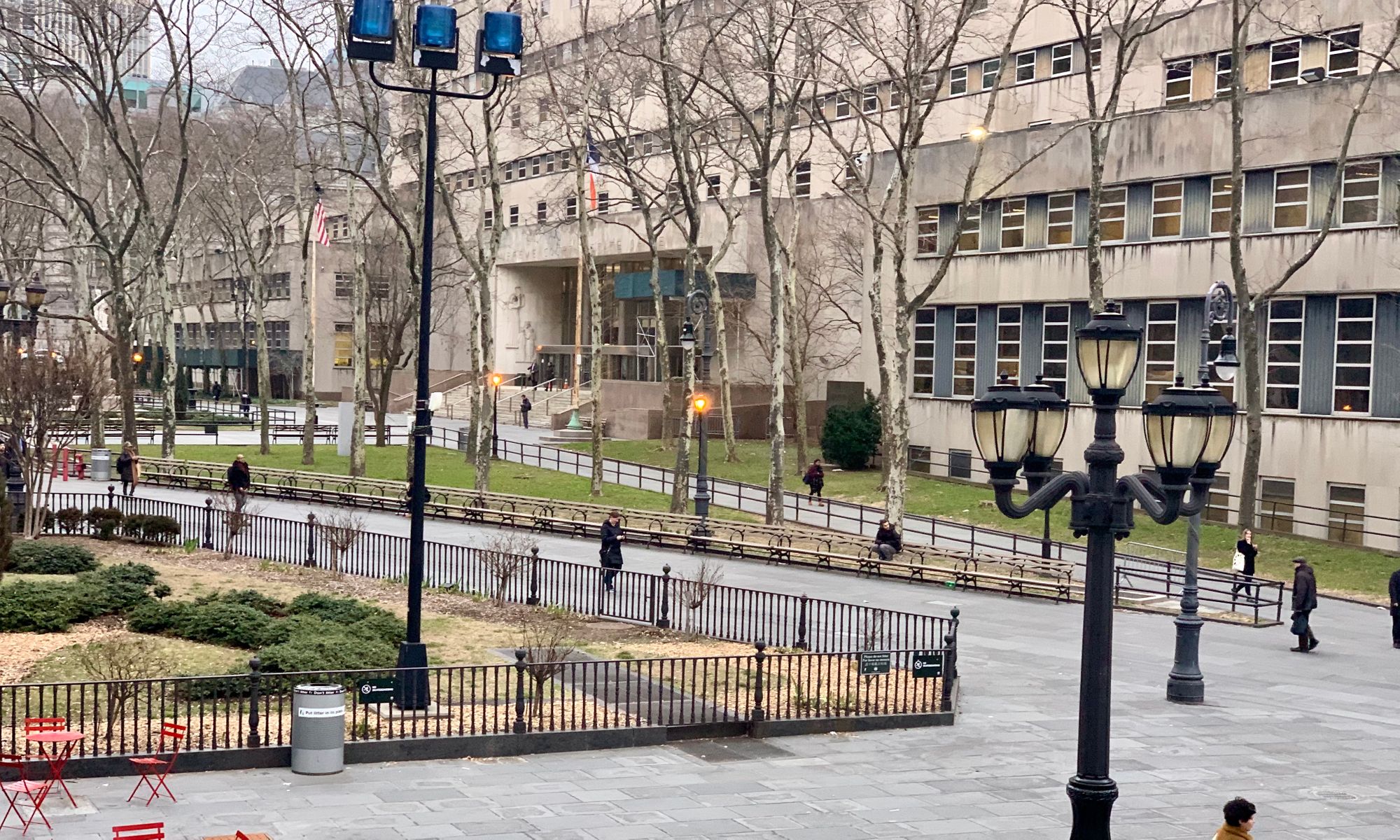
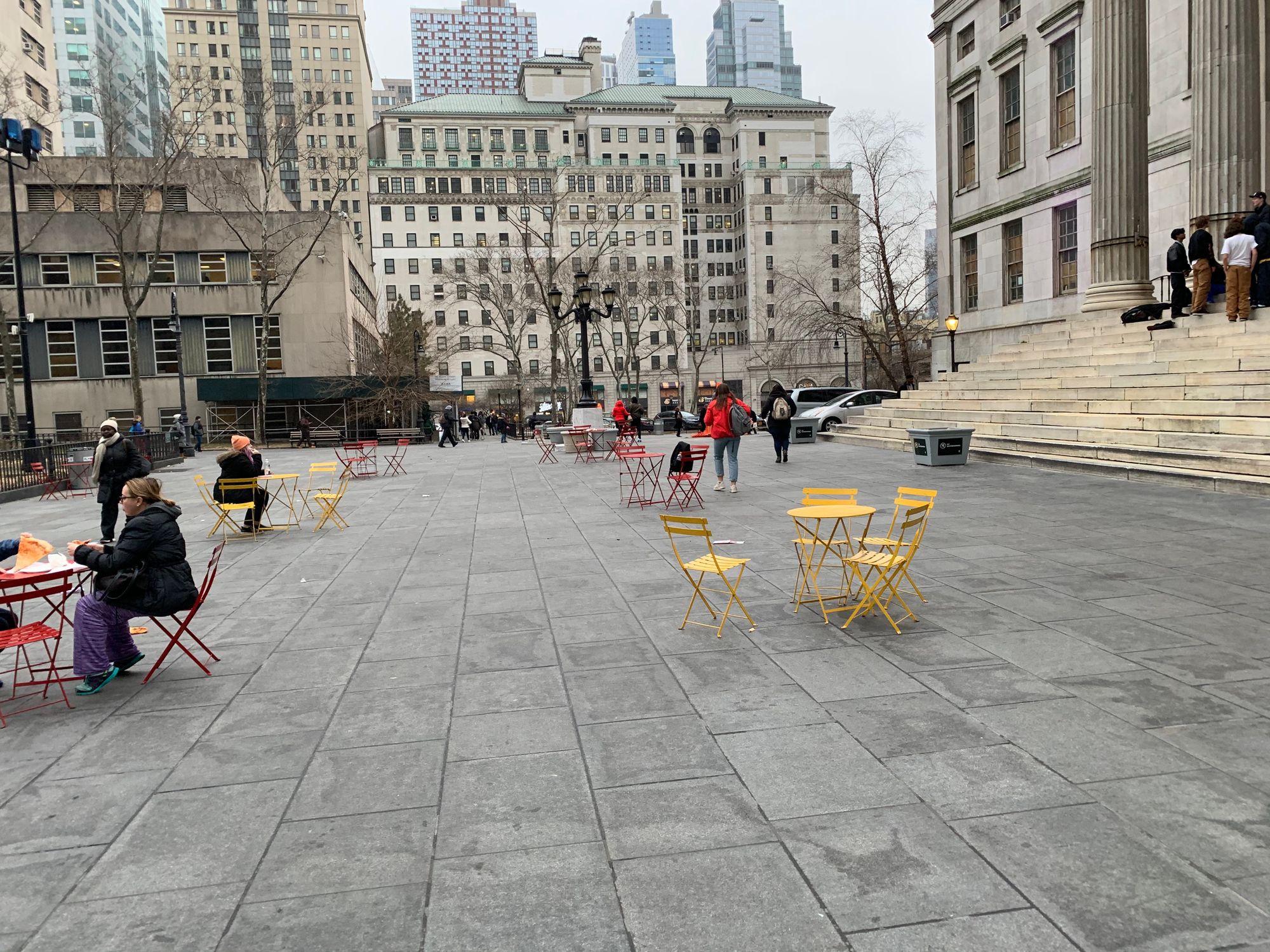
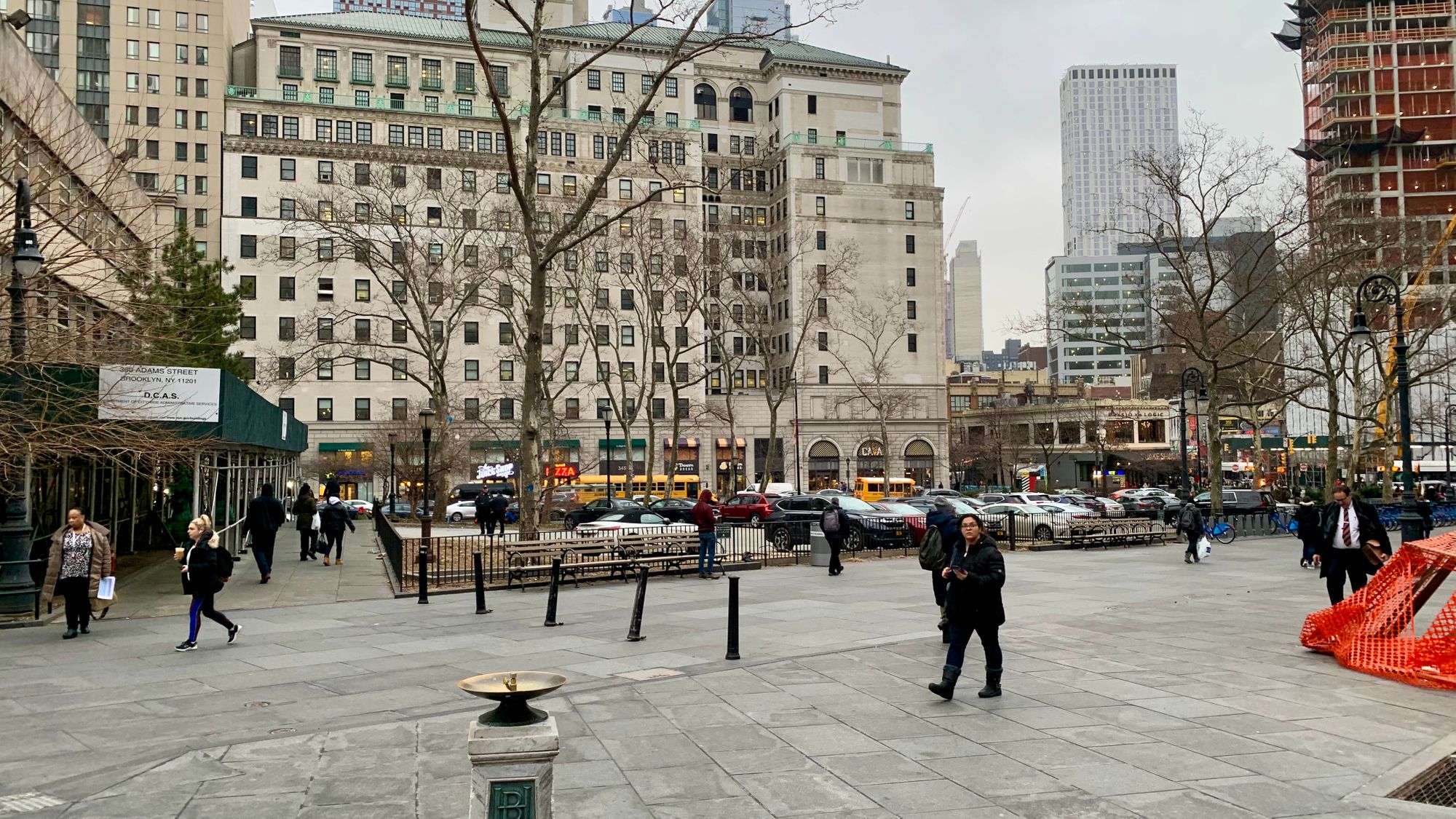
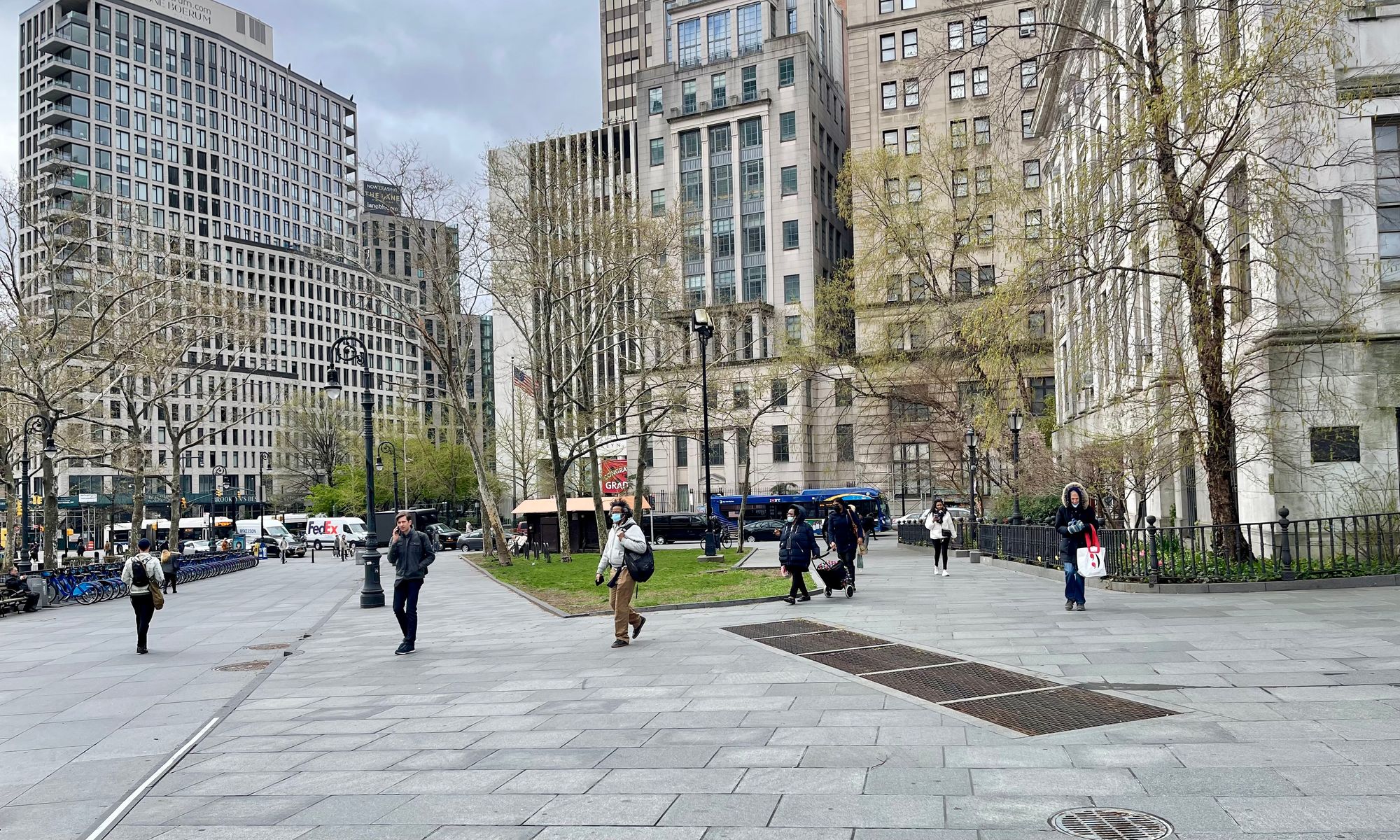
As of now, the fountain and fenced-in gardens are obstacles to the space, rather than assets. Instead of providing greenery and ambience, they cut off access and disrupt the flow of visitors. The fenced-off planted area may be a nice feature in theory, but it also acts as an empty space in the larger area.
Opening up these features could give the plaza an entirely new feel. Due in part to these limitations, the plazas are under-activated, with few regular events. These plazas represent the huge opportunity ahead of us: to start with a short-term activation of the space in order to get to long-term transformation.
Benchmarks for Borough Hall Plaza: Making the Case
We have already outlined a few great benchmarks for this area in our previous discussion article, including Vienna, Paris, and Munich's Viktualienmarkt. Here are a few more.
Bryant Park, New York City
New York City's Bryant Park is a great story of renewal, from a time when cities were really struggling. It is a classic transformation story. We were the catalyst for what some might call a Master Plan for the space — We thought of it more as an activation plan or even a Placemaking Vision, aimed at reprogramming the entire space. It is really a great public space because it is fully programmed daily and year-round, with efforts led by Dan Biederman, the head of the Bryant Park Corporation.
Brooklyn Borough Hall is in a similar situation to what the "before" picture of Bryant Park might show. It desperately needs to get started. An experimental, Lighter, Quicker, Cheaper activation could bring in new energy and expose some next steps as people begin to see what role they might play.
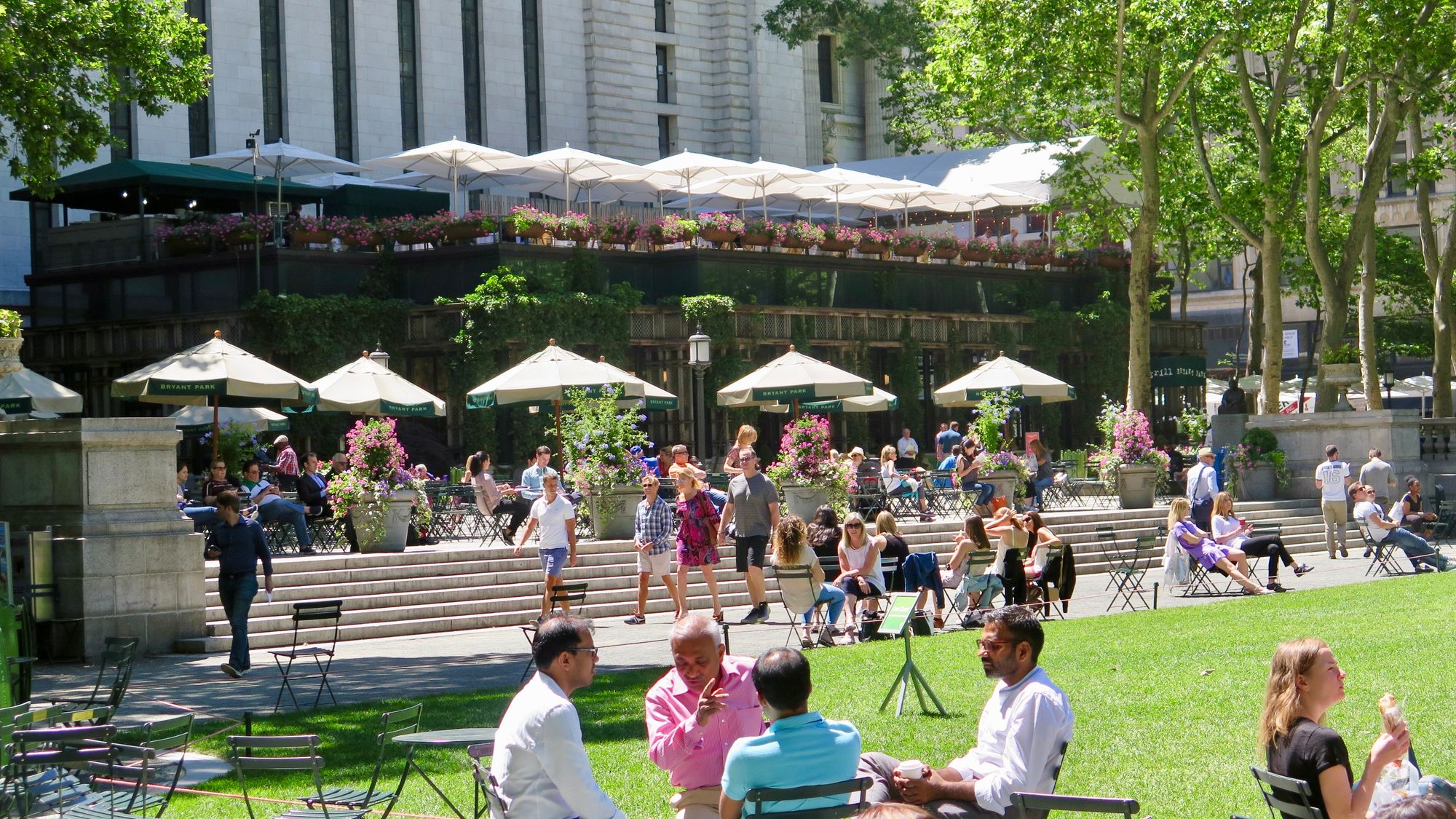
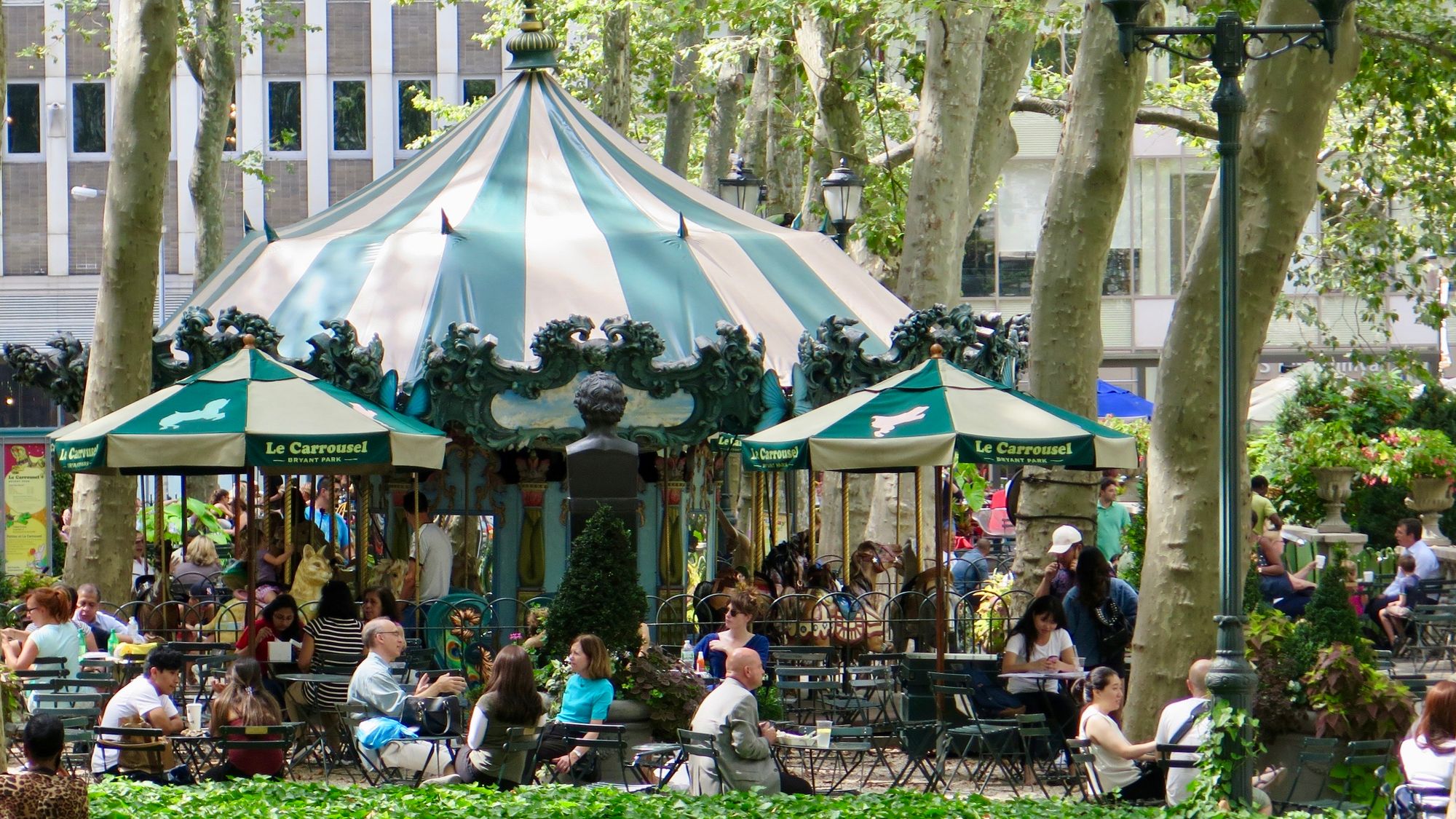
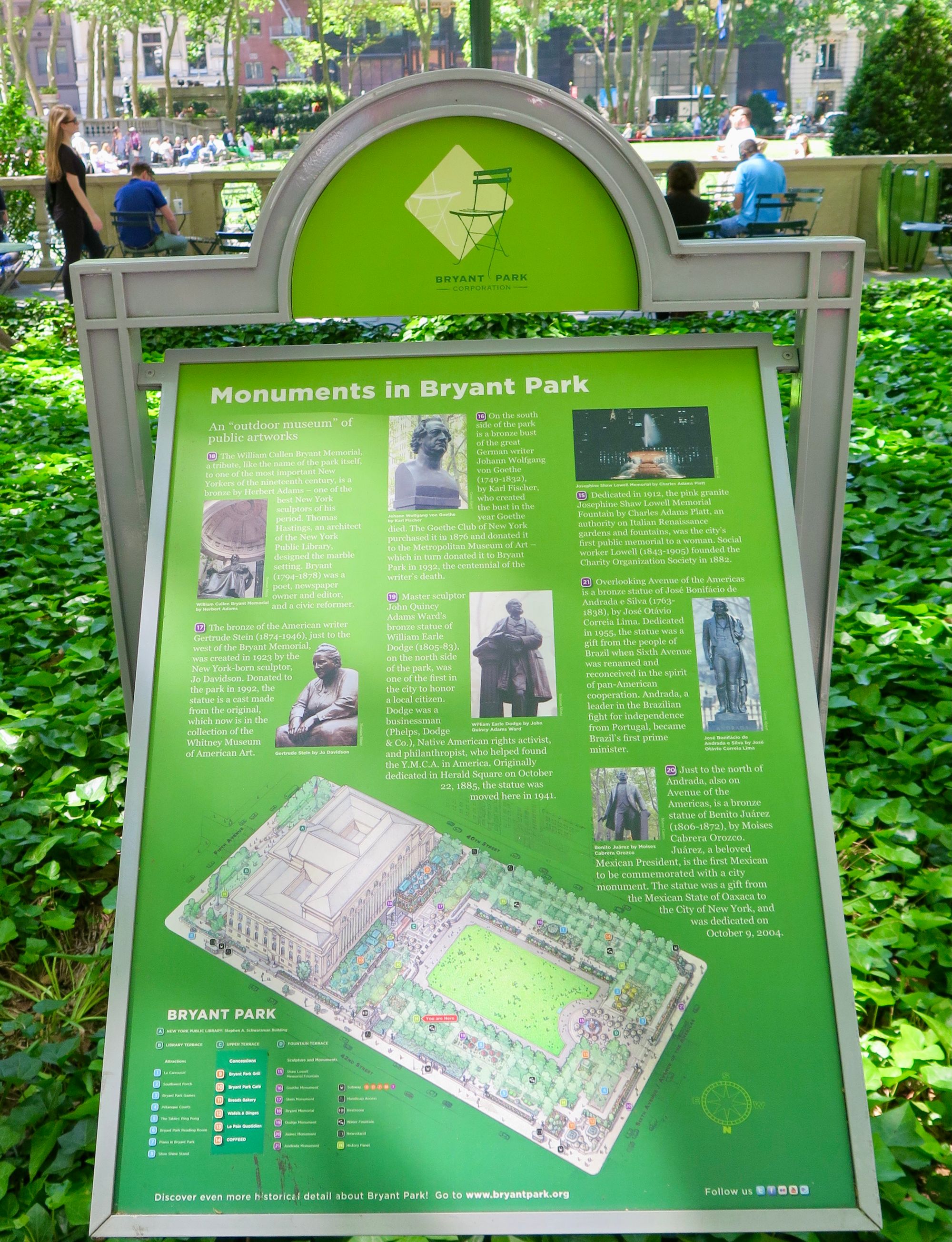
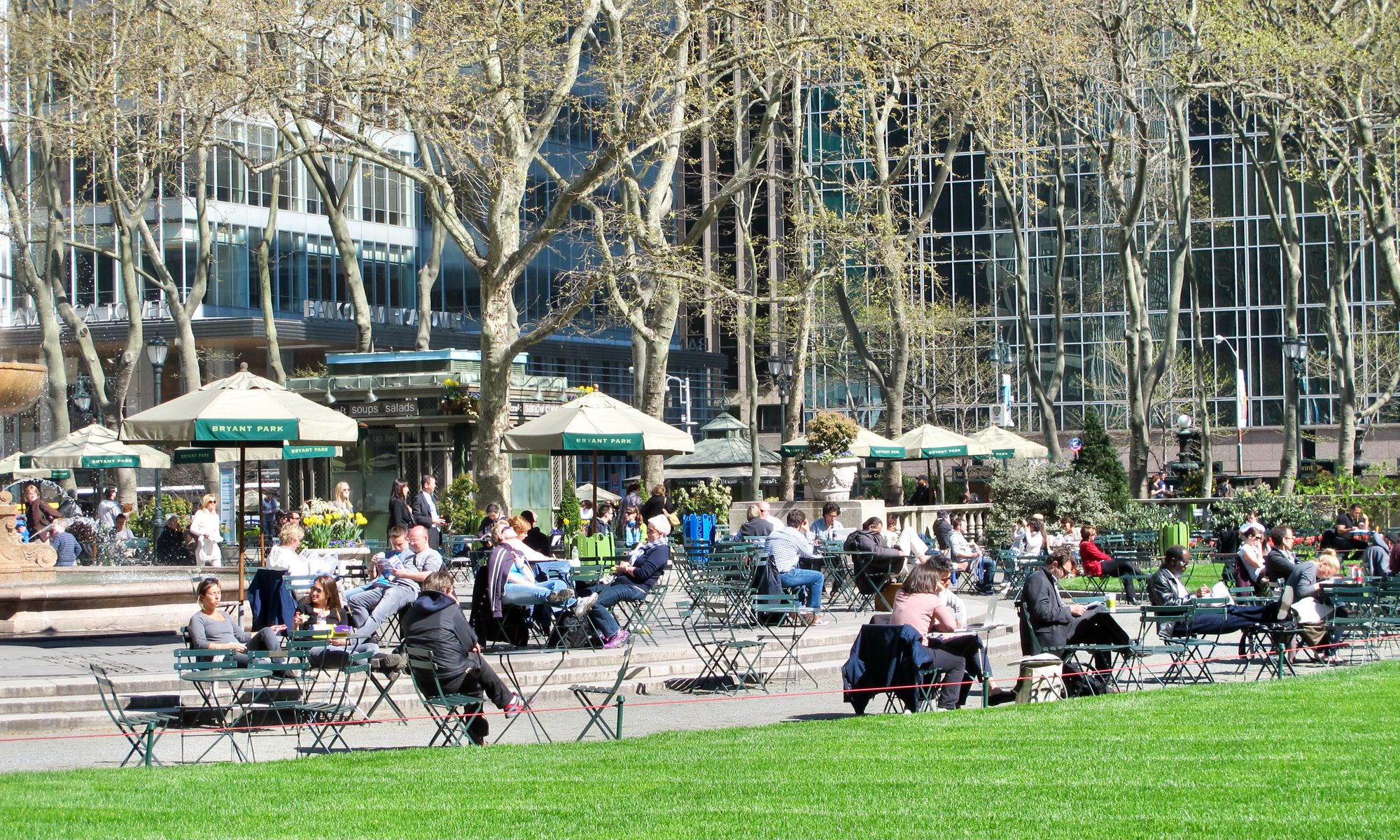
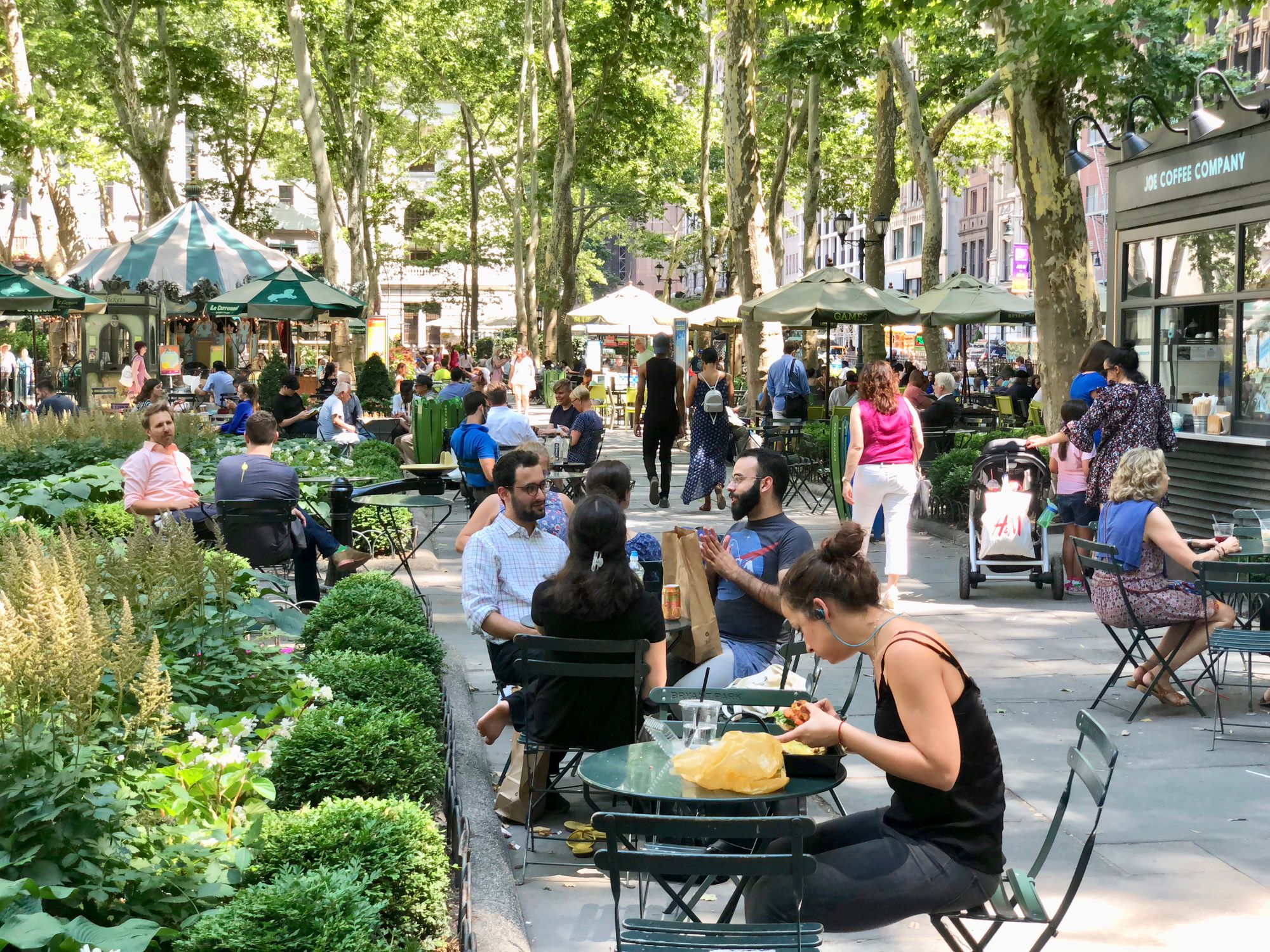
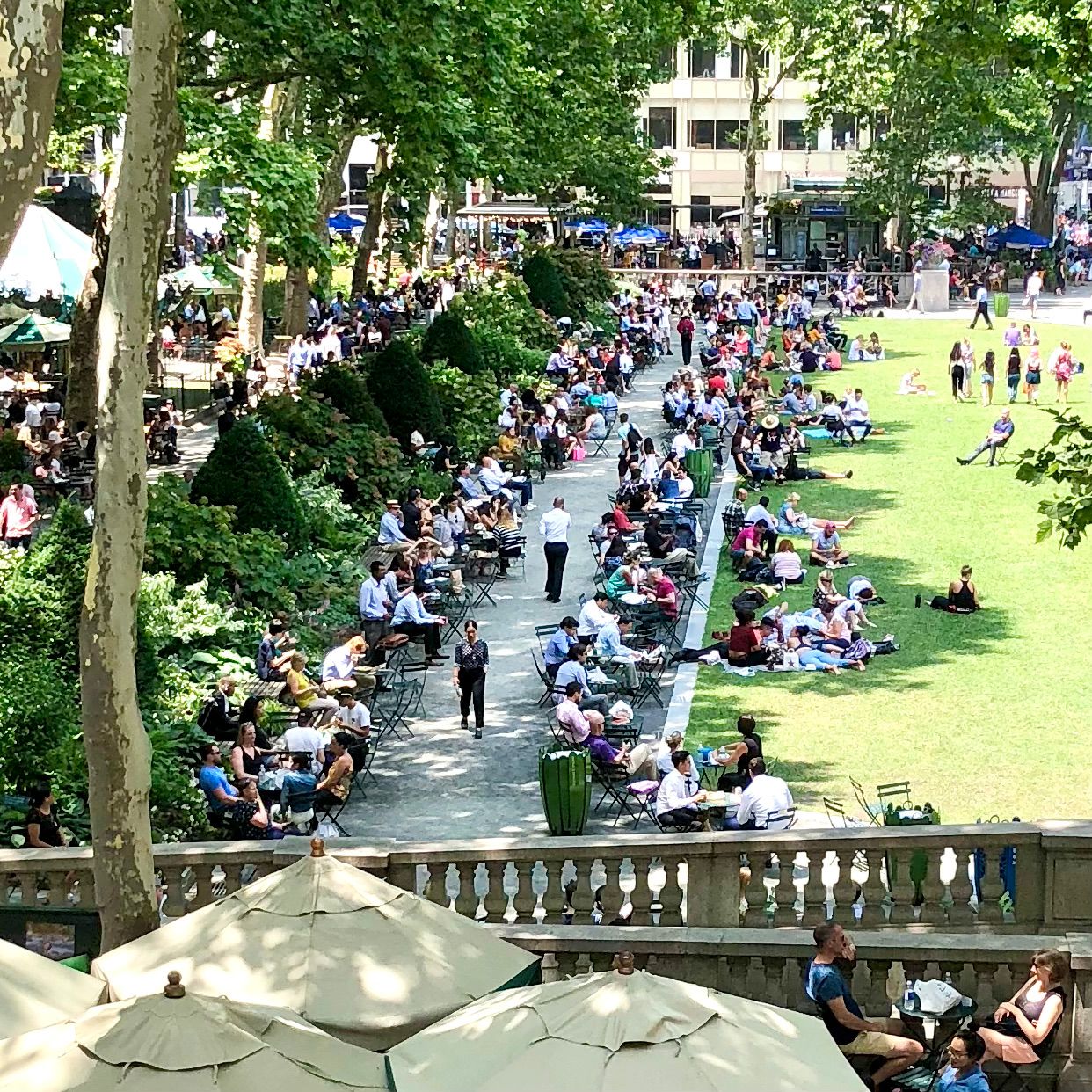
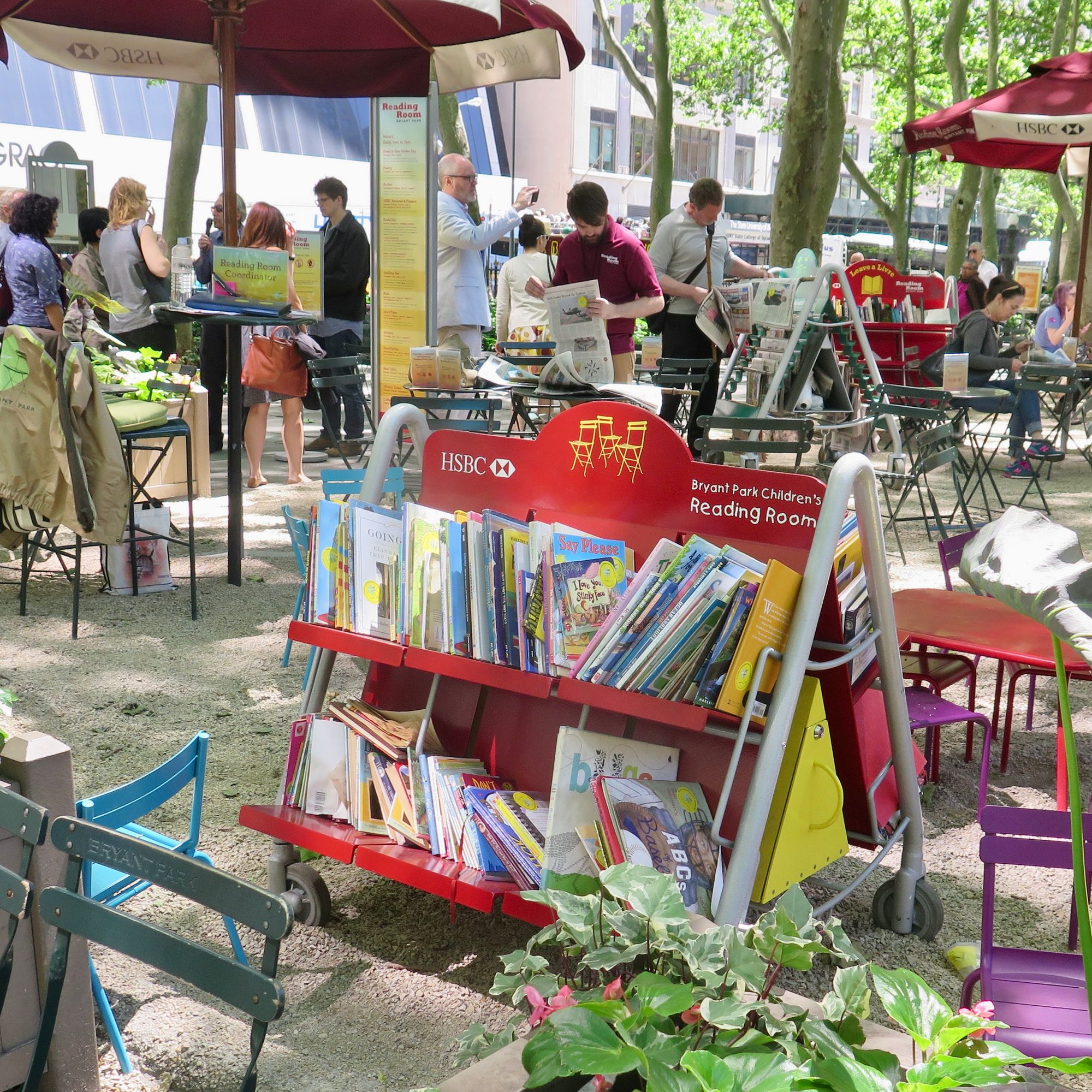
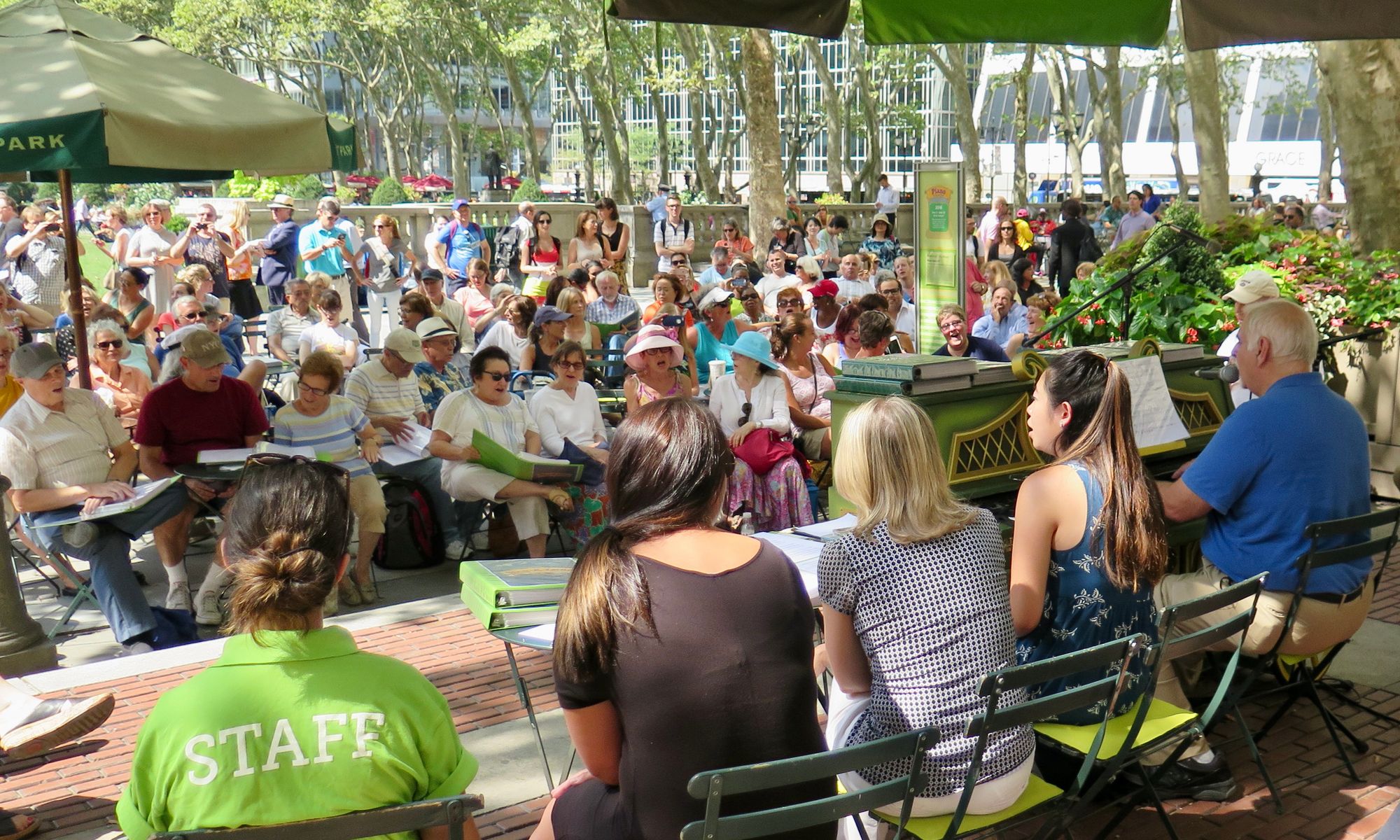
The setting for Bryant Park and the public spaces around Borough Hall are similar, with widely spaced trees and open spaces that are ideal for hosting markets and other activities. This means that Borough Hall can learn from the evolution of Bryant Park, and perhaps draw inspiration from its programs: Bryant Park has partnered with the public library to create reading spaces, and brings in lots of seasonal activities like an ice skating rink and winter market. It also brings in local vendors (including a local favorite, Strand Bookstore) as well as a providing a variety of dining opportunities.
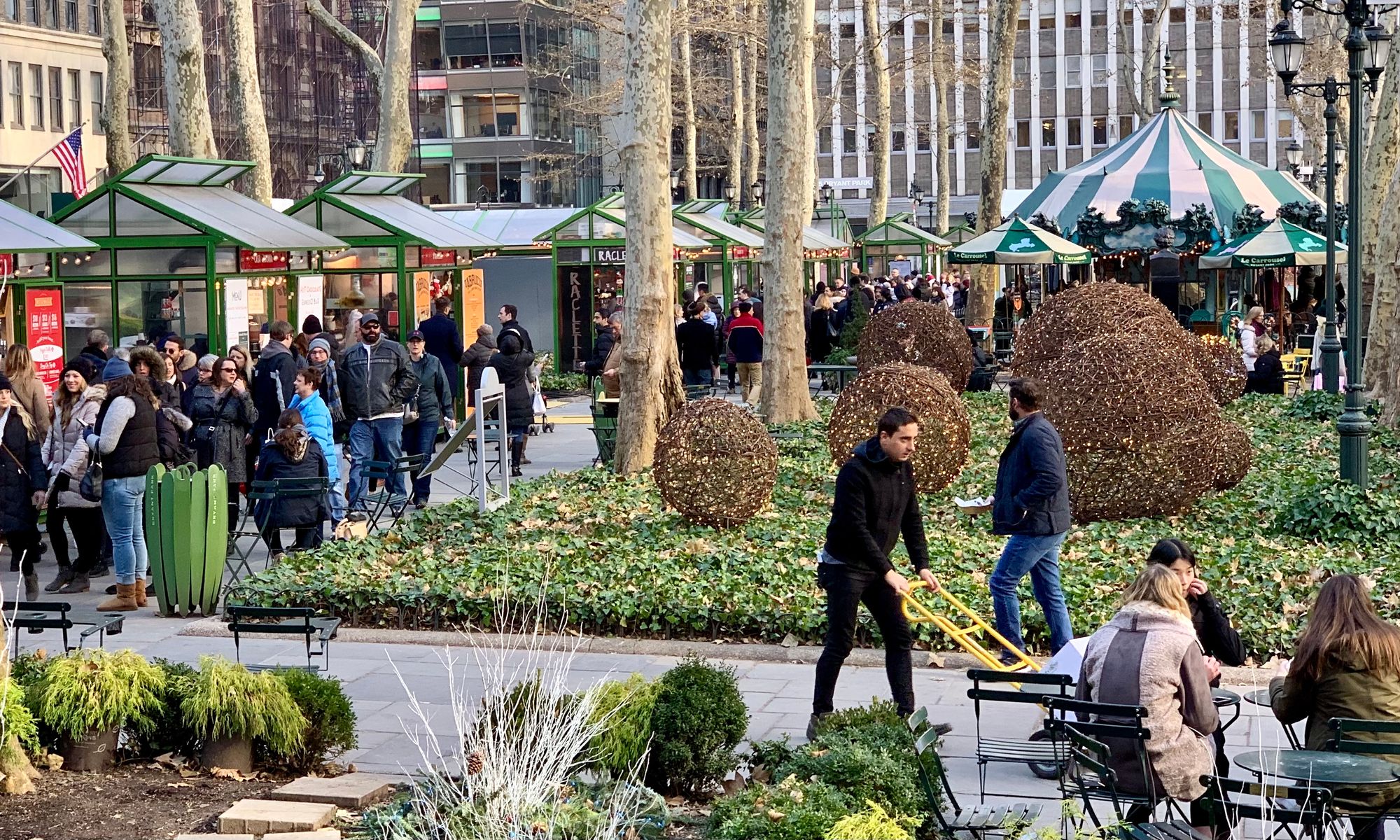
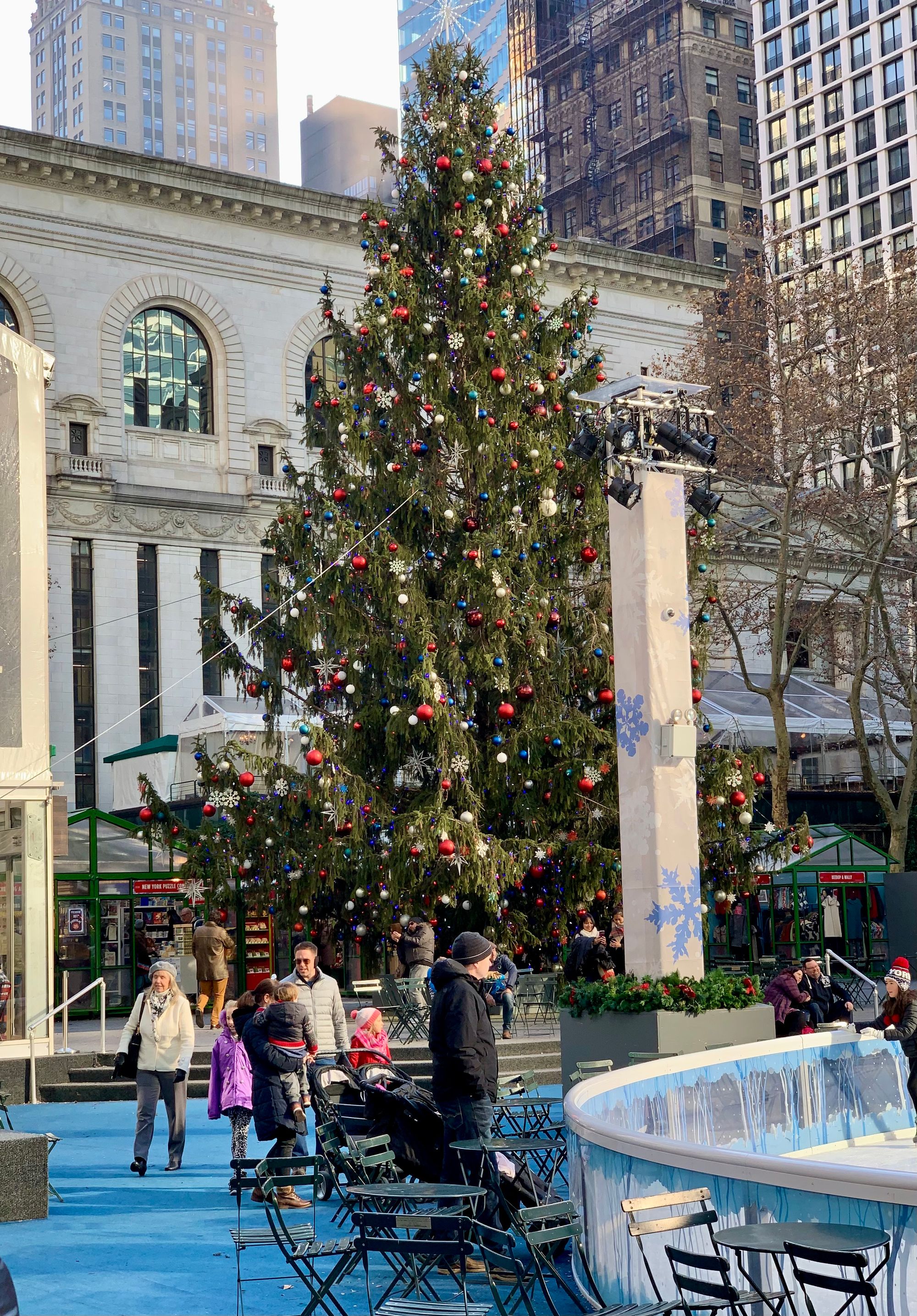

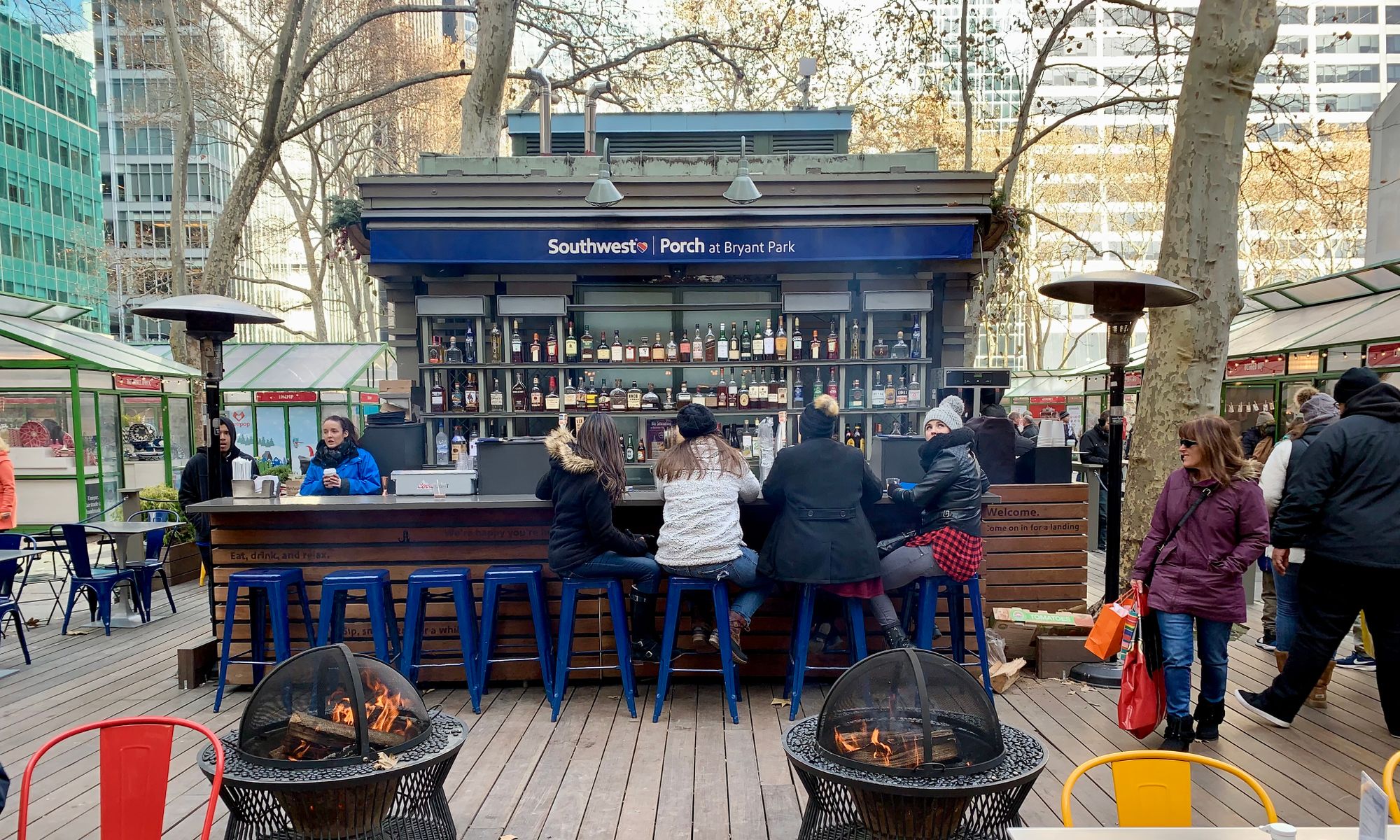
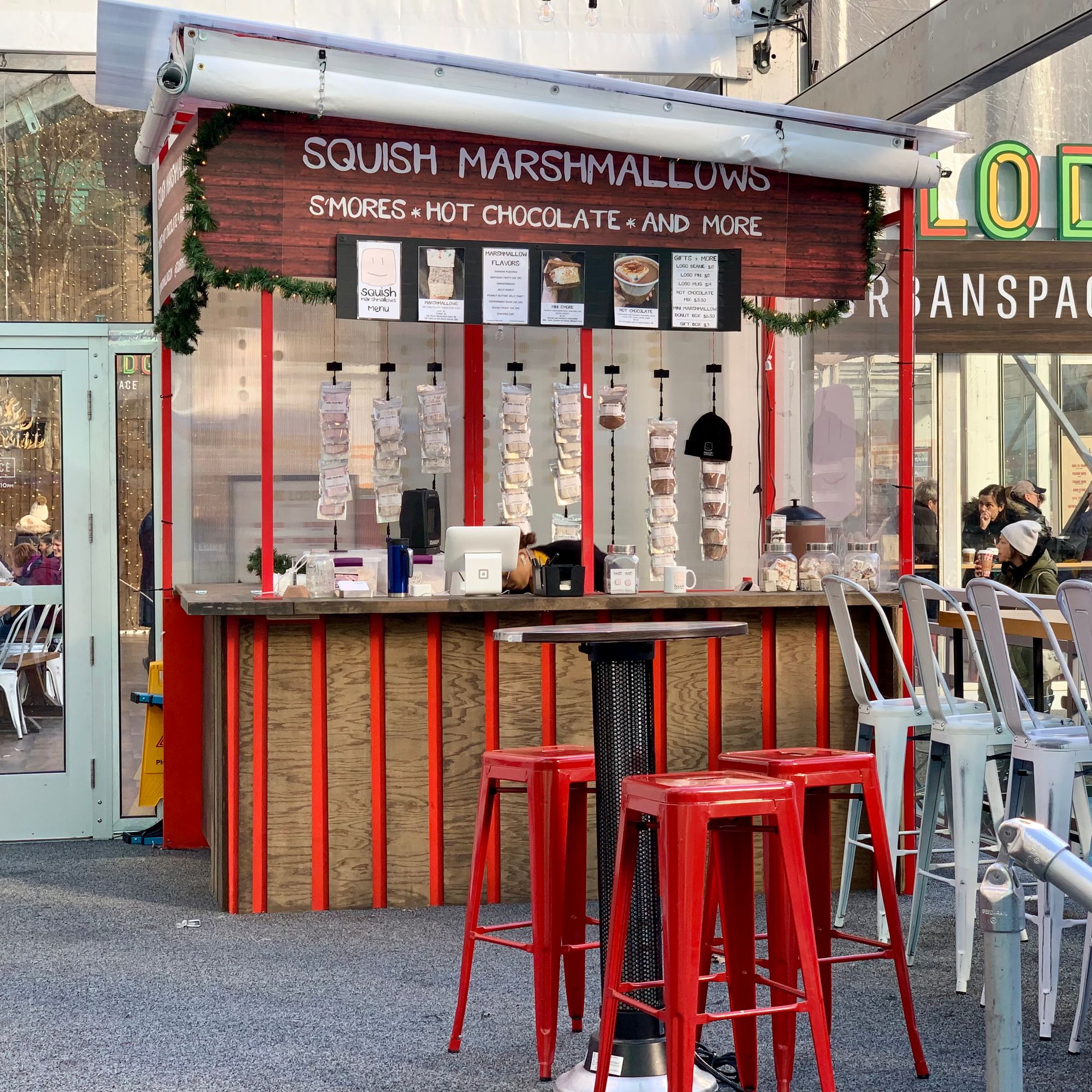
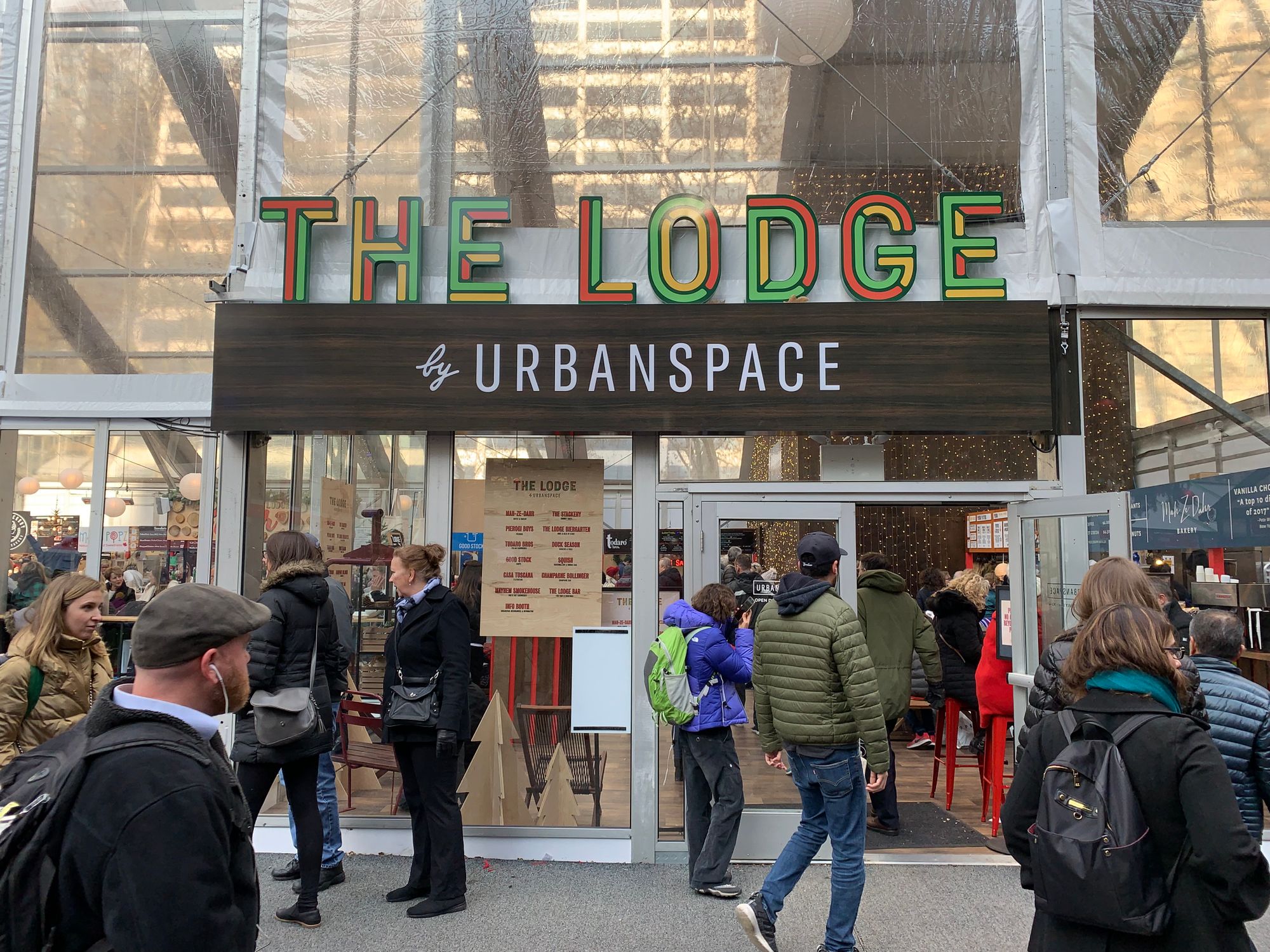
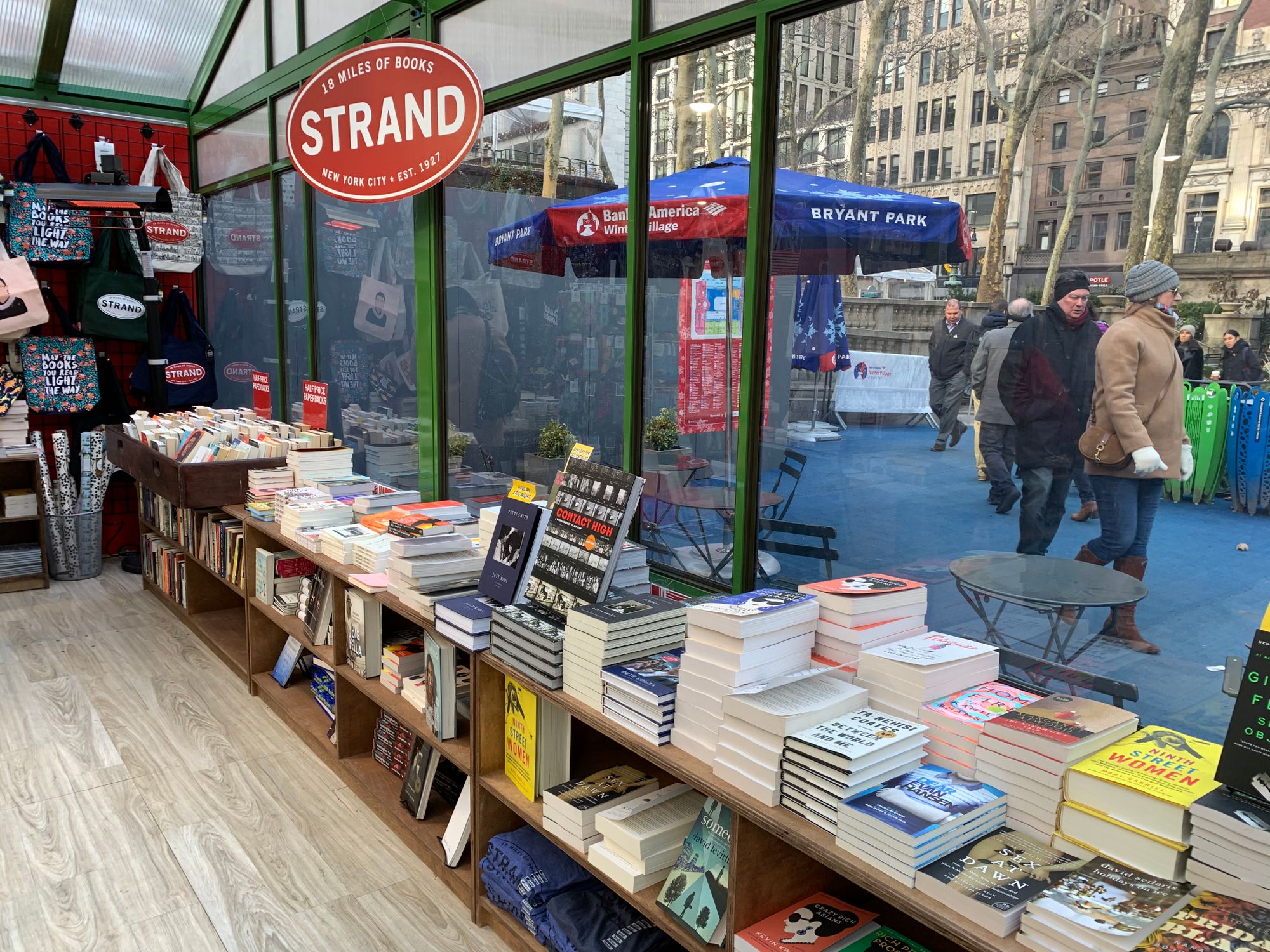
Images of activation in Bryant Park, New York
Campus Martius, Detroit, Michigan
A second benchmark is Campus Martius. As you can see from the images below, it went through very hard times, shifting from a dynamic center in the early 20th century to a nearly abandoned wasteland, including where Hudson's, once the largest department store in the world, was located
By 2000, it was a massive expanse of asphalt, with a traffic-surrounded monument at its core. By 2003, the space had been transformed into the center of Detroit. preserving the monument and adding new amenities, a skating rink, and a wide variety of programs that attract the full diversity of the city. Over the past twenty years, Campus Martius' great management team have kept experimenting and evolving, adding even a "beach" in 2014 that started as an experiment but has turned into a Detroit institution. This is precisely how Cadman Plaza can and should evolve.
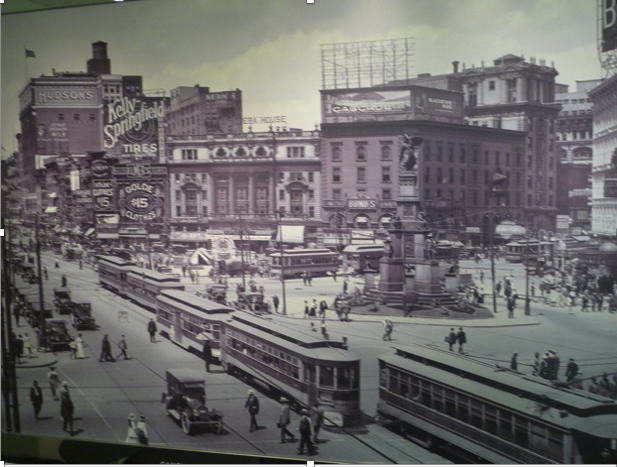
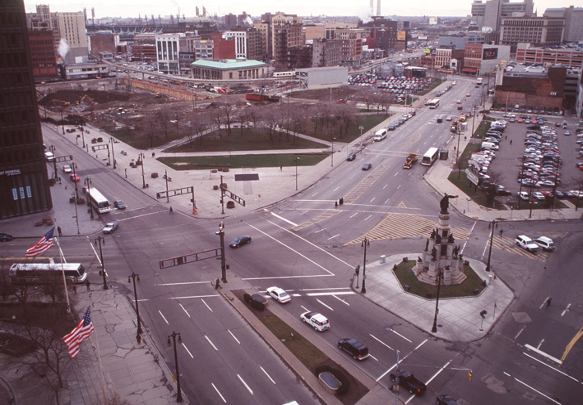
Photos from the earlier days of the current site of Campus Martius: A monument that became surrounded by cars. Then...
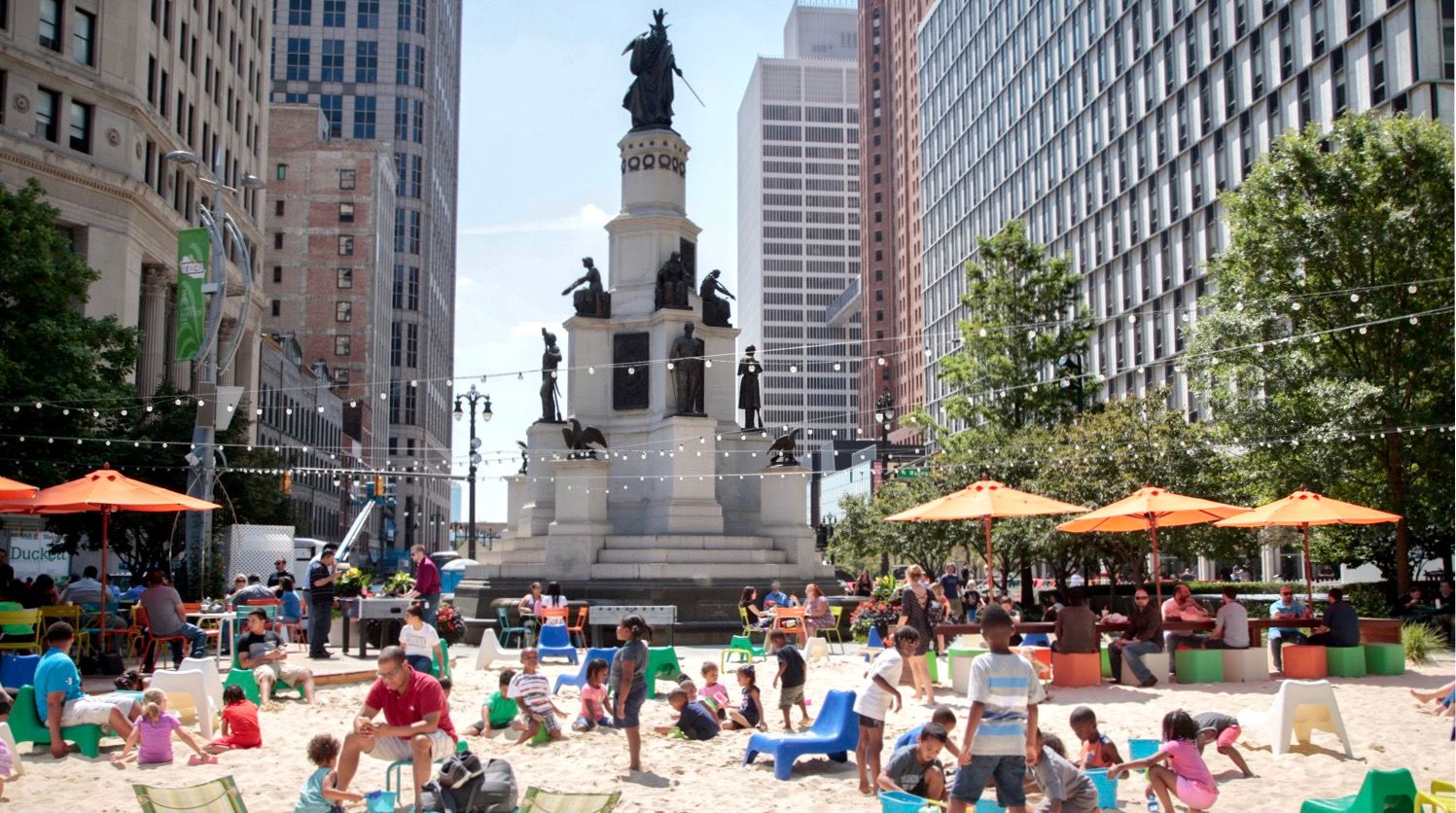
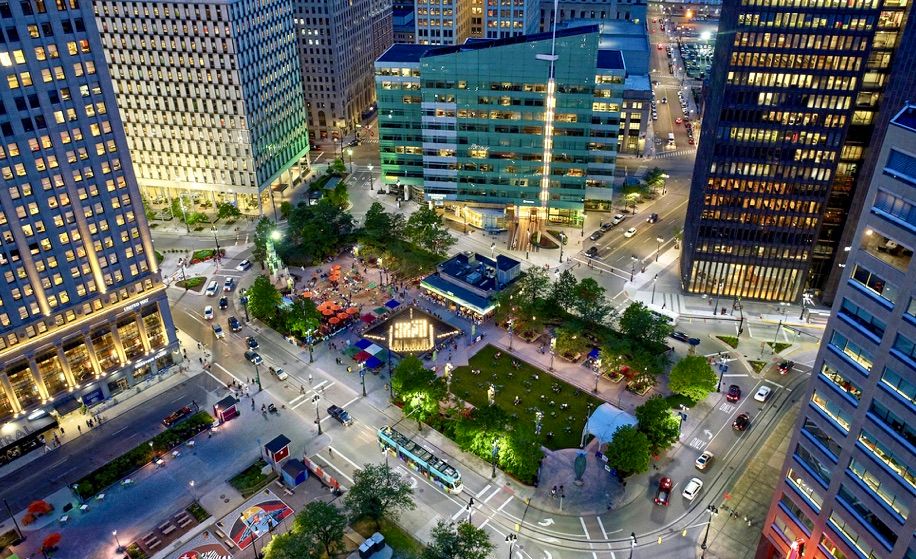
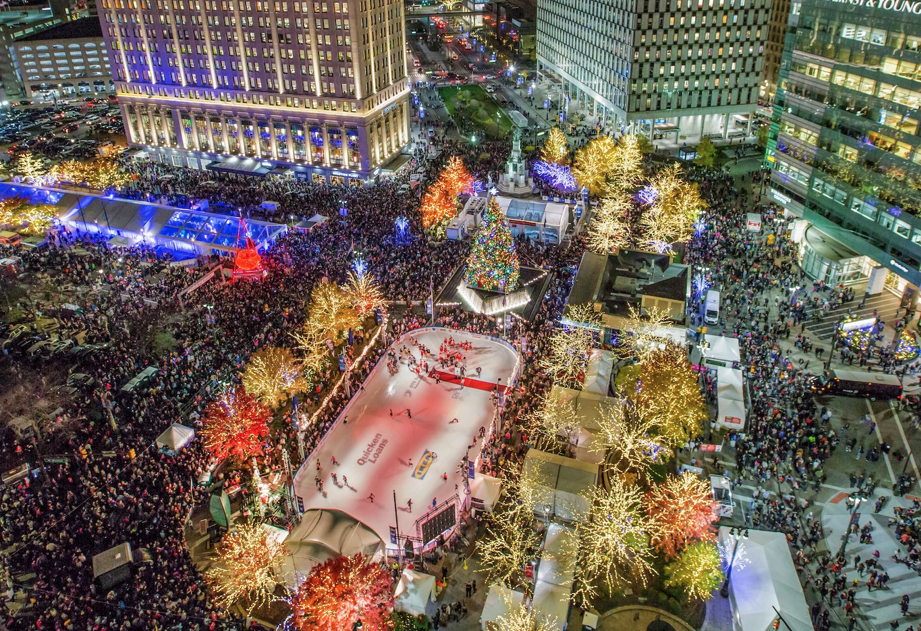
Detroit Today
Two City Hall Plazas
Cities like Vienna and Paris provide examples of how to create world-renowned gathering places by focusing significant attention on the seat of government, showcasing what is special and unique about each city. They act as central gathering place for visitors and citizens alike.
Vienna City Hall Plaza
There is always something going on in front of Vienna's City Hall, especially when it comes to seasonal events, like the Winter Christmas Market and films and performances during warmer weather.
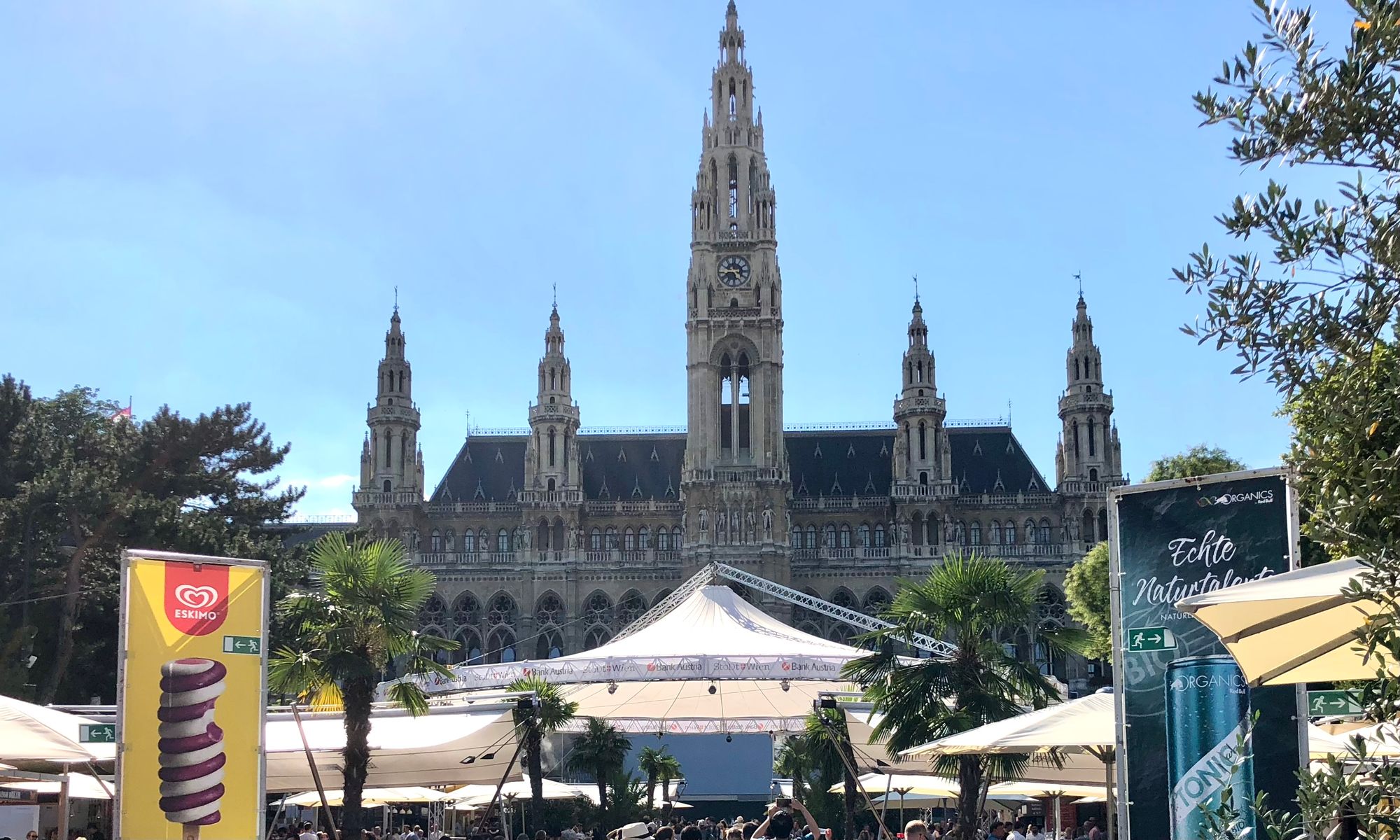
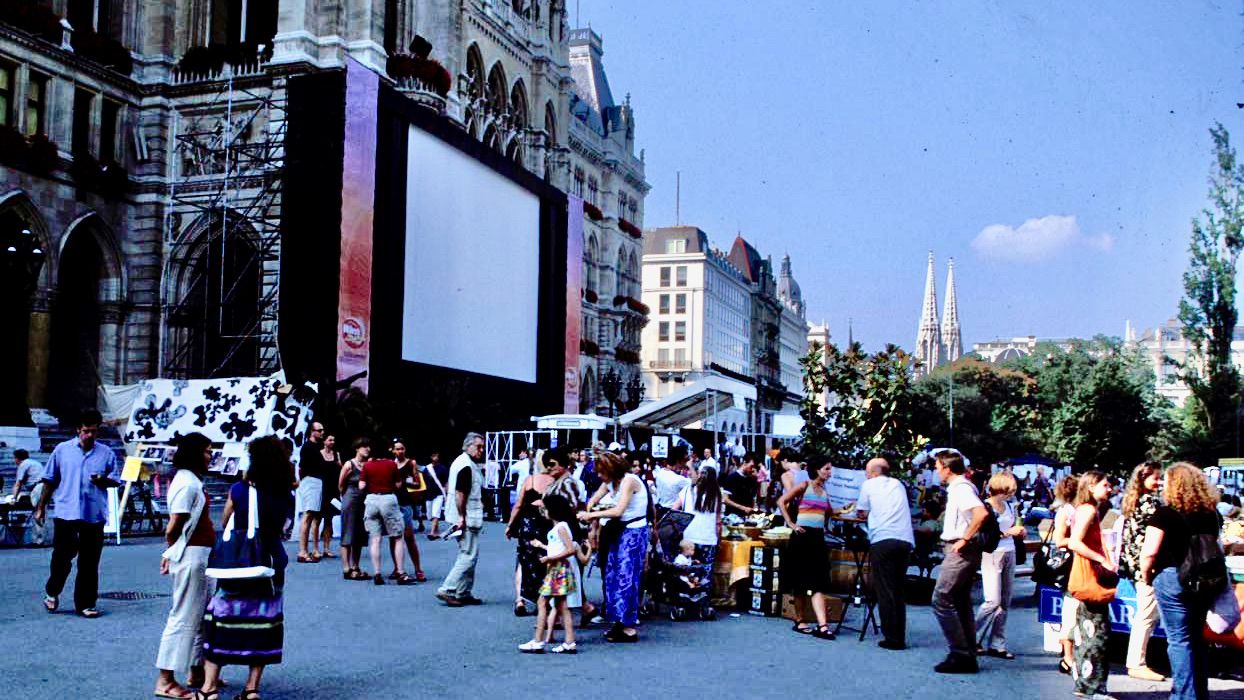
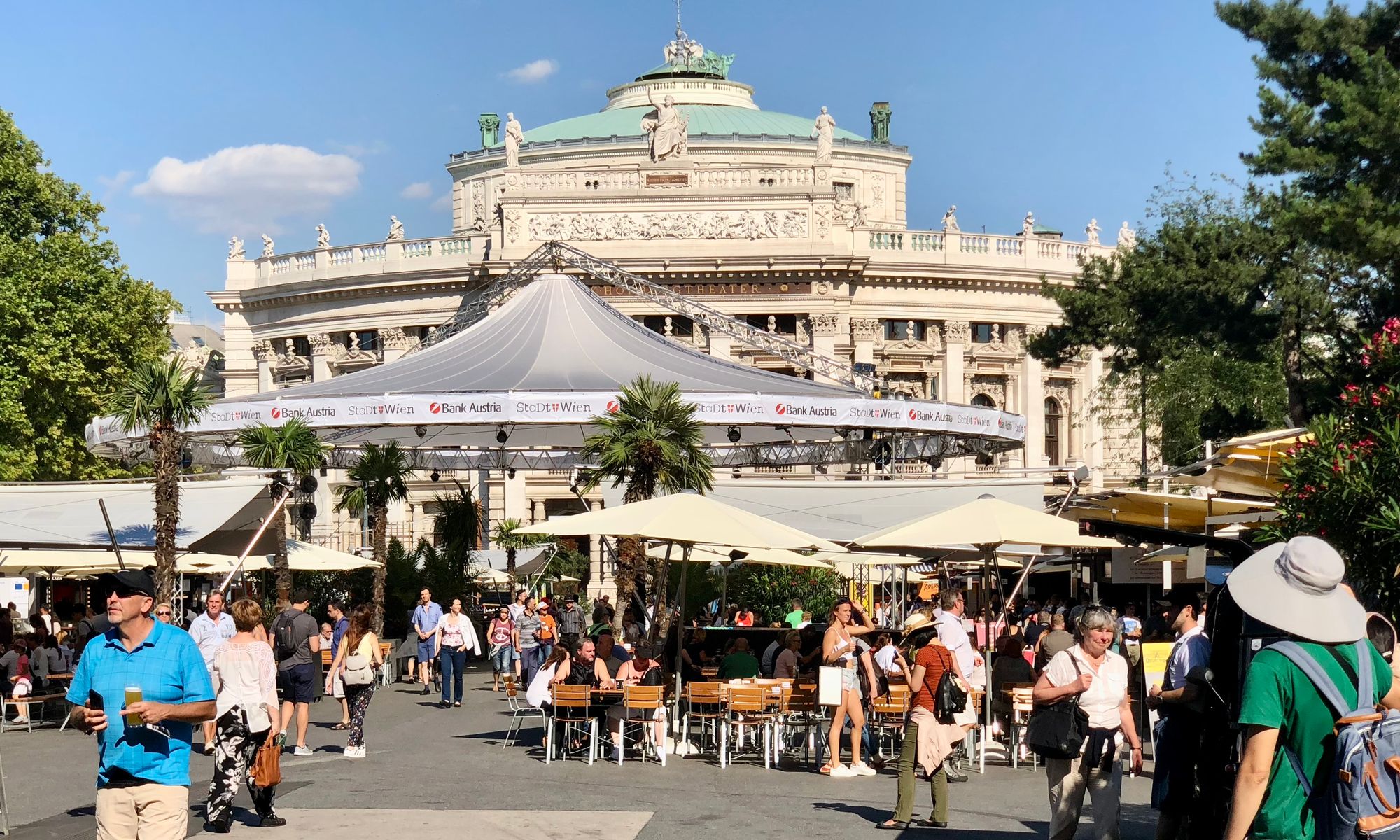
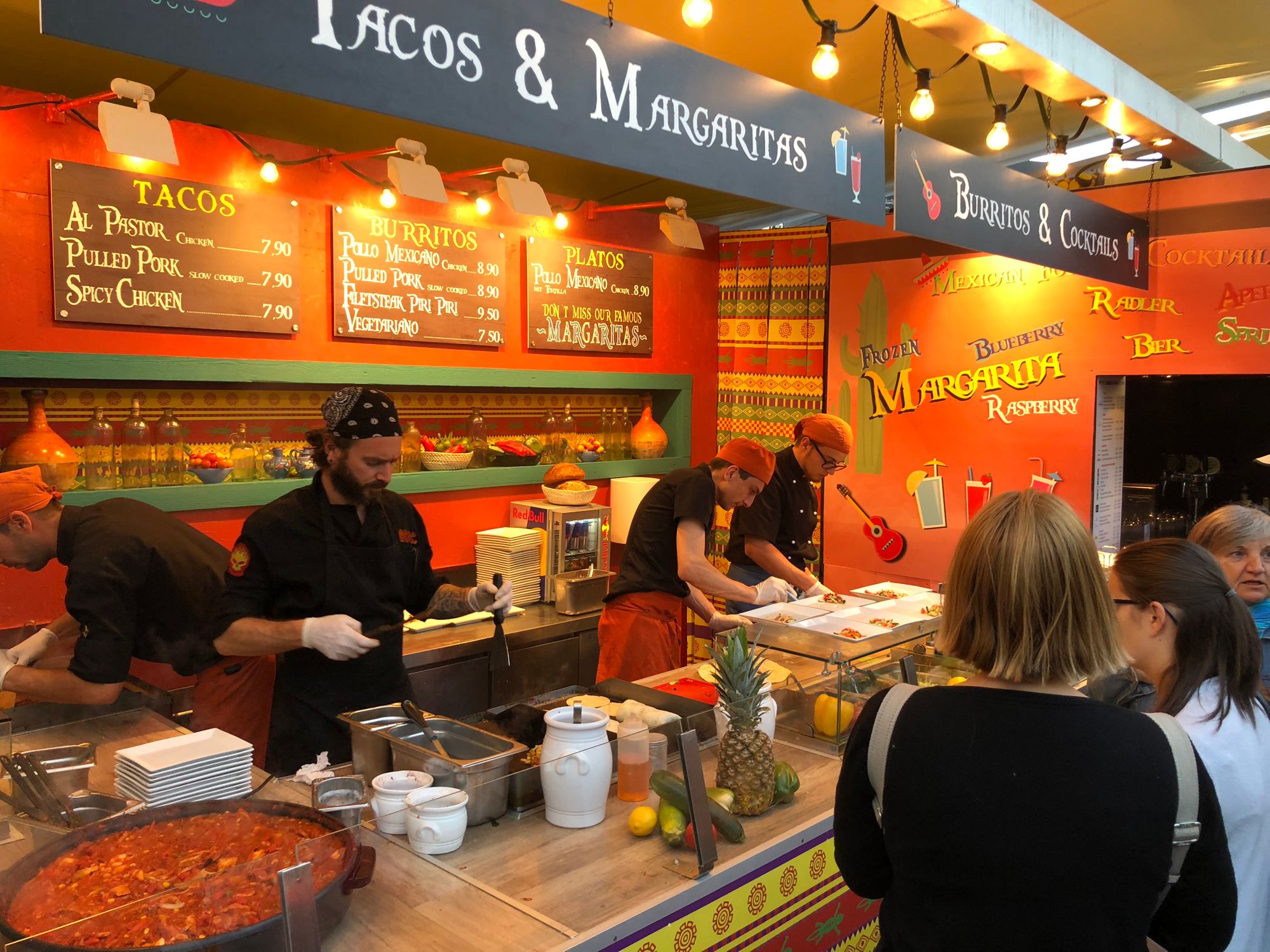
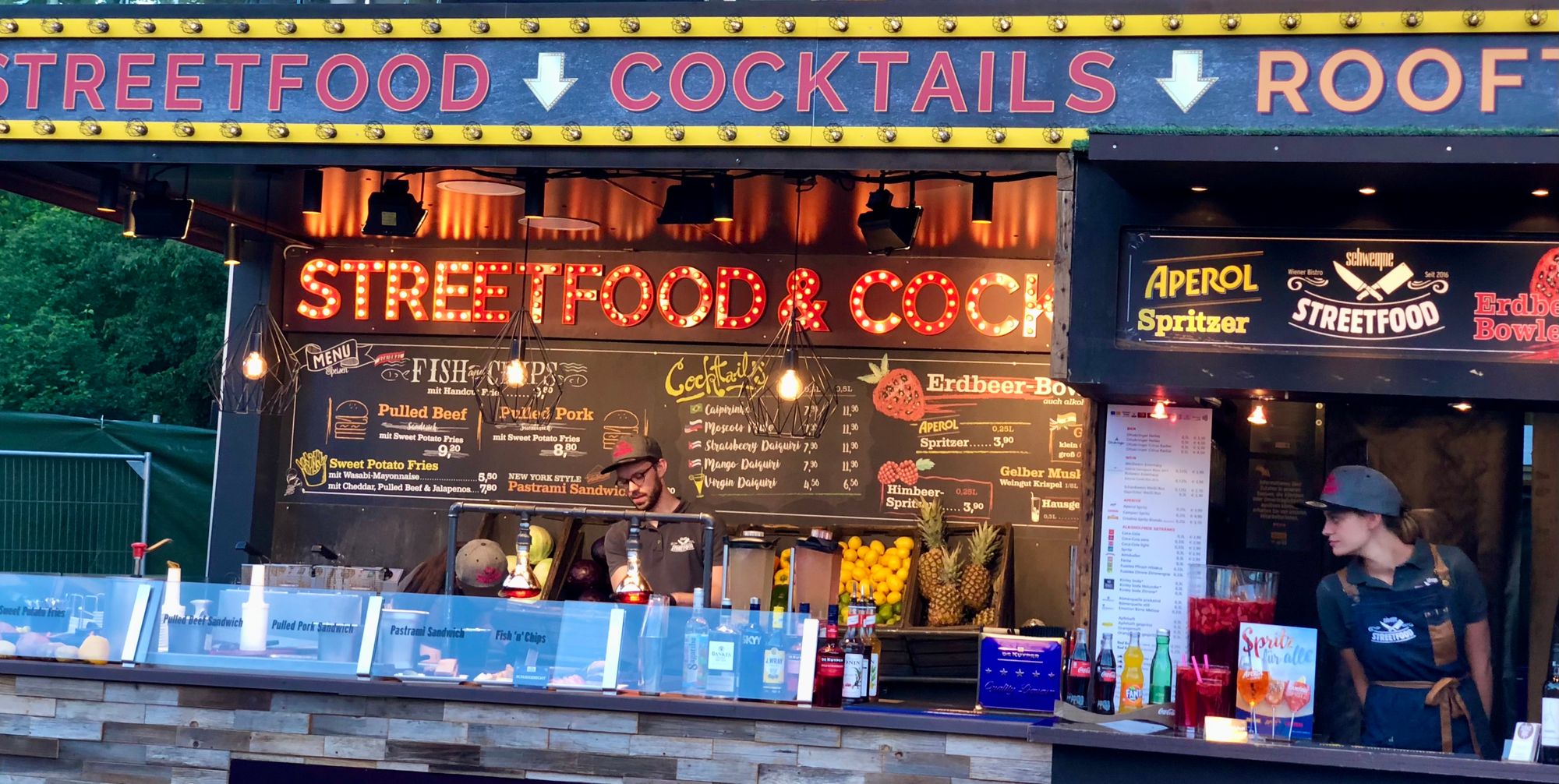
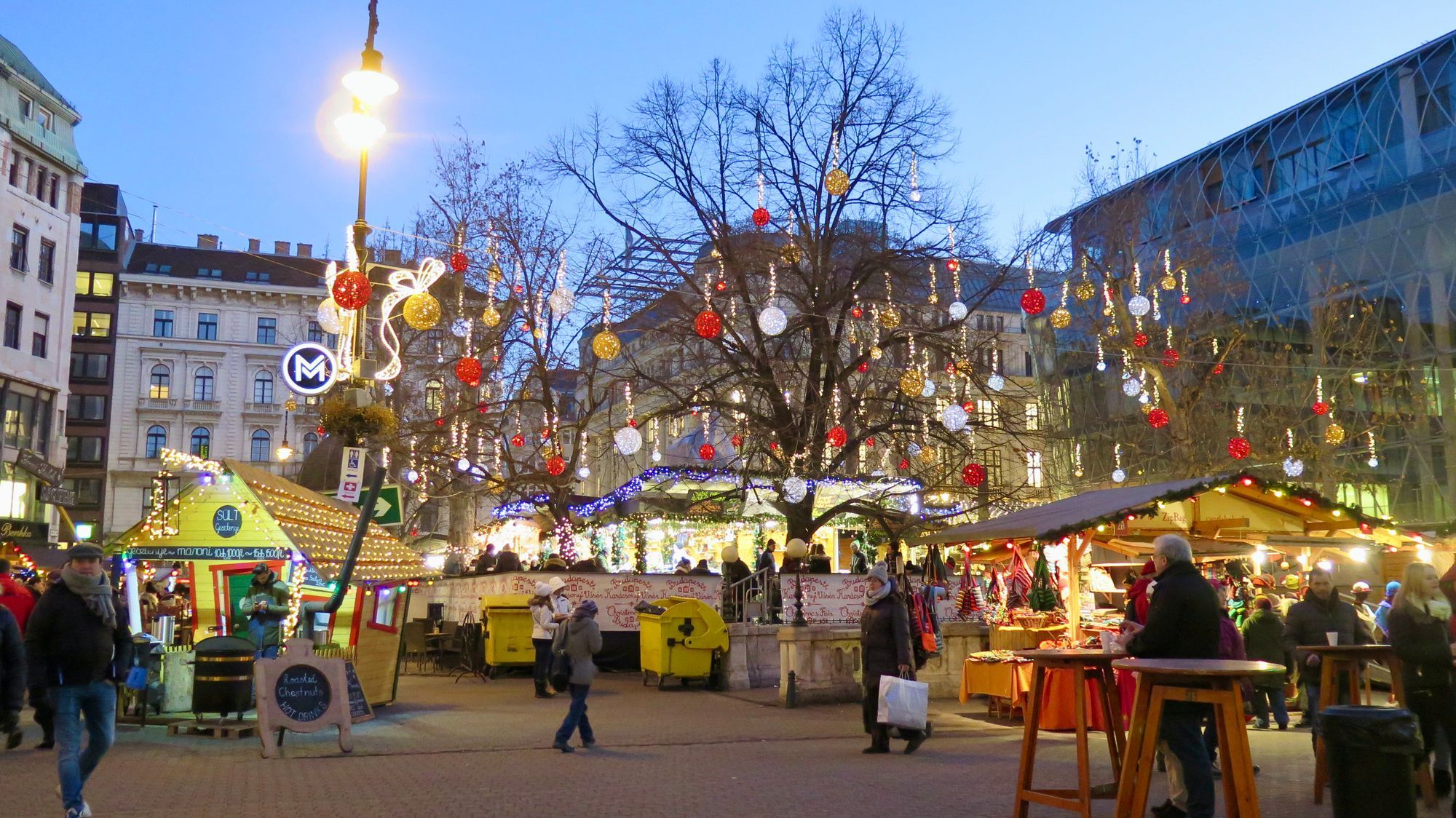
Paris Hotel de Ville
The Paris city hall is full of information about current city-wide initiatives and programs, as well as events open to locals and visitors.
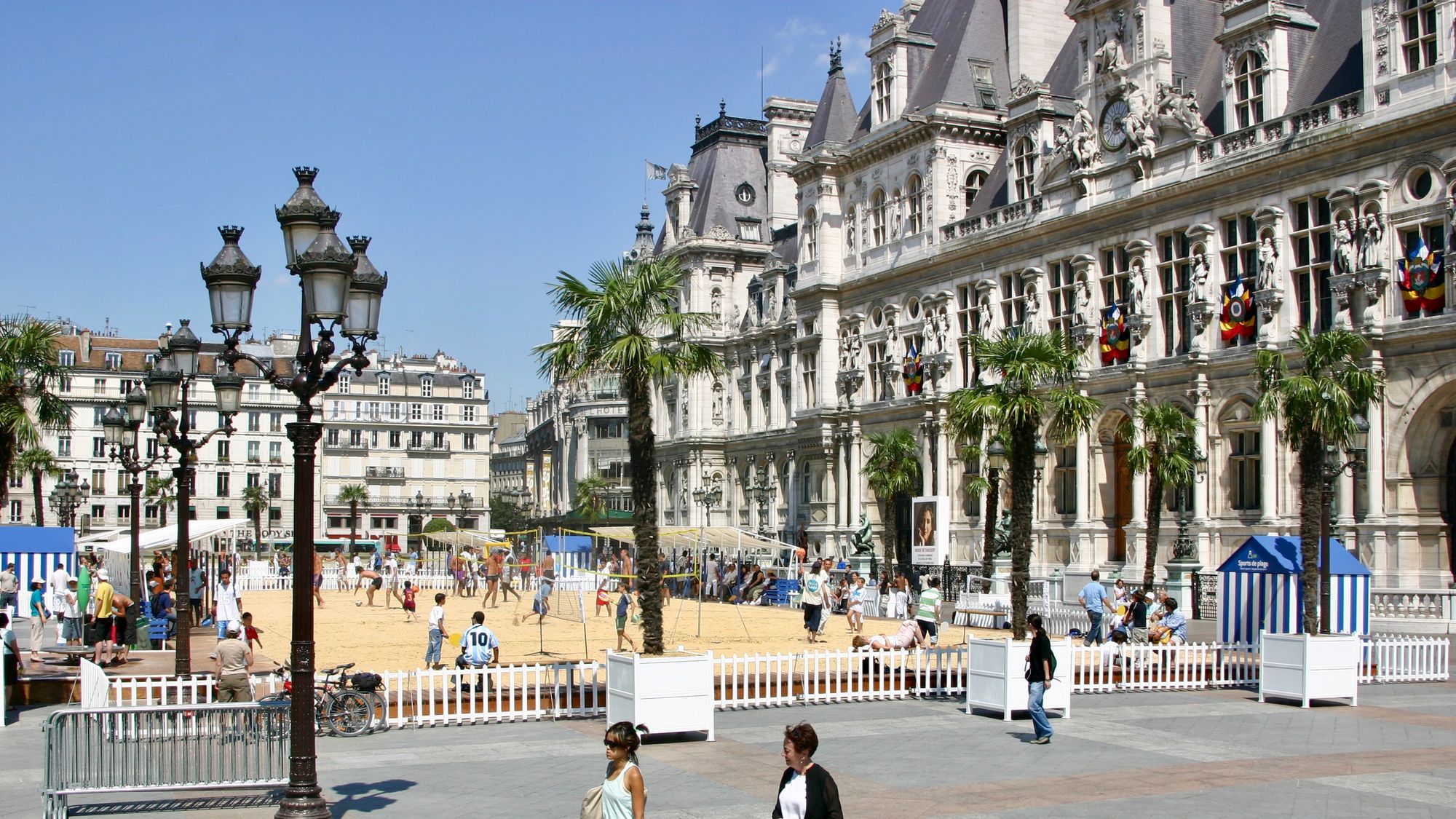
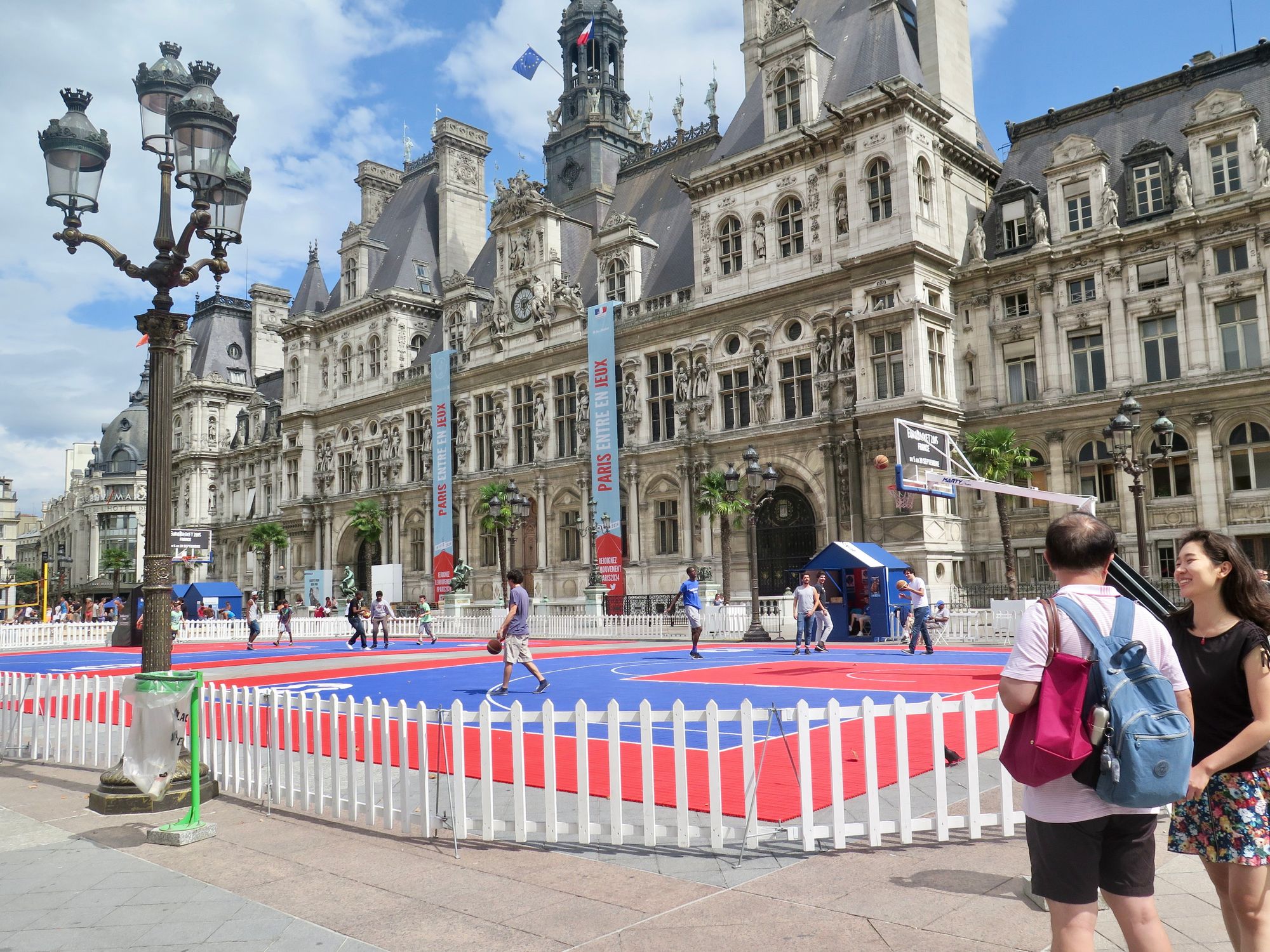
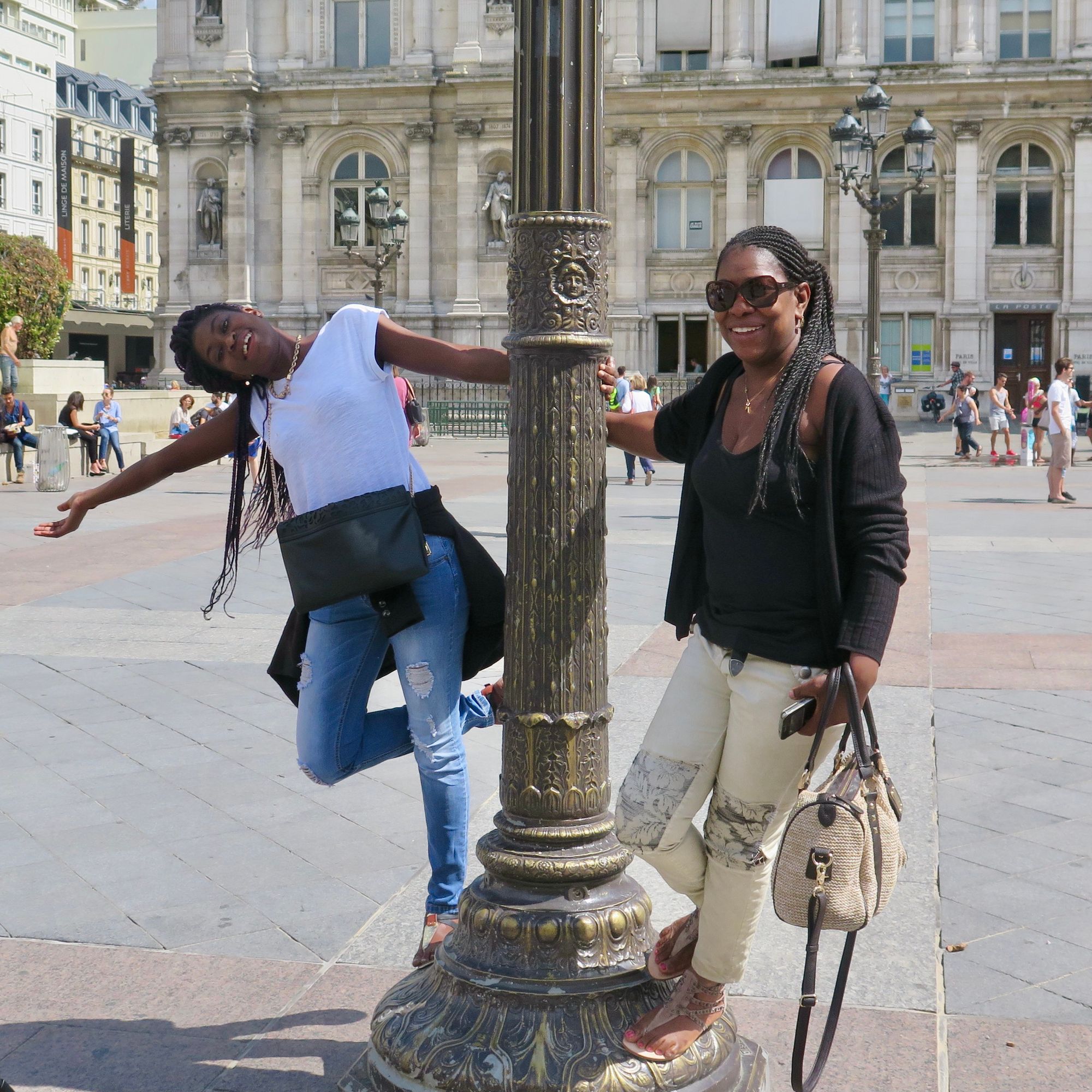
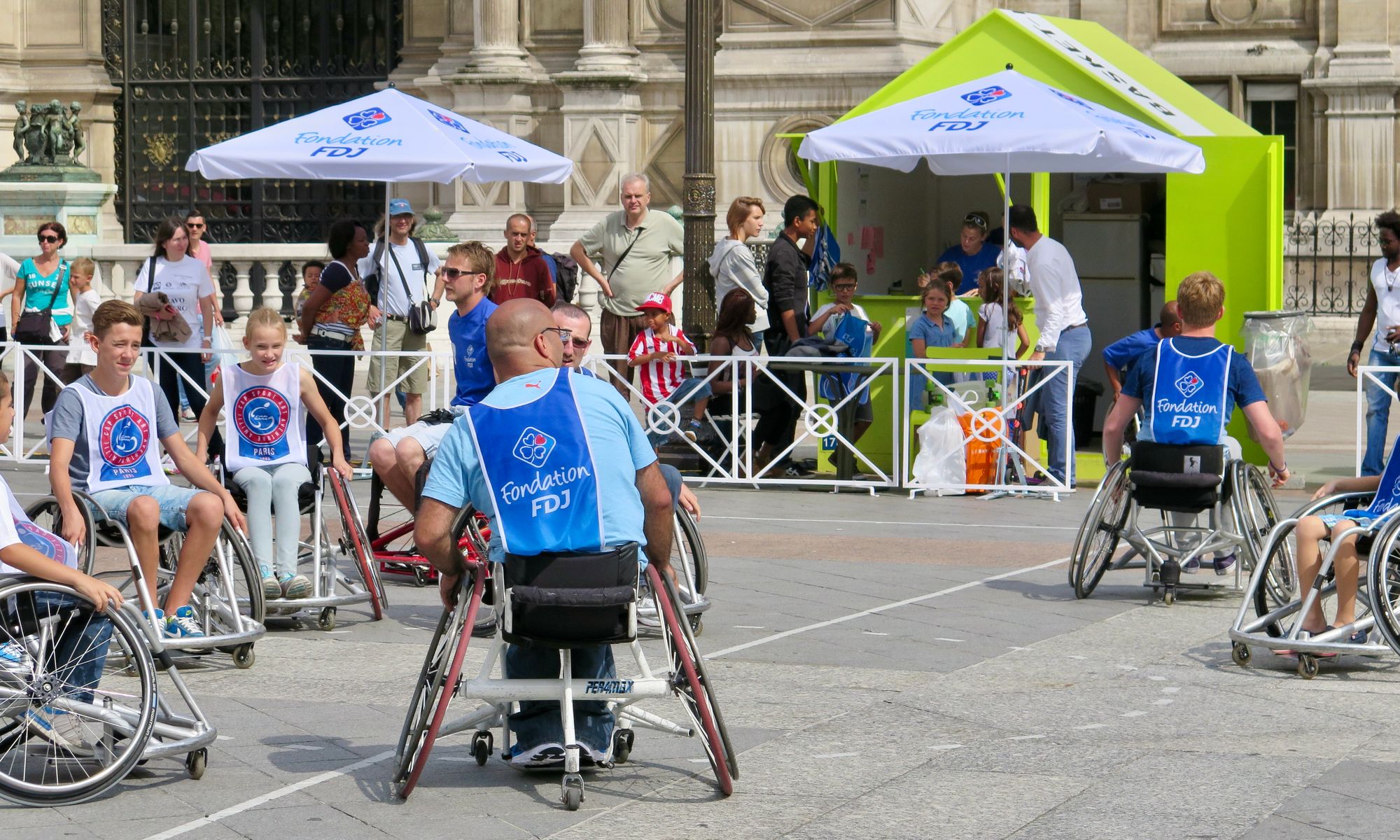
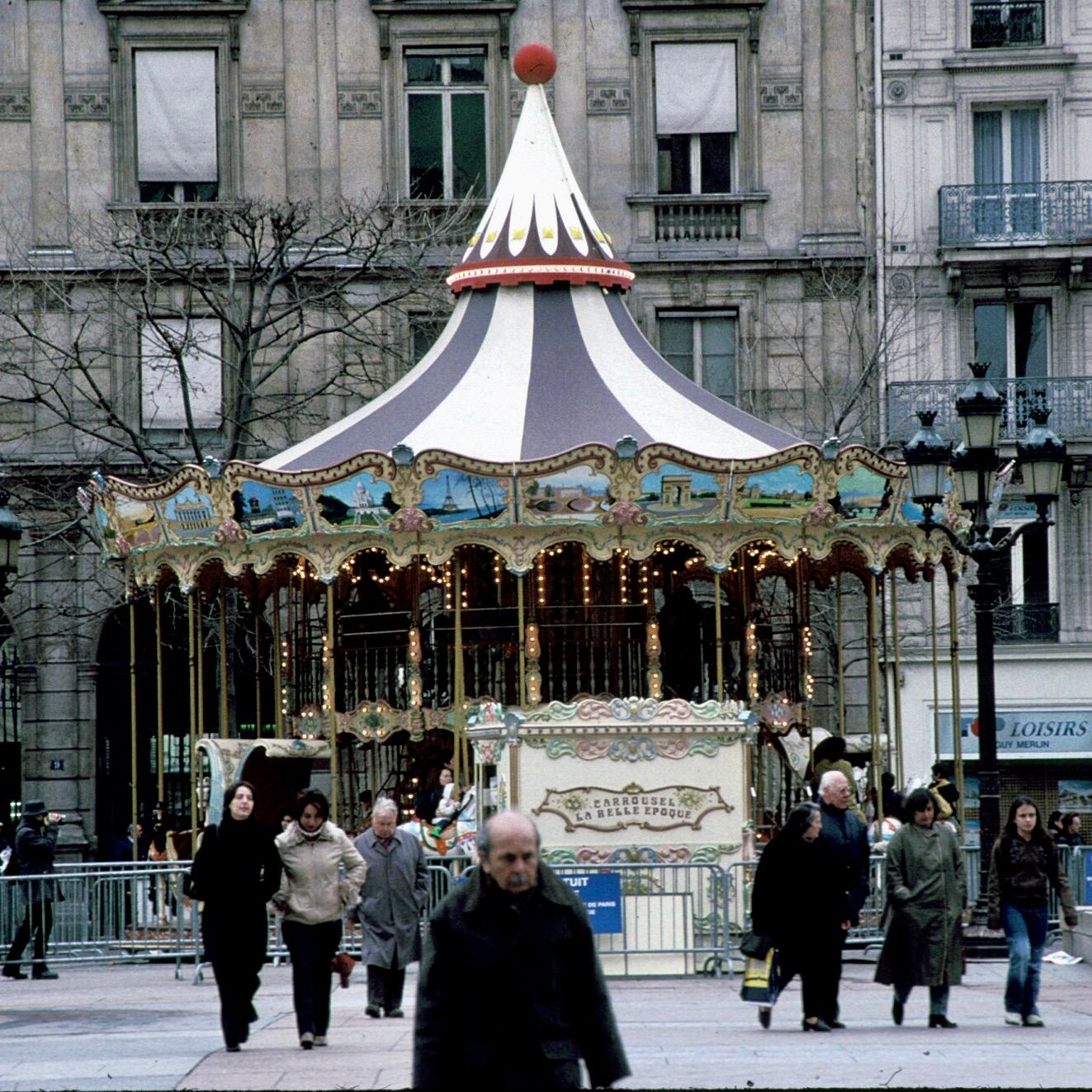
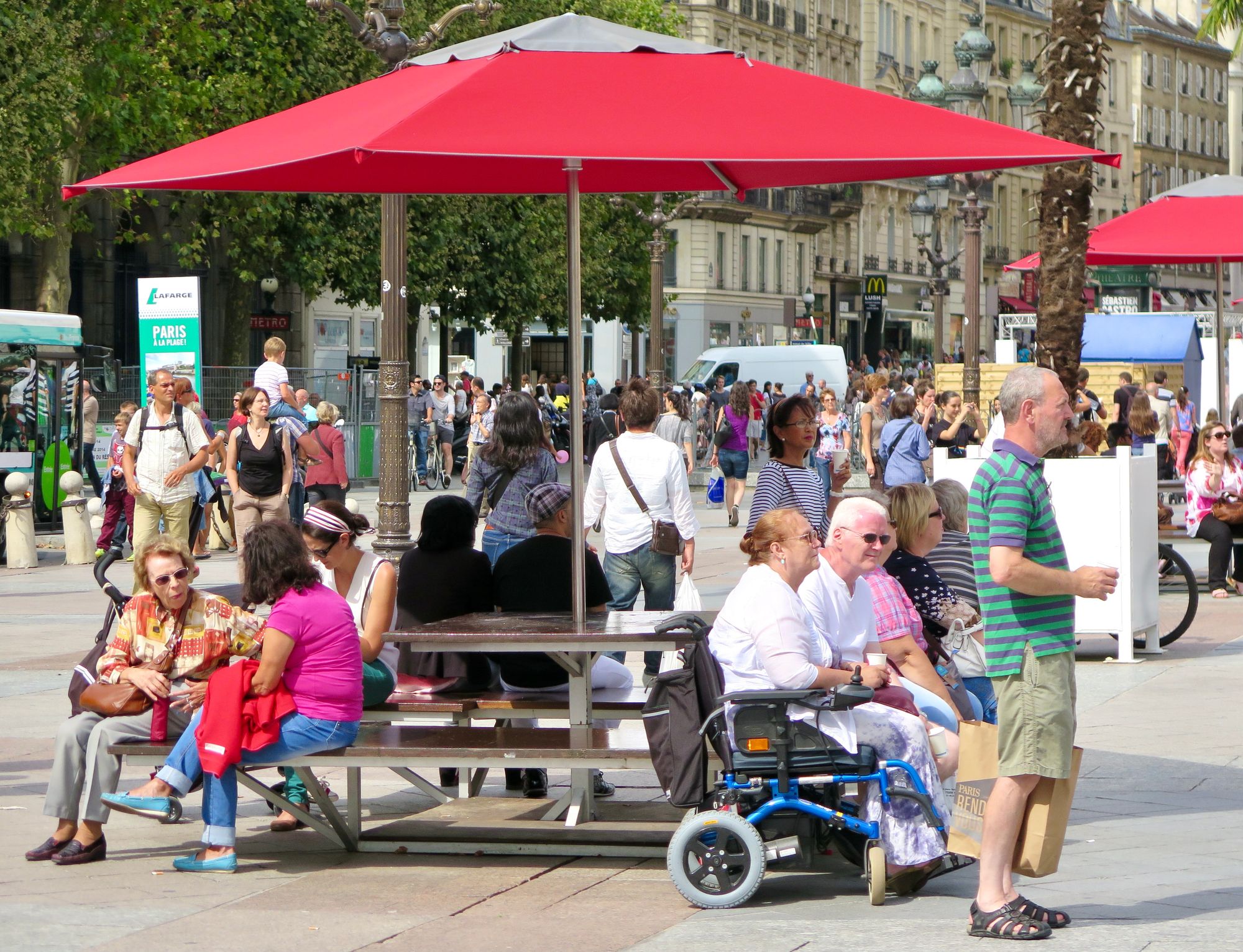
Three Potential Short-Term Experiments
Based on these benchmark examples, we have come up with three ways to create a successful center defined by and for Brooklyn. Taking any of these actions would immediately change the perception of Borough Hall and Cadman Plaza.
Build up the Presence of Markets
Markets are one of the best places for us to connect; not only with our local food system and artisans, but with any other visitors who we might encounter as we do our shopping.
The plazas around Borough Hall already have one regular farmers market, but the space could use this as a first (and crucial) stepping stone, expanding the scale and variety of market stalls.
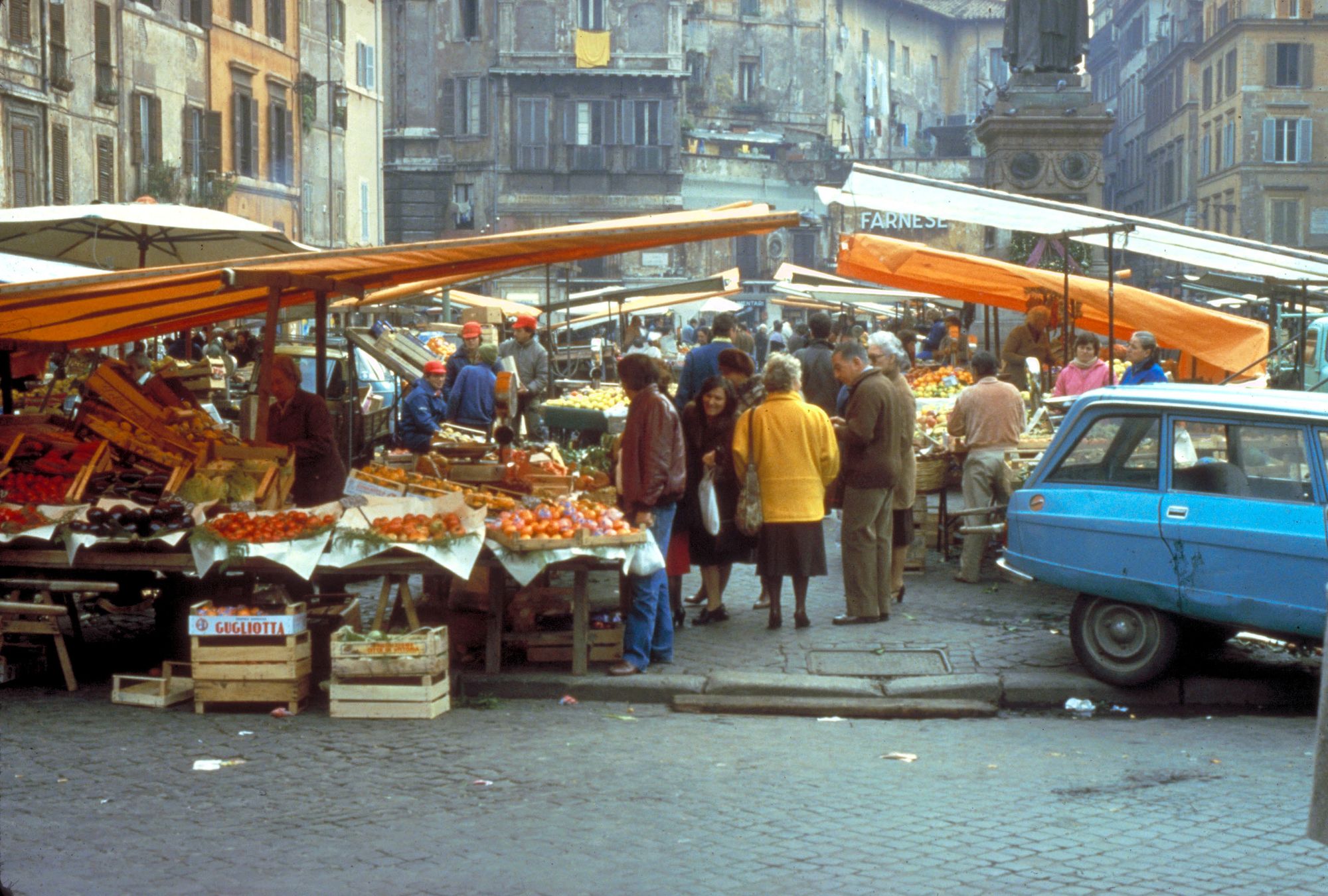
Viktualienmarkt in Munich is a great example of a historic square that naturally draws people in to socialize in different settings
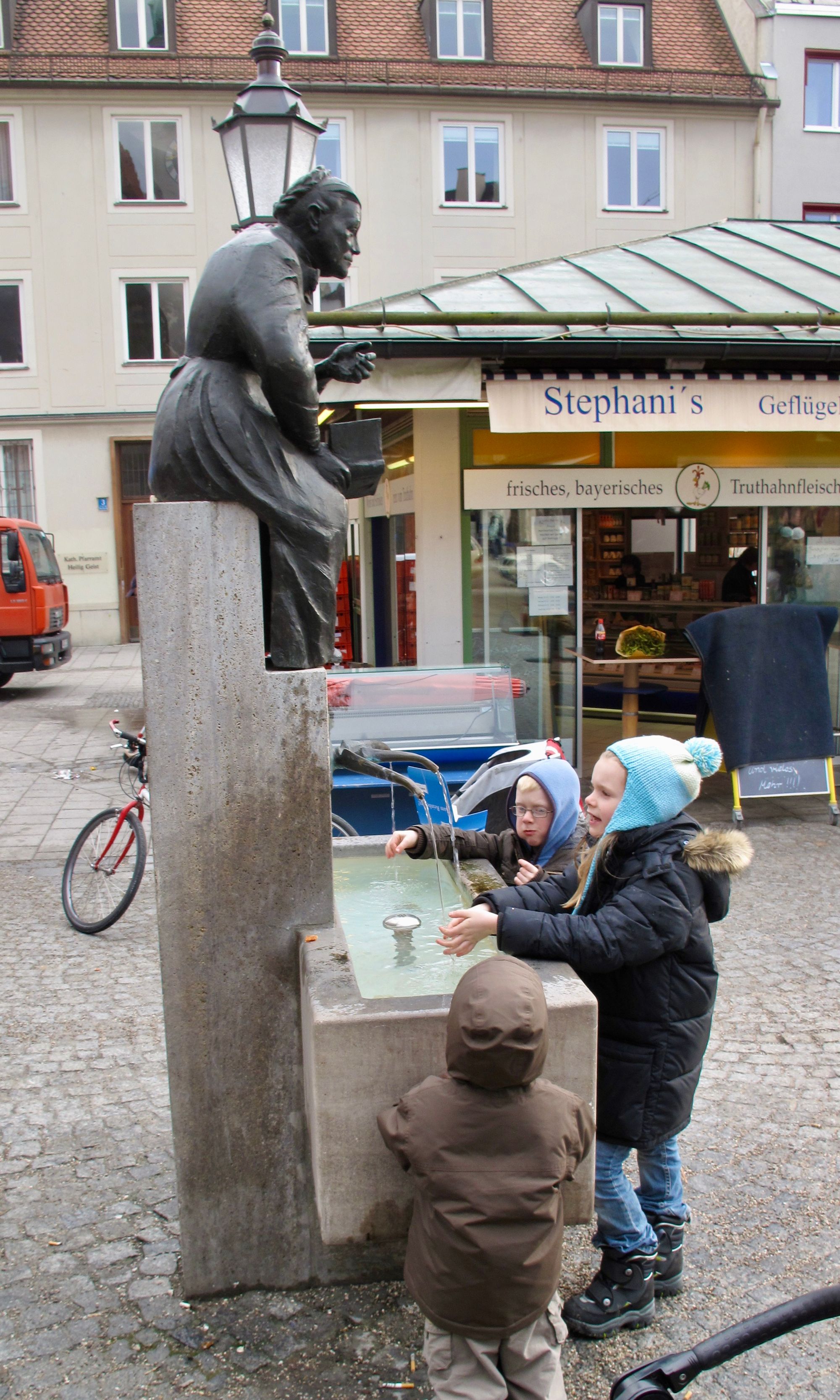
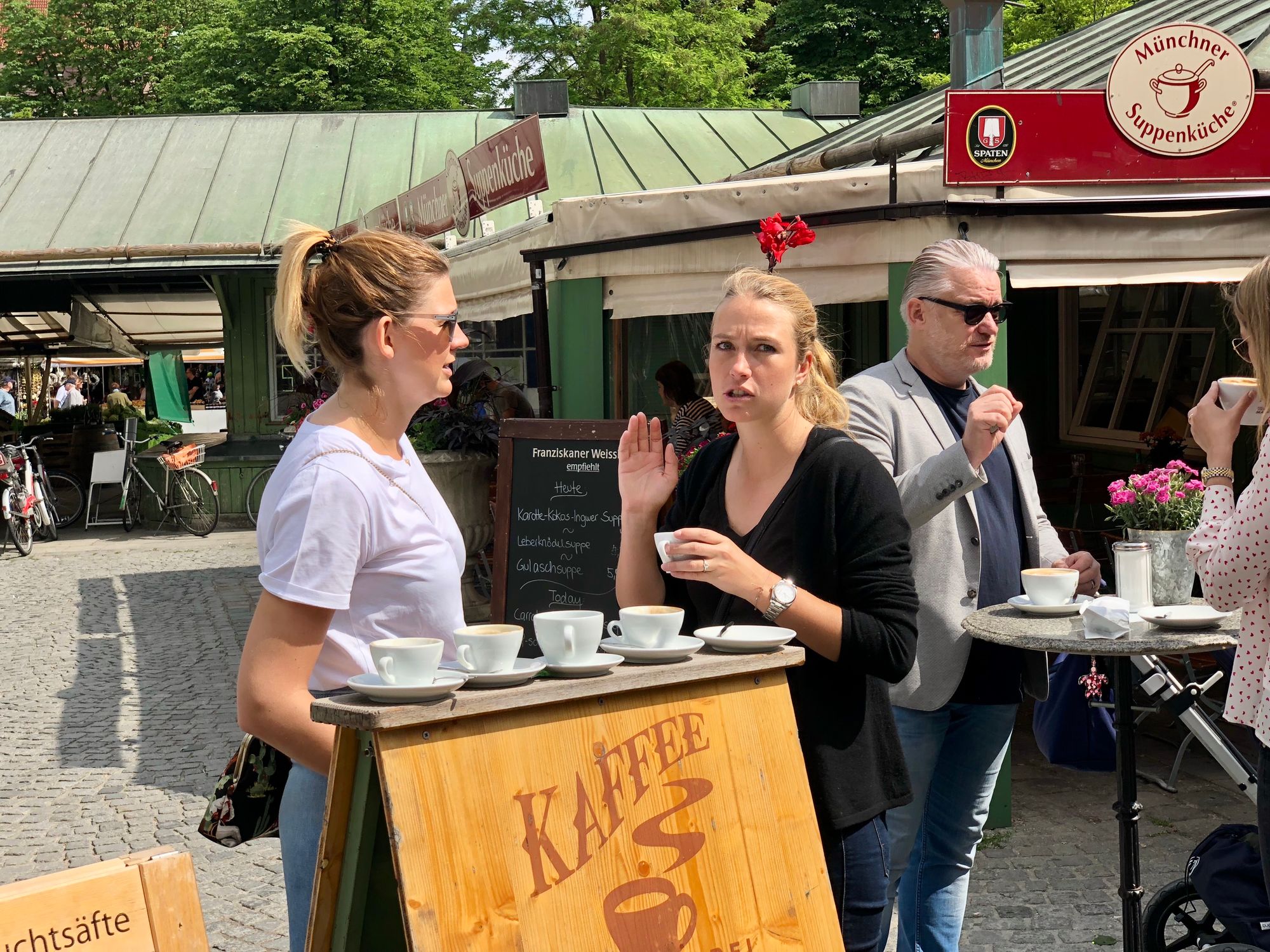

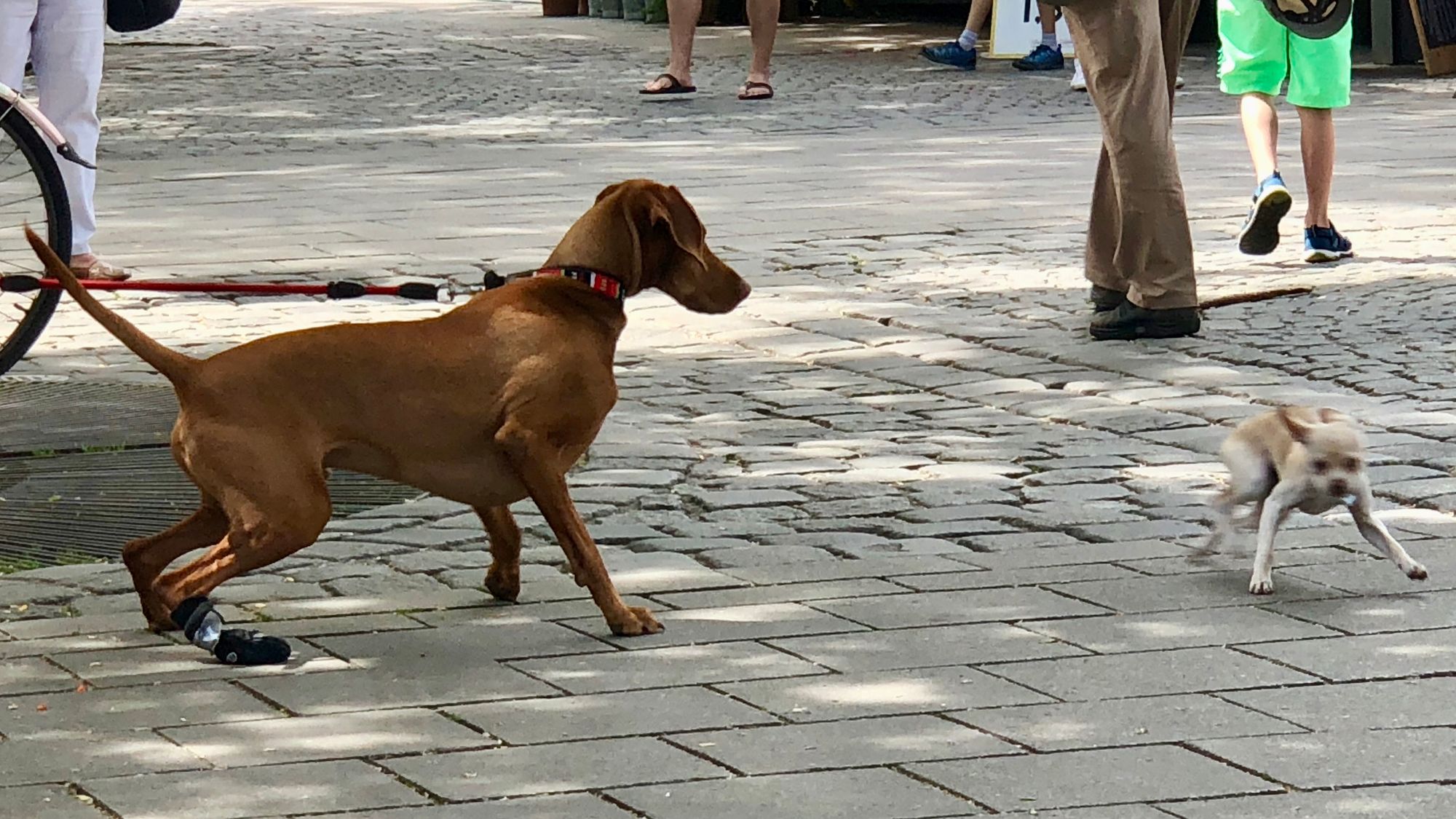
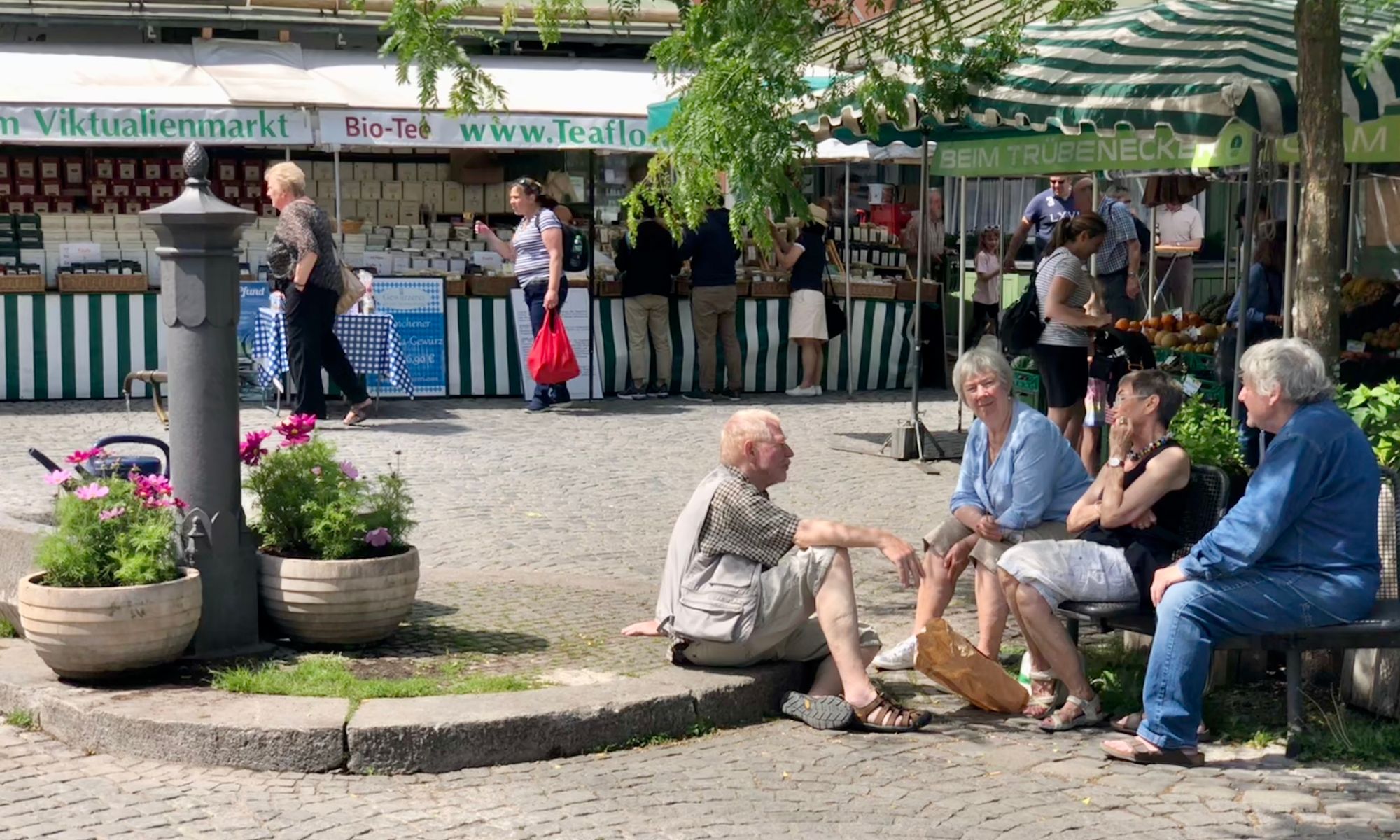
Hanging out and socializing are basic functions of markets, plus connecting between purveyor and customers is part of the attraction.
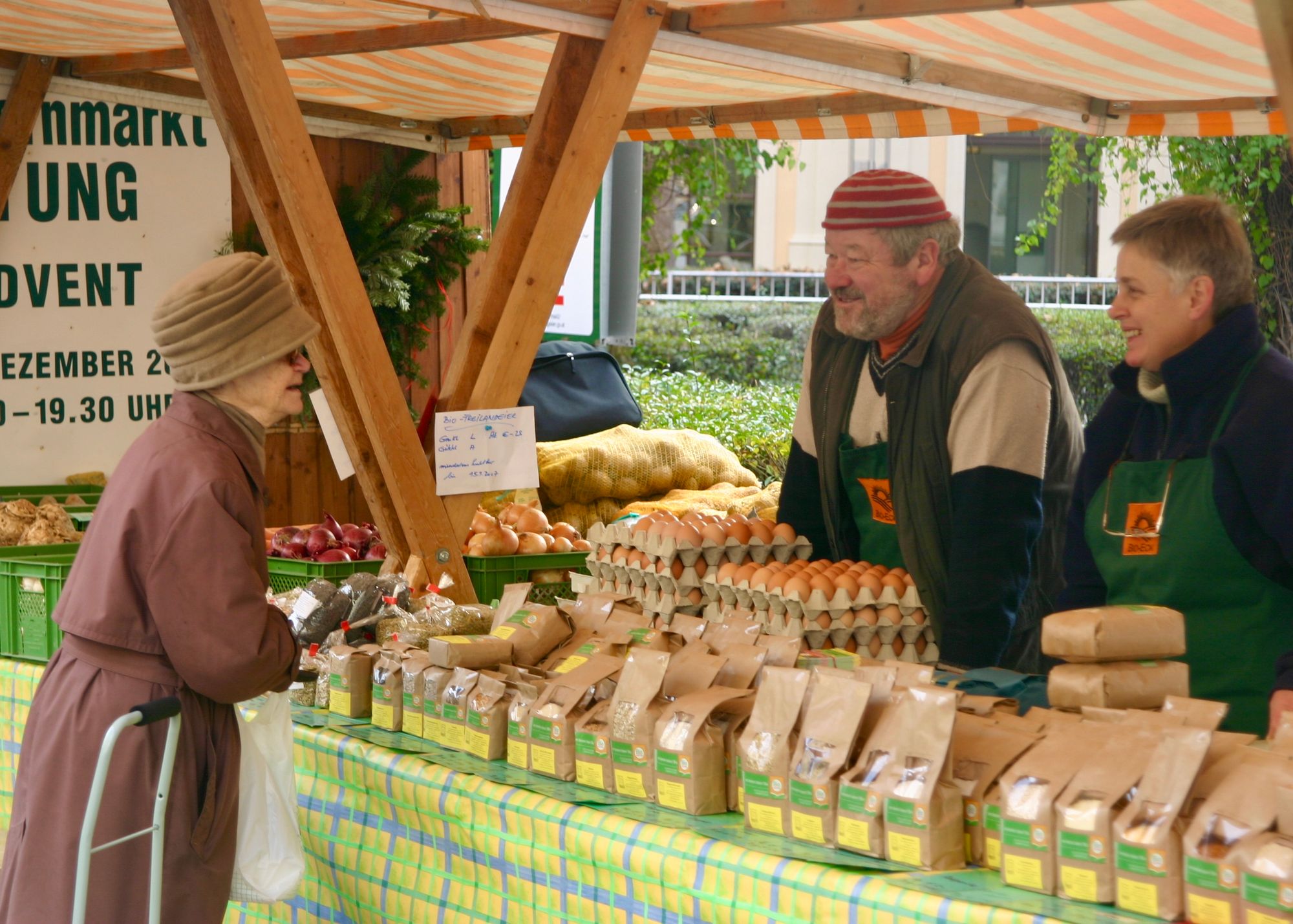
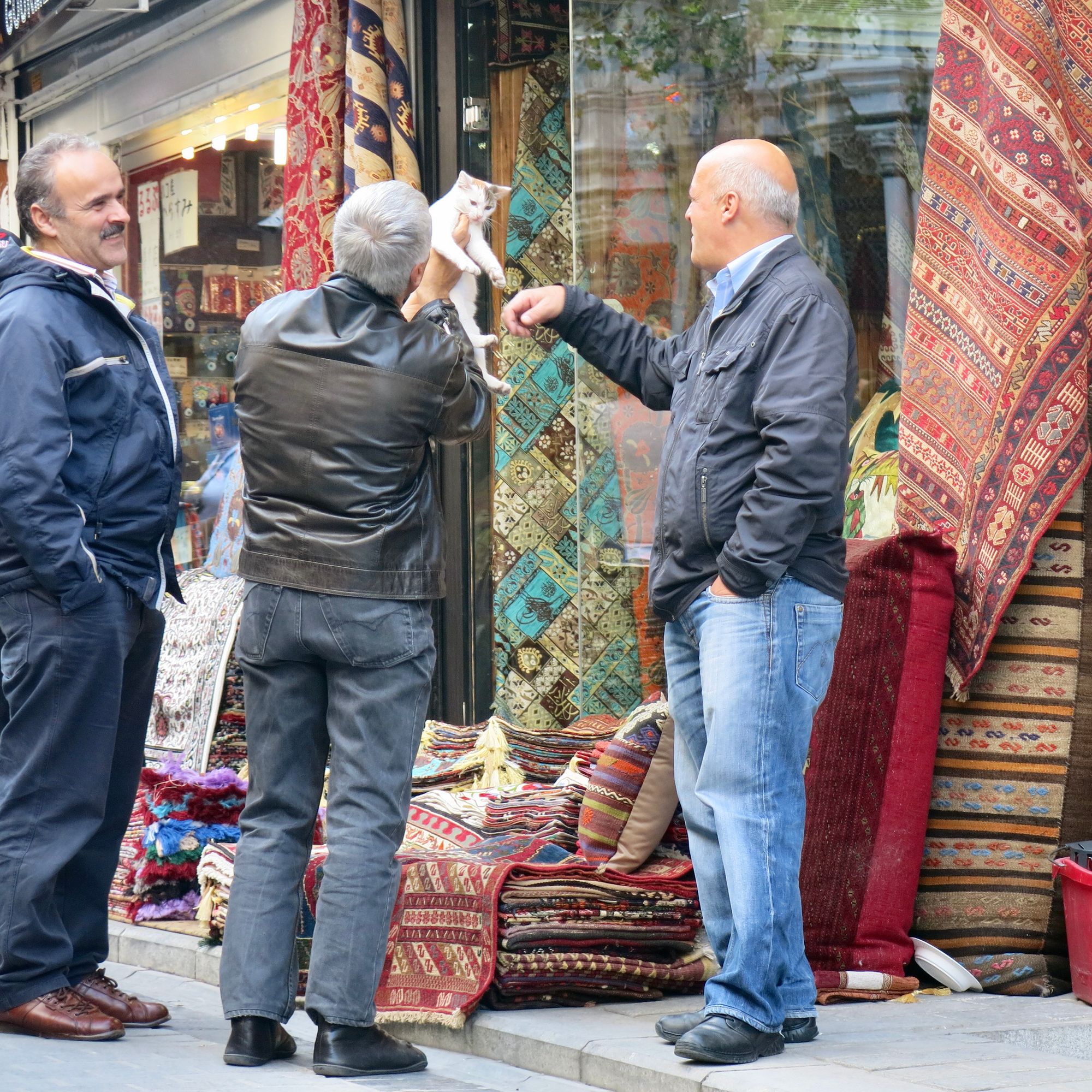
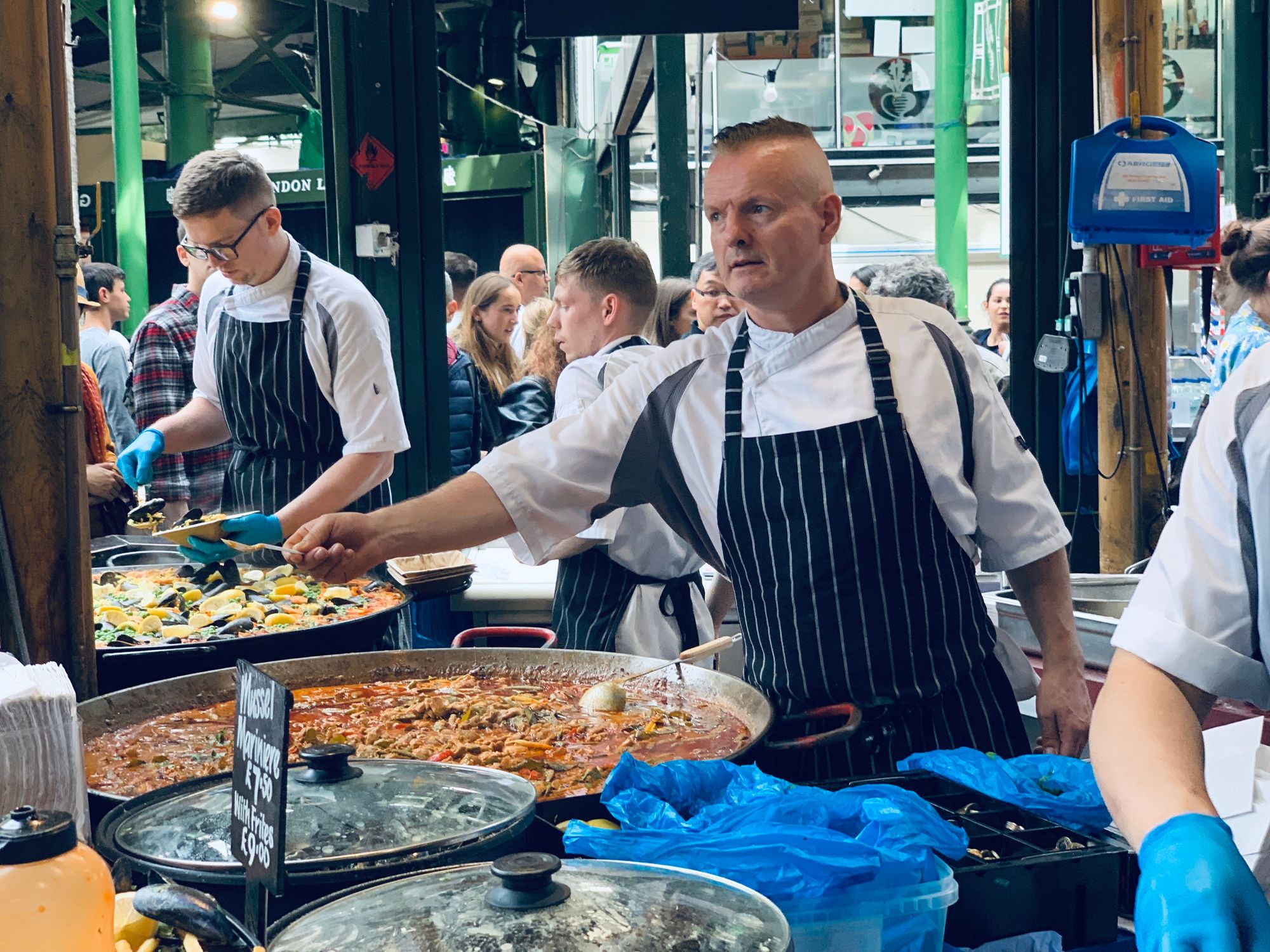
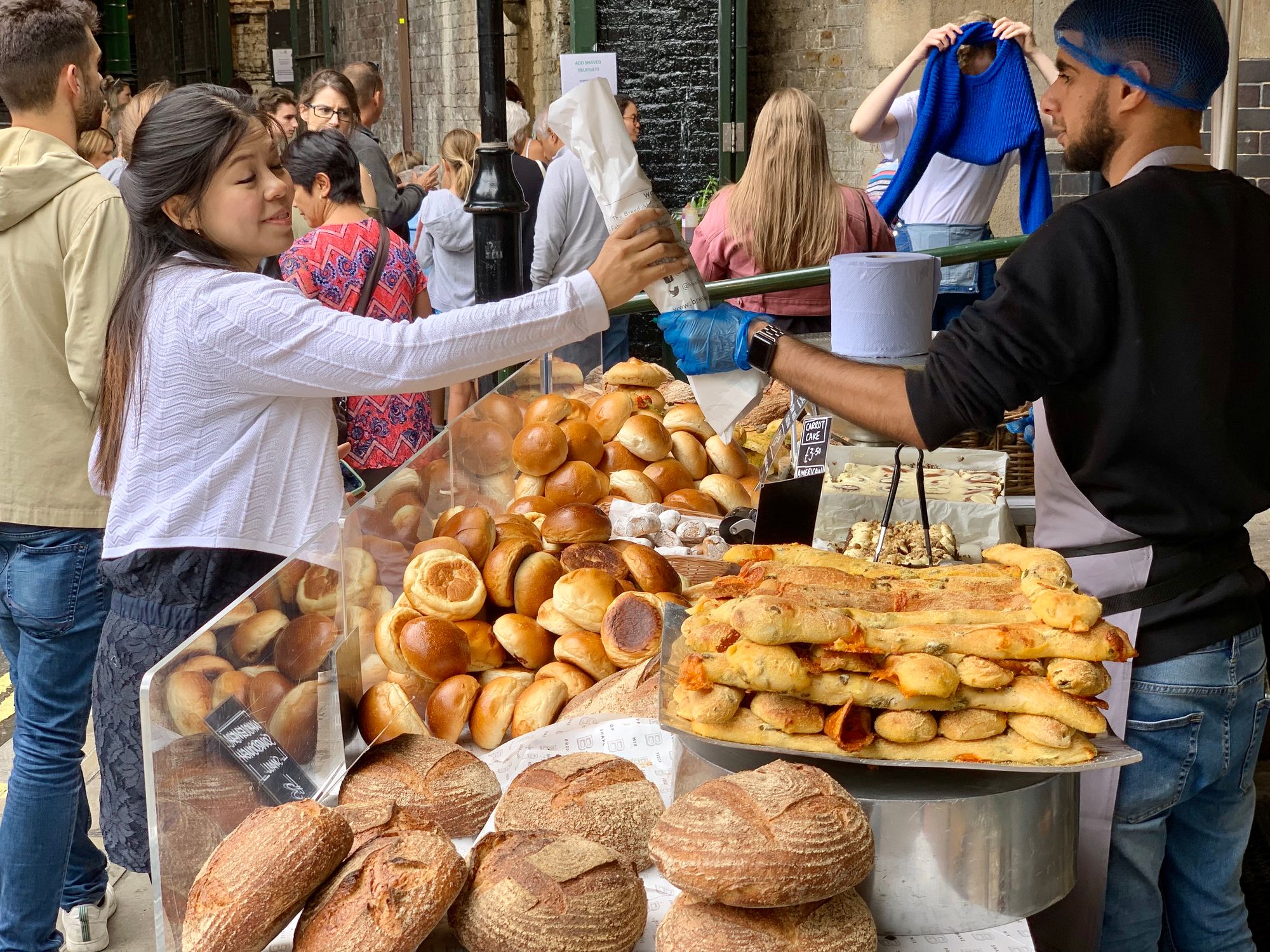
Vienna, Istanbul and Borough Market South Bank London
Add an abundance of seating
Adding seating, and opening up the closed-off areas of the plazas would be some of the lowest-hanging fruit in terms of making the space more welcoming.
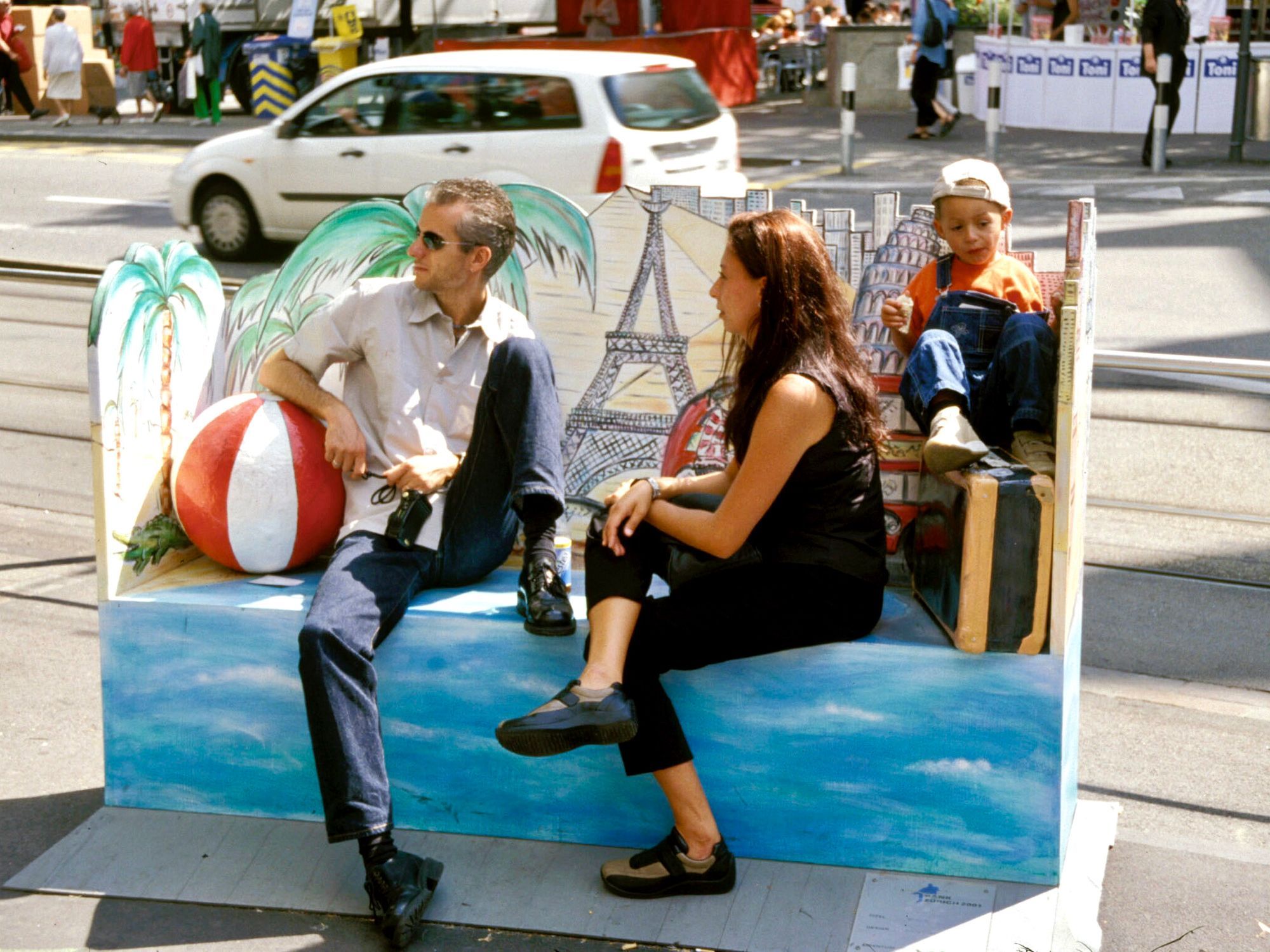
A 2001 bench design contest in Zurich could be an example of how to get this done, quickly and creatively. This same type of contest could be a real challenge for Brooklyn artists and designers.
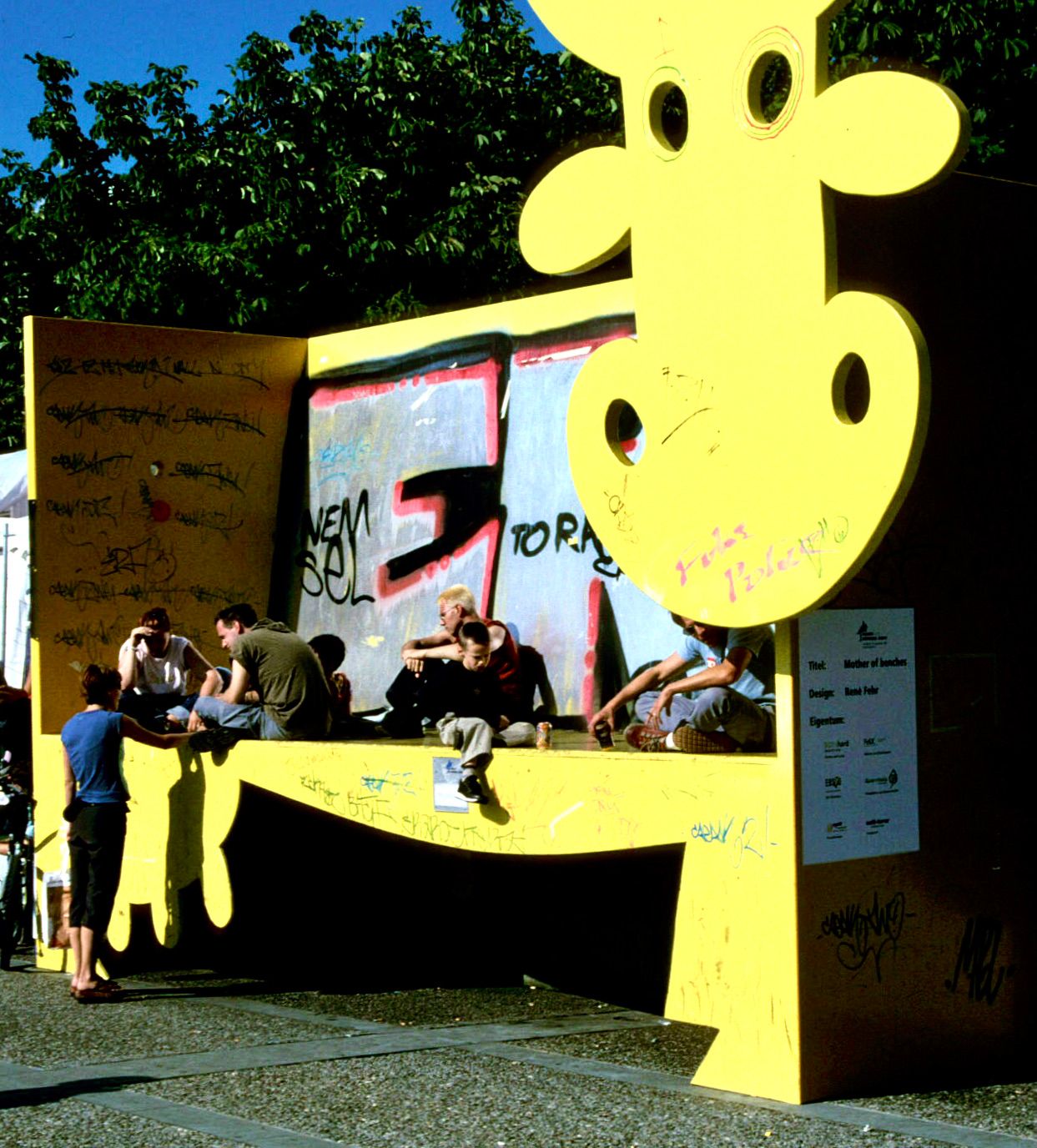
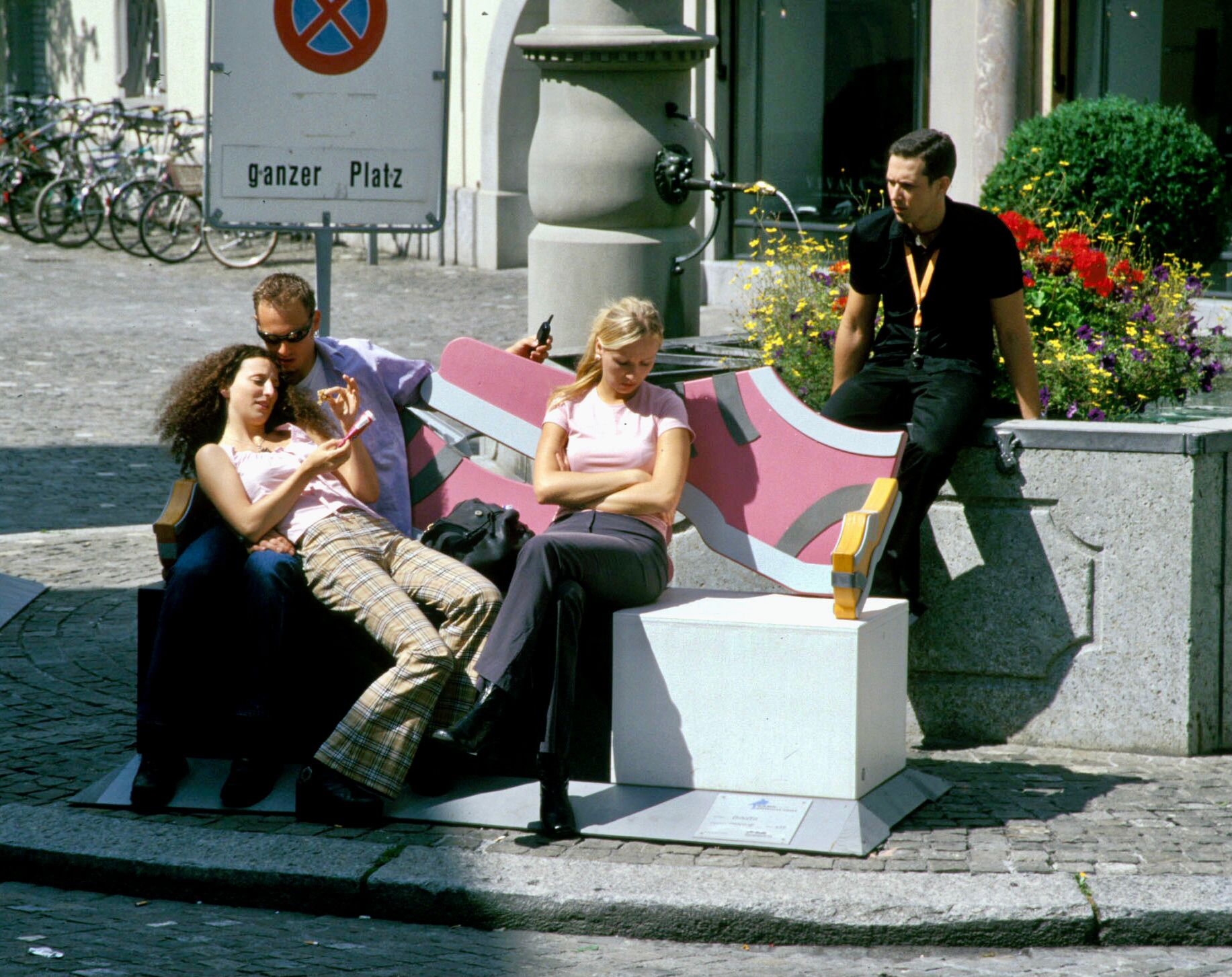
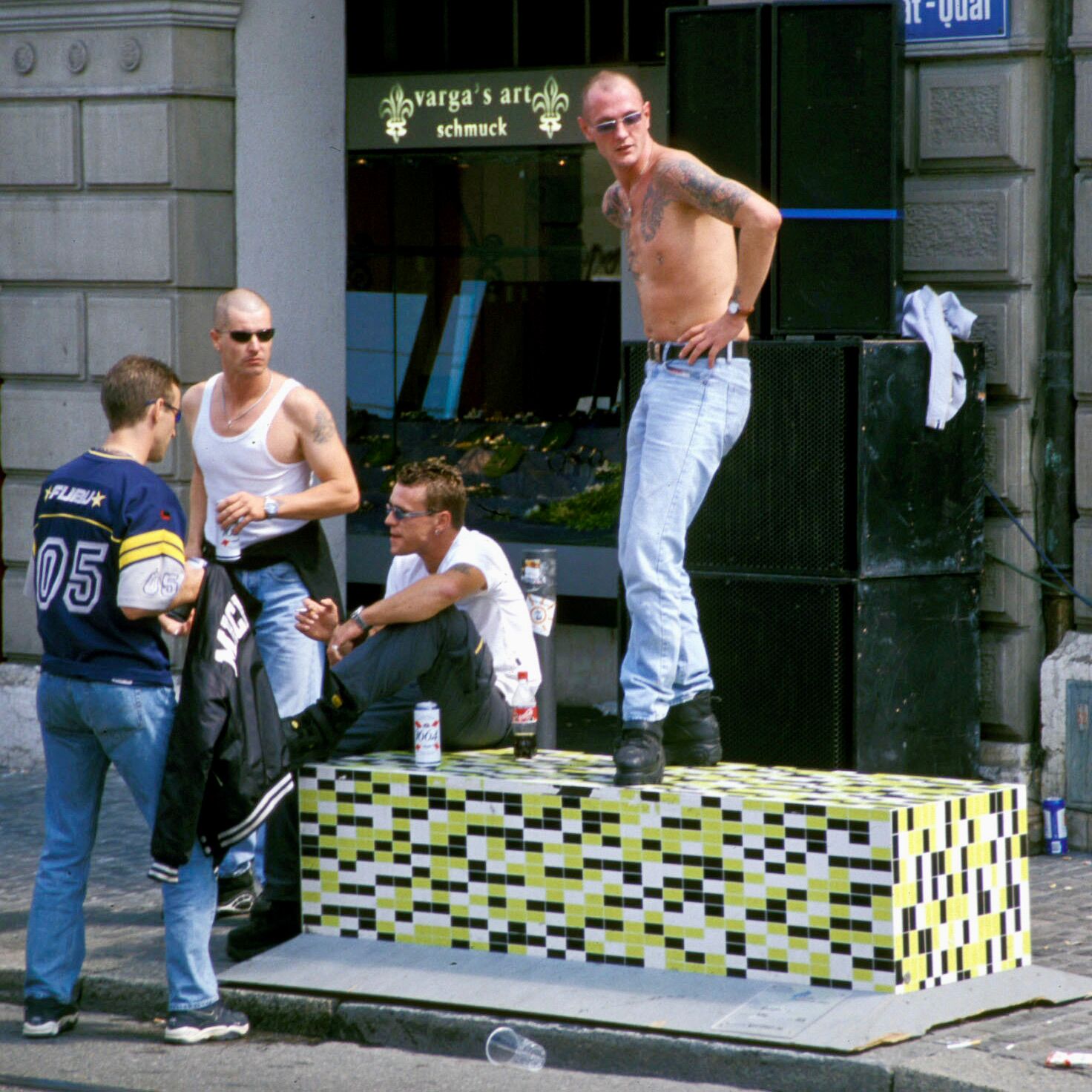
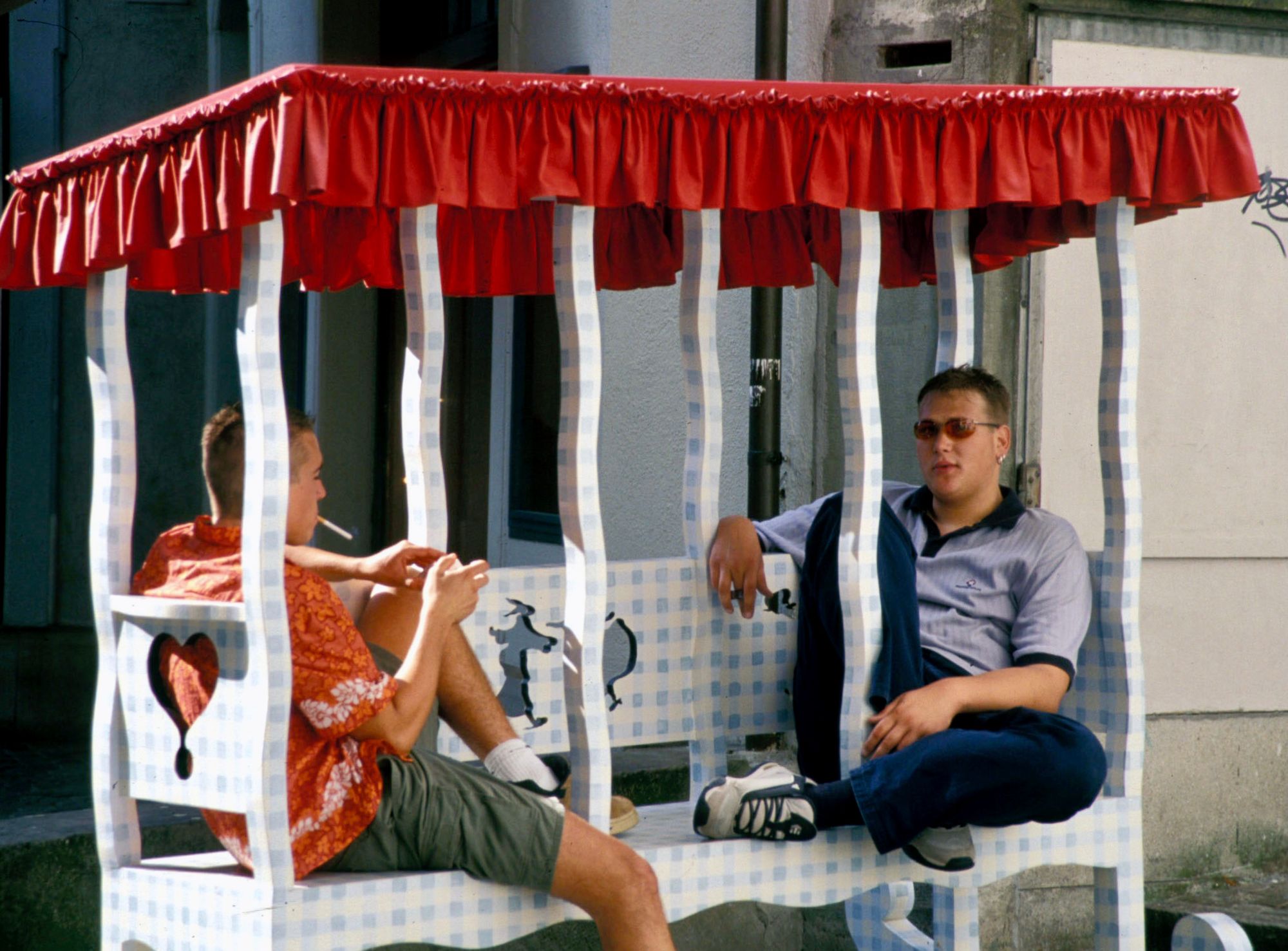
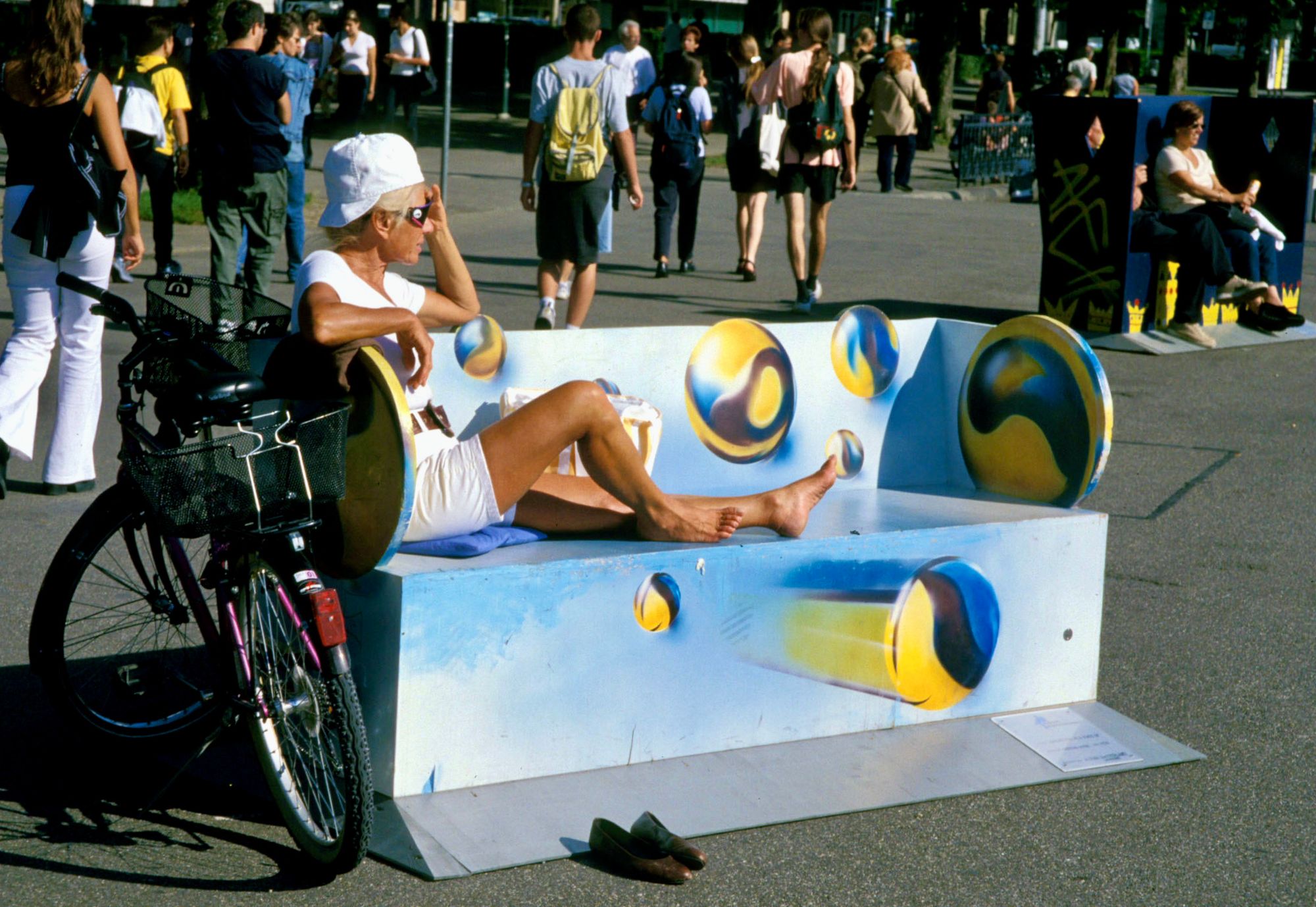
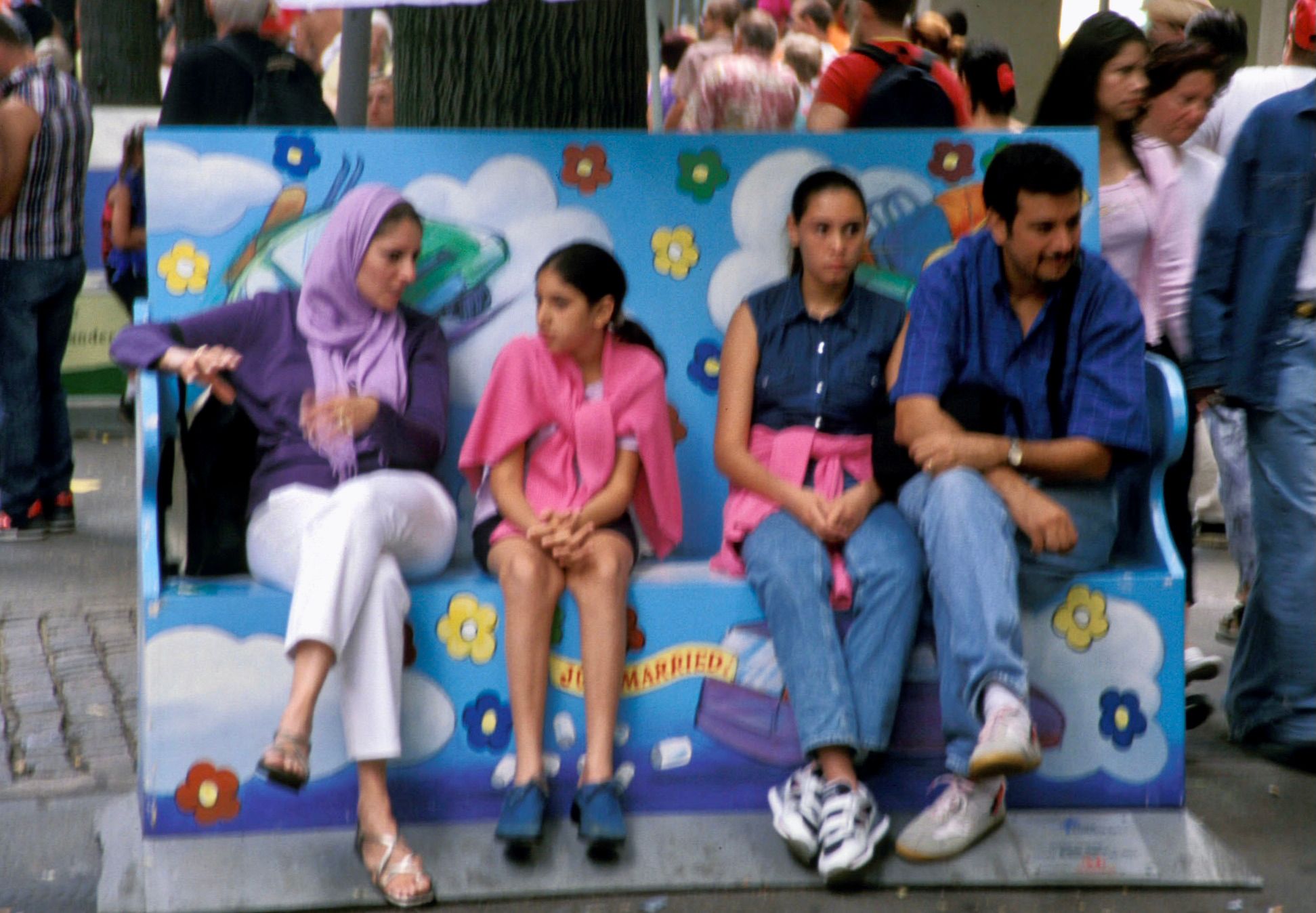
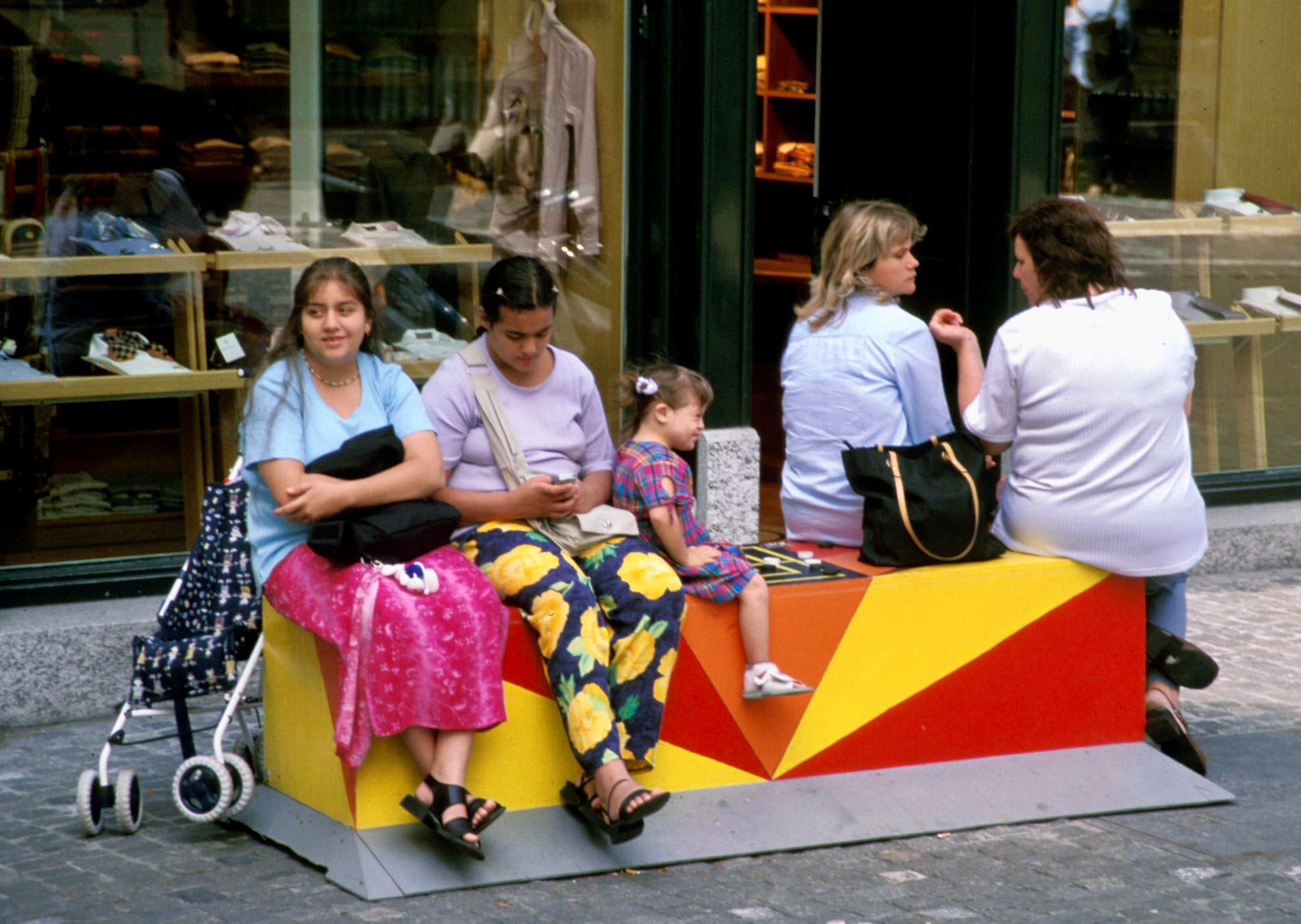
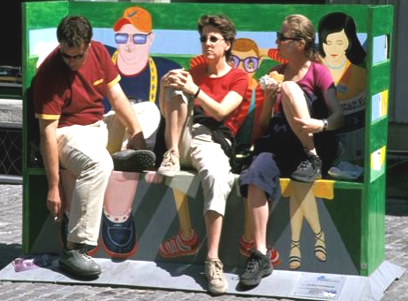
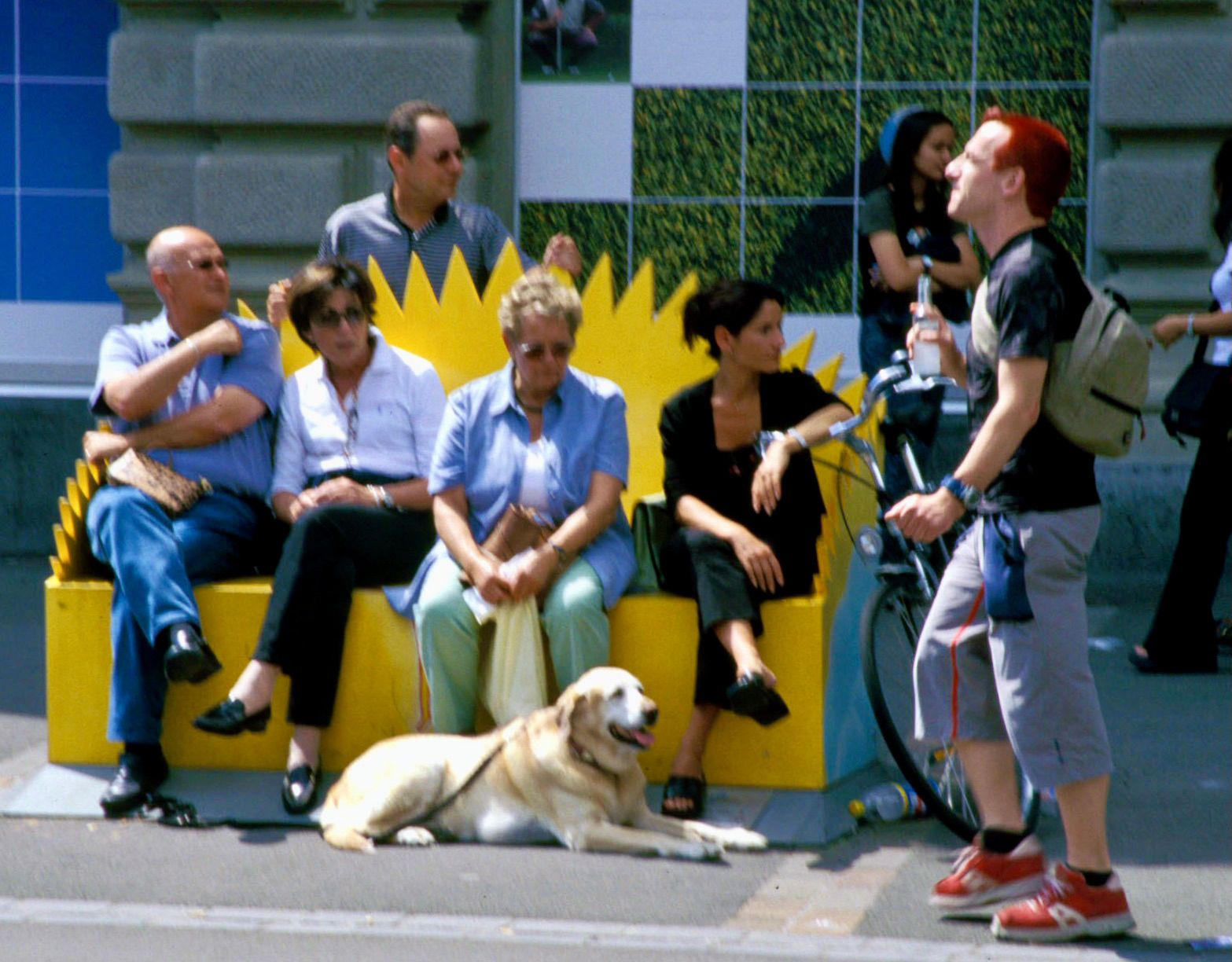
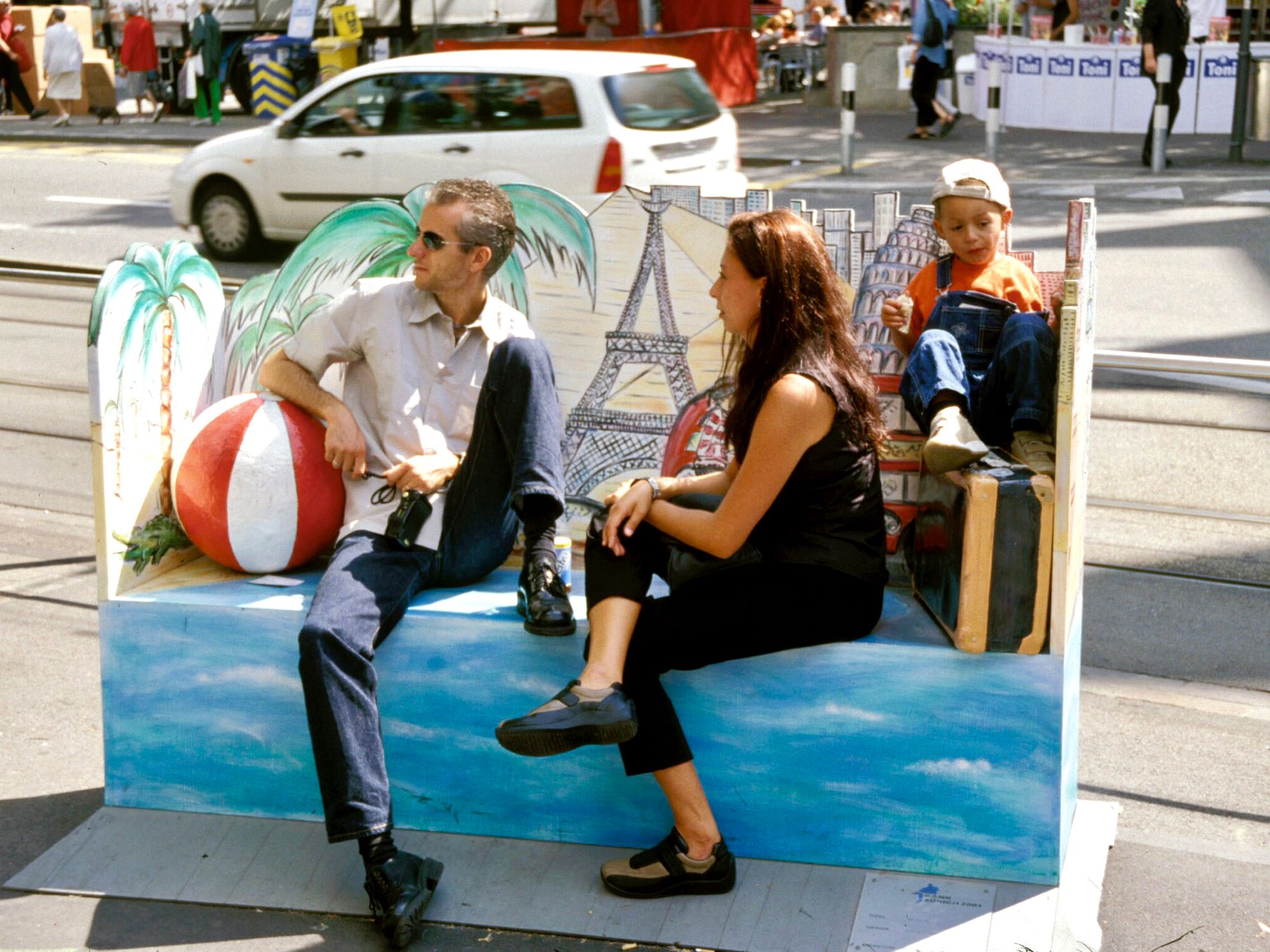
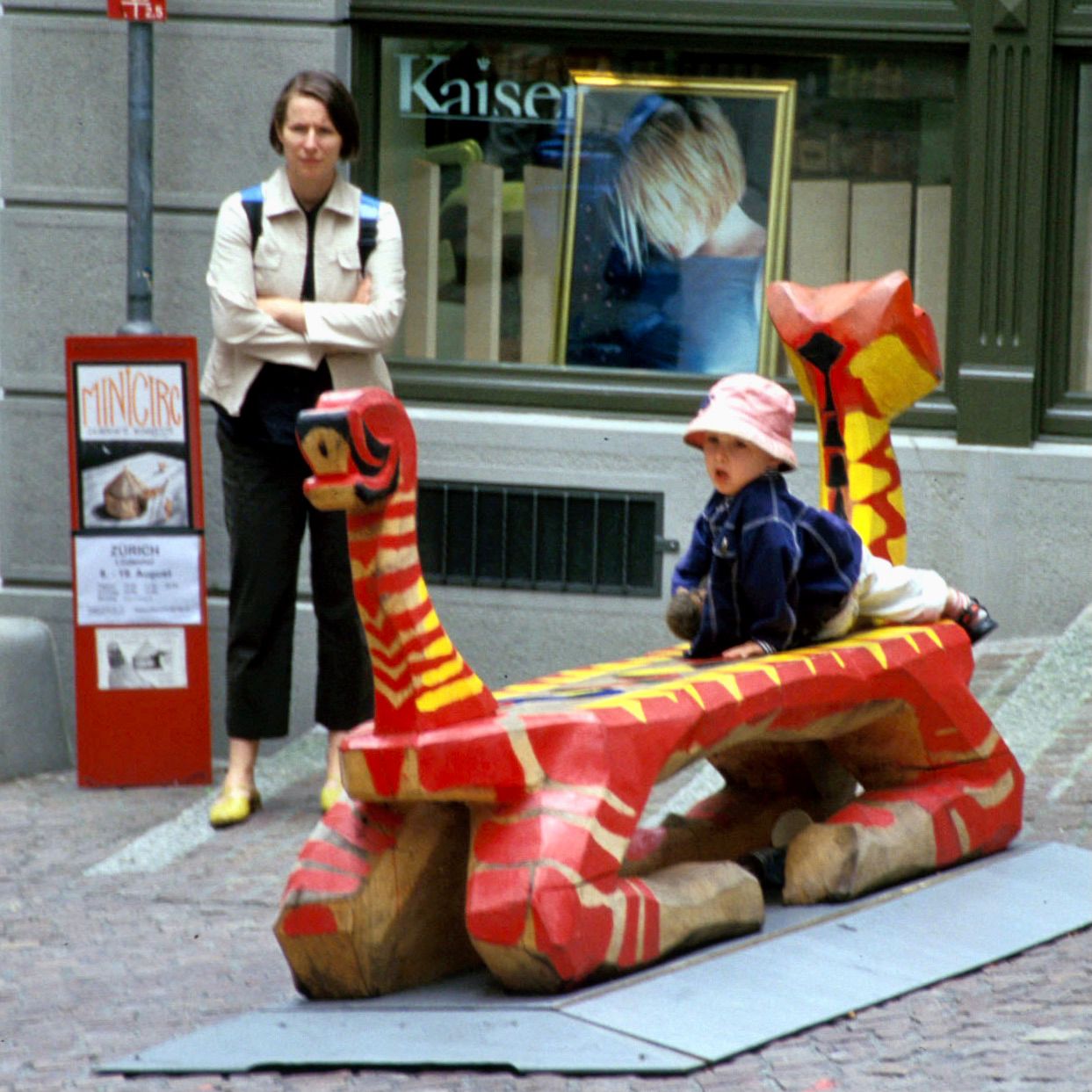
Create a Major Focal Point
Focal points provide the gathering places that make piazzas, plazas and squares come to life. Brooklyn Borough Hall needs one that defines it. What is there now does little to create the destination that is needed.
Focal points can take many forms, but they are often playful, sit-able, and worthy of remembering (and using as a landmark).
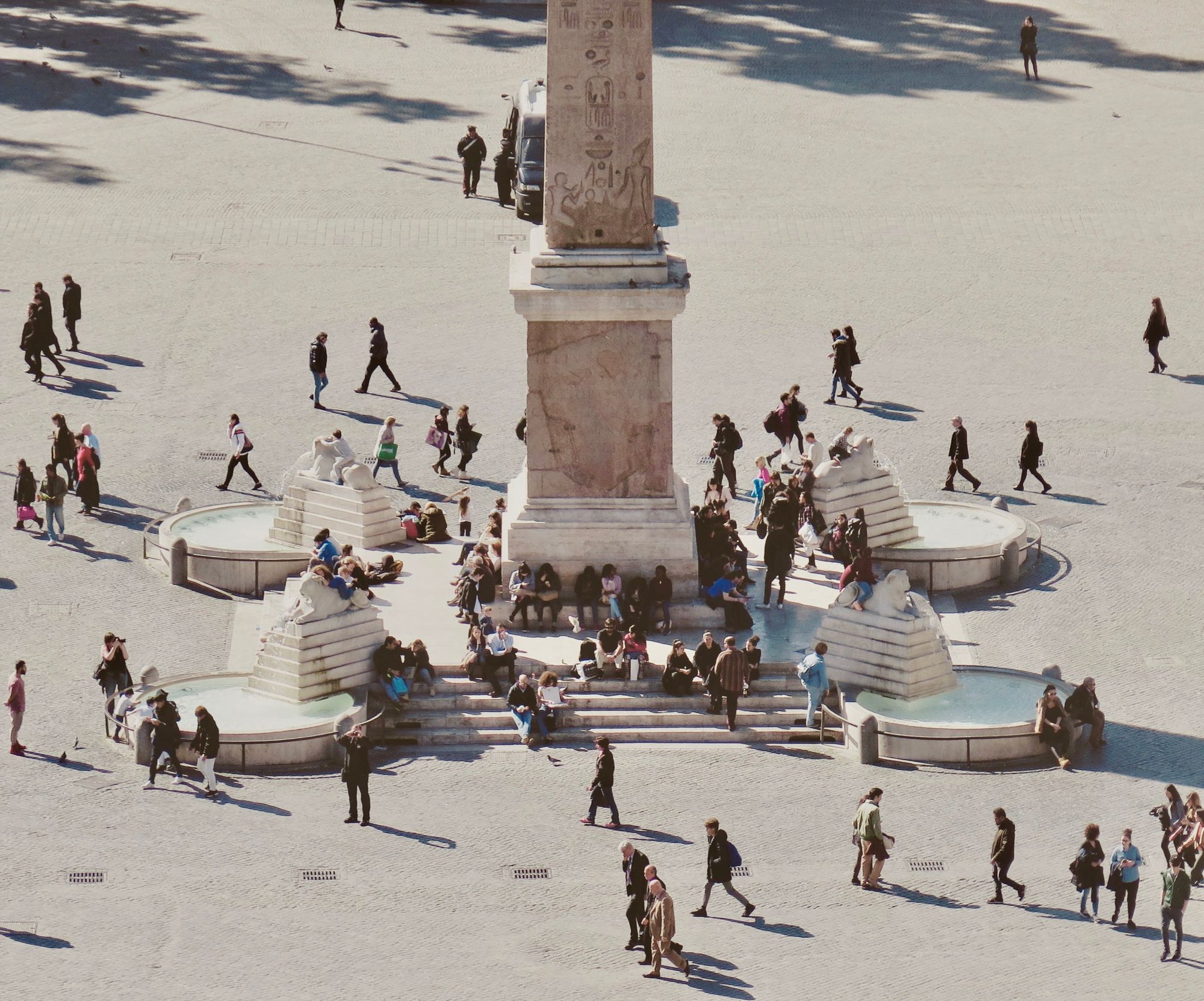

Detroit, Campus Martius
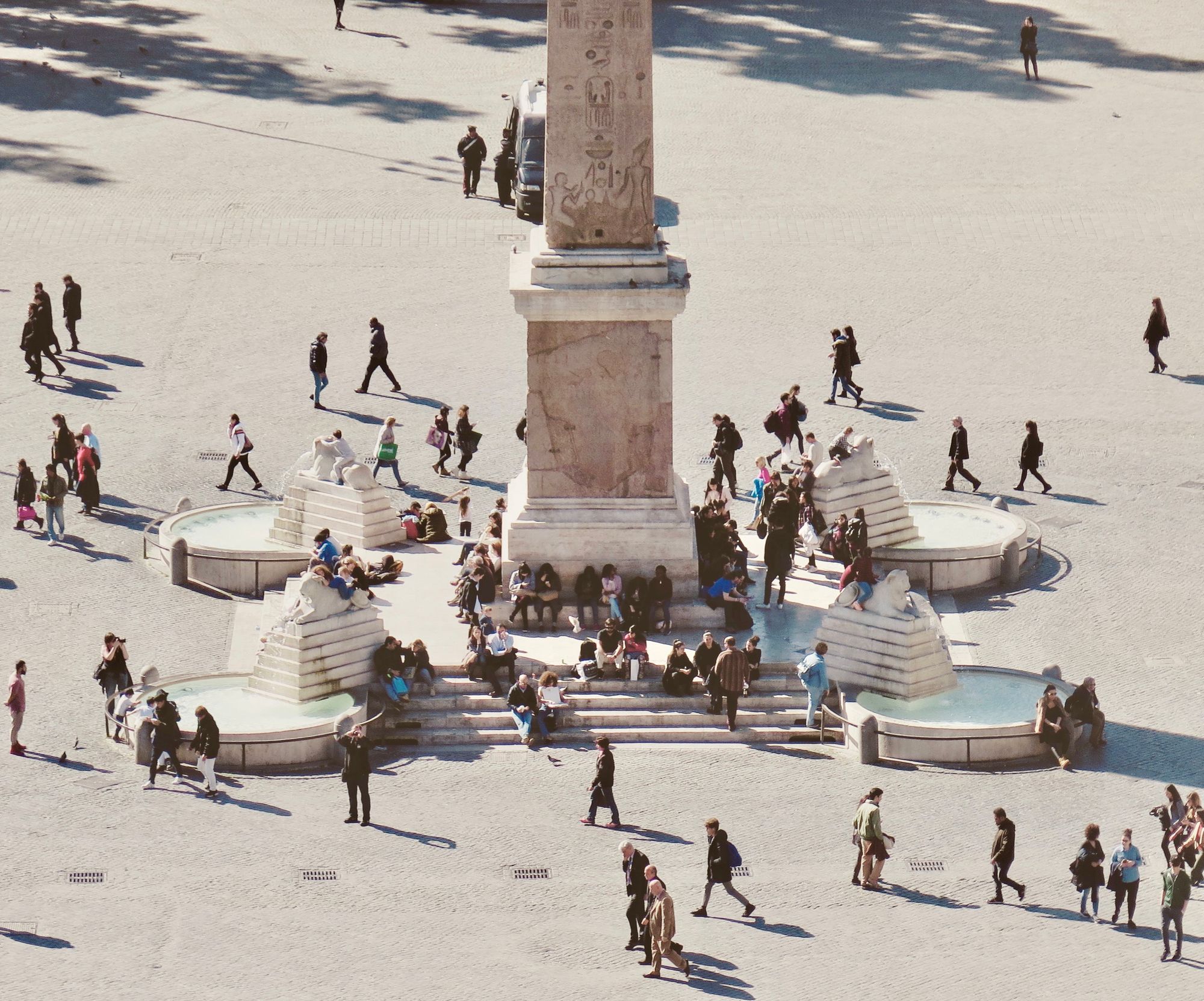
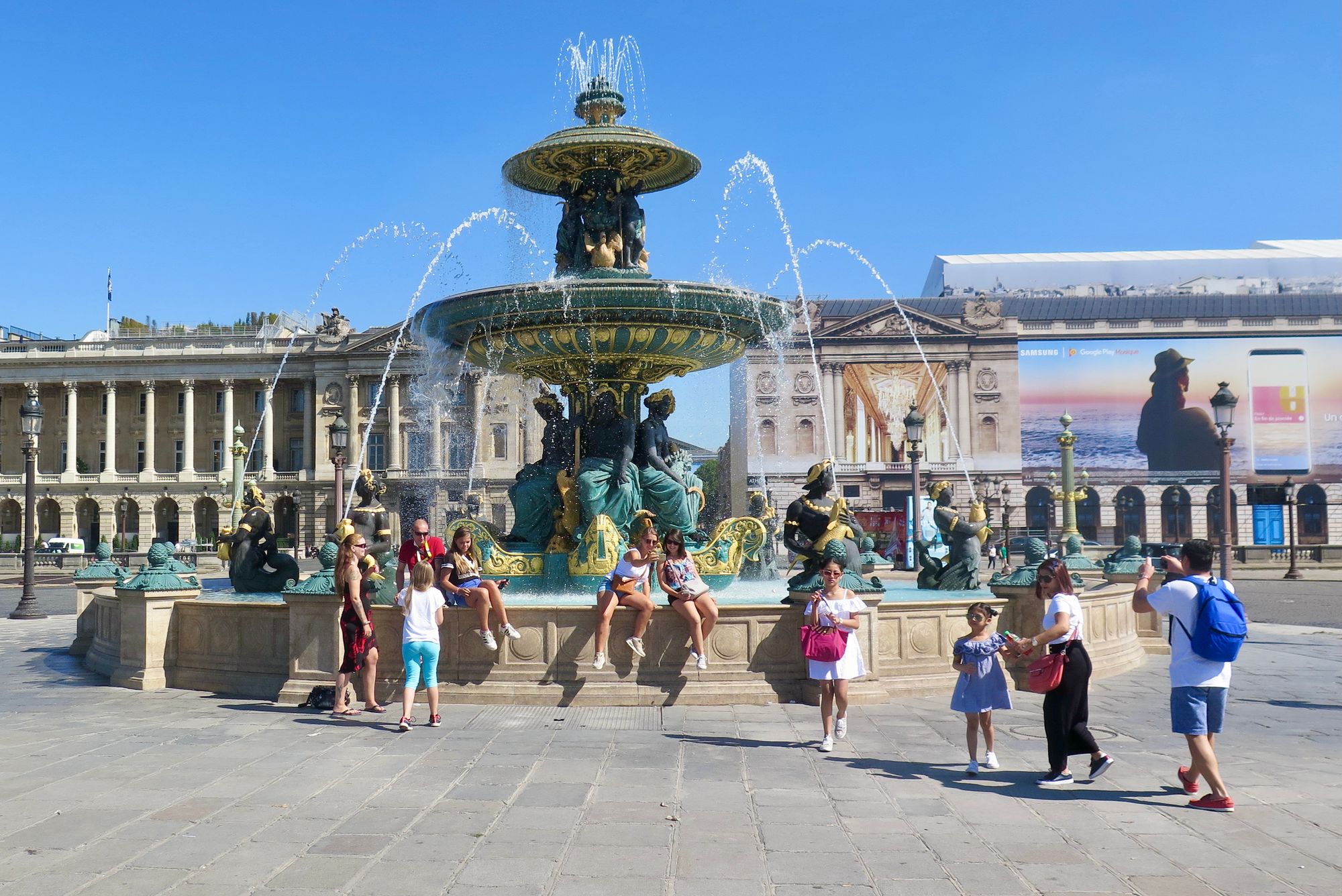
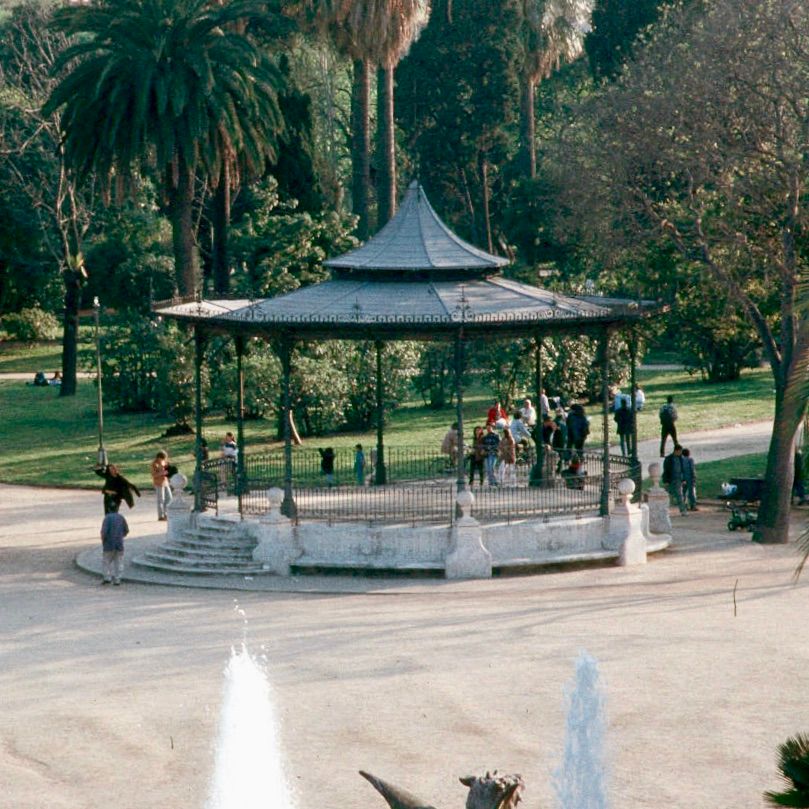
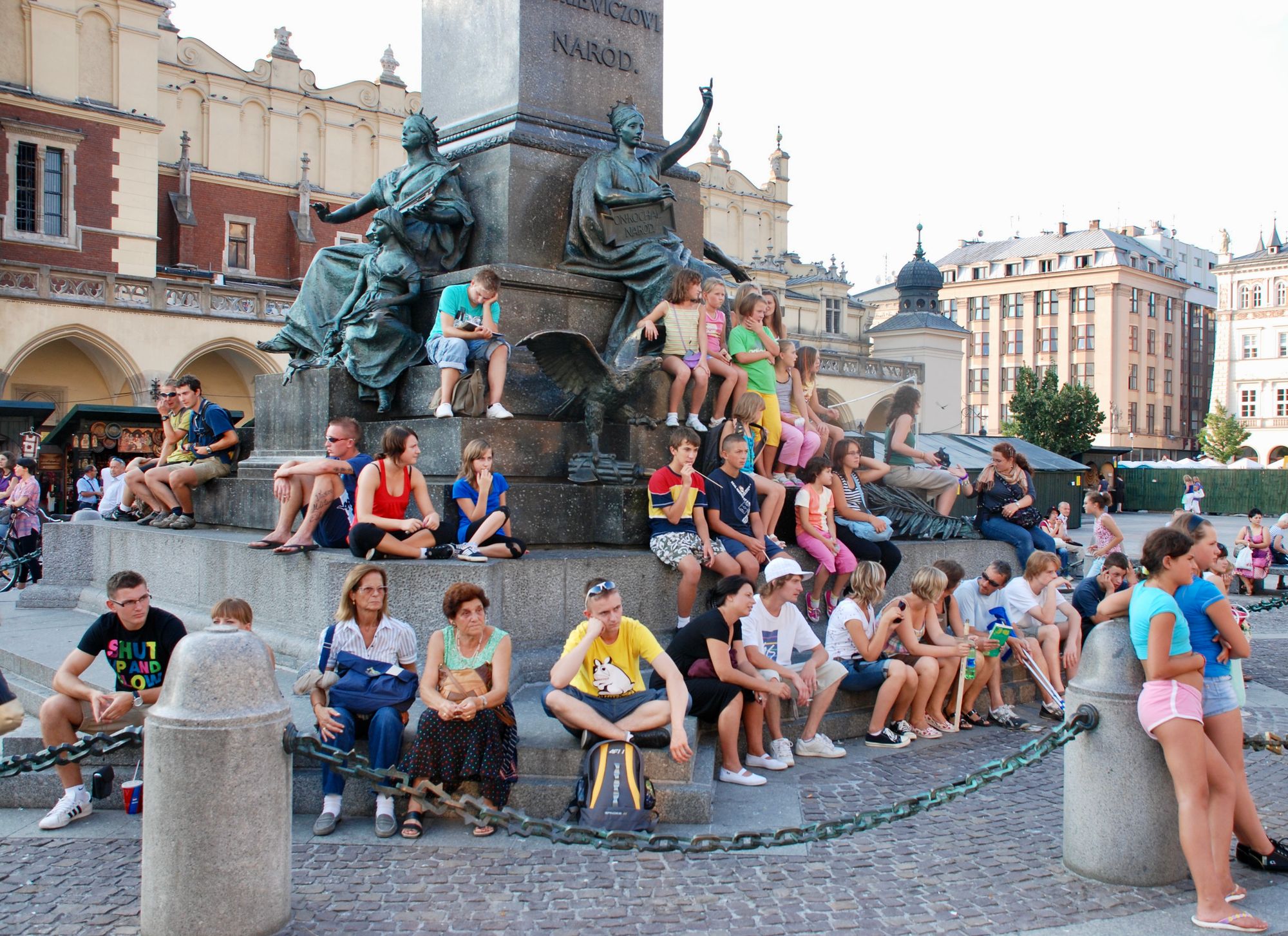
Rome, Madrid, Barcelona and Krakow, Poland
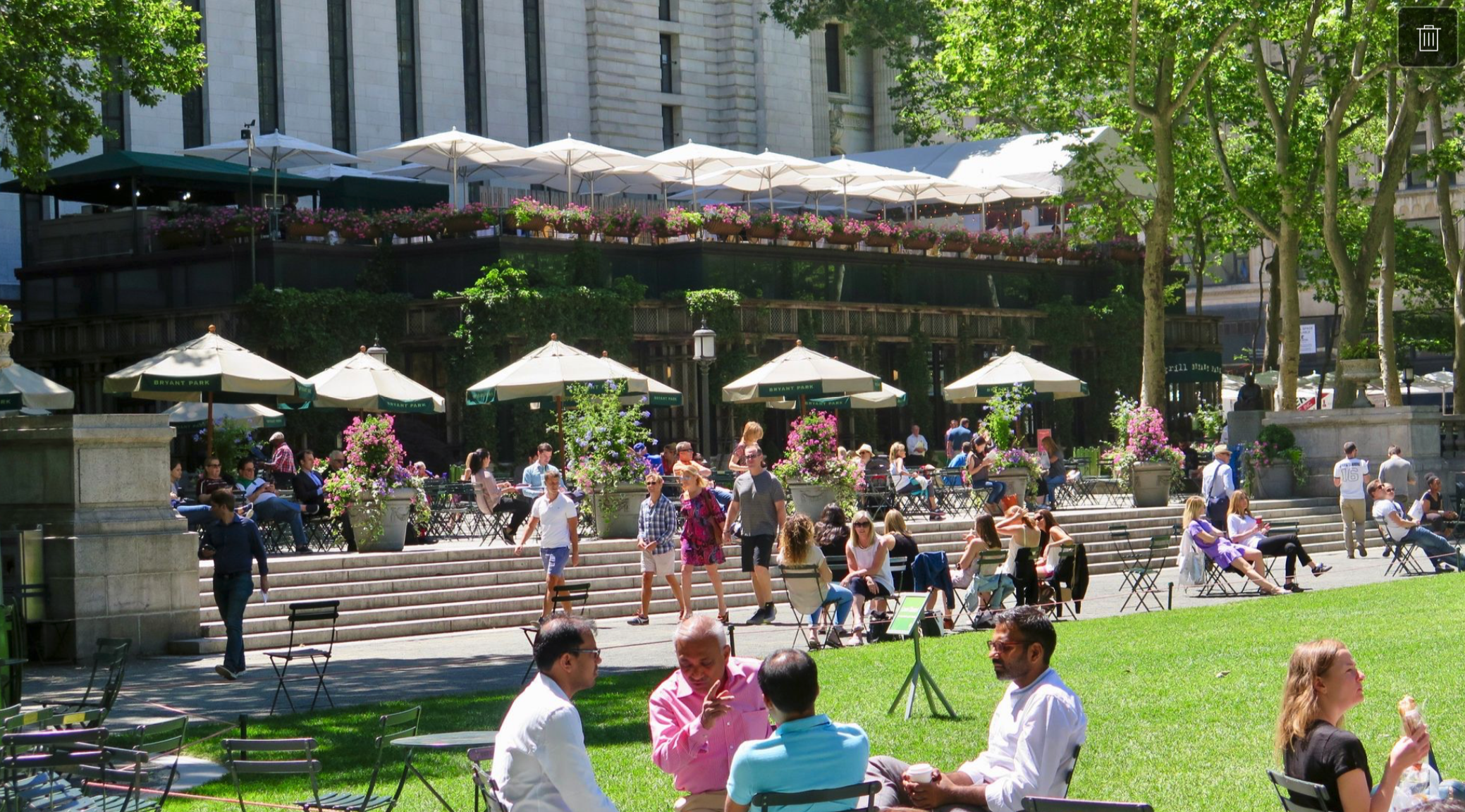
A Lighter, Quicker, Cheaper Strategy
Making it happen!
1- We start with activations, starting with short-term ones and building into the long term.
2- Then we think of places that are candidates to become key anchors of activity, with multiple reasons to visit and linger.
3- Next, we consult the community to plan programming for the space, building on the existing market with further layers of use.
4- Then we forge new connections between the plazas and surrounding neighborhoods.
5- And lastly, we make sure that community institutions and groups are part of this process, acting as partners and stewards of the space as it makes its transformation.
Takeaways
Brooklyn's rebirth is defined by the vast array of different cultures that call it home. Cadman Plaza should respect and showcase this diversity. This central area of Brooklyn is also very historic, but there is little to showcase that either. Taking the time to tap into the unique and dynamic qualities of Brooklyn can lay the foundation for Cadman Plaza's transformation.
Of course, anything that starts around Brooklyn Borough Hall and Cadman Plaza should be encouraged to spread down to DUMBO and Fulton landing. Starting with Borough will open up possibilities all the way to the waterfront.
We love where we live, and because of that, we've had many thoughts about Brooklyn and how its places like Borough Hall and Cadman Plaza can become the heart of the borough. This area has an important history as part of early Brooklyn, but also as a place that has been through a lot of changes over time. Now is the time to take it to the next level.
We want to hear from you! This post, along with other efforts, add to a discussion that we hope, ultimately, will pave the way for a dramatic transformation of the downtown core of Brooklyn, and our nearby neighborhoods.
More on Brooklyn
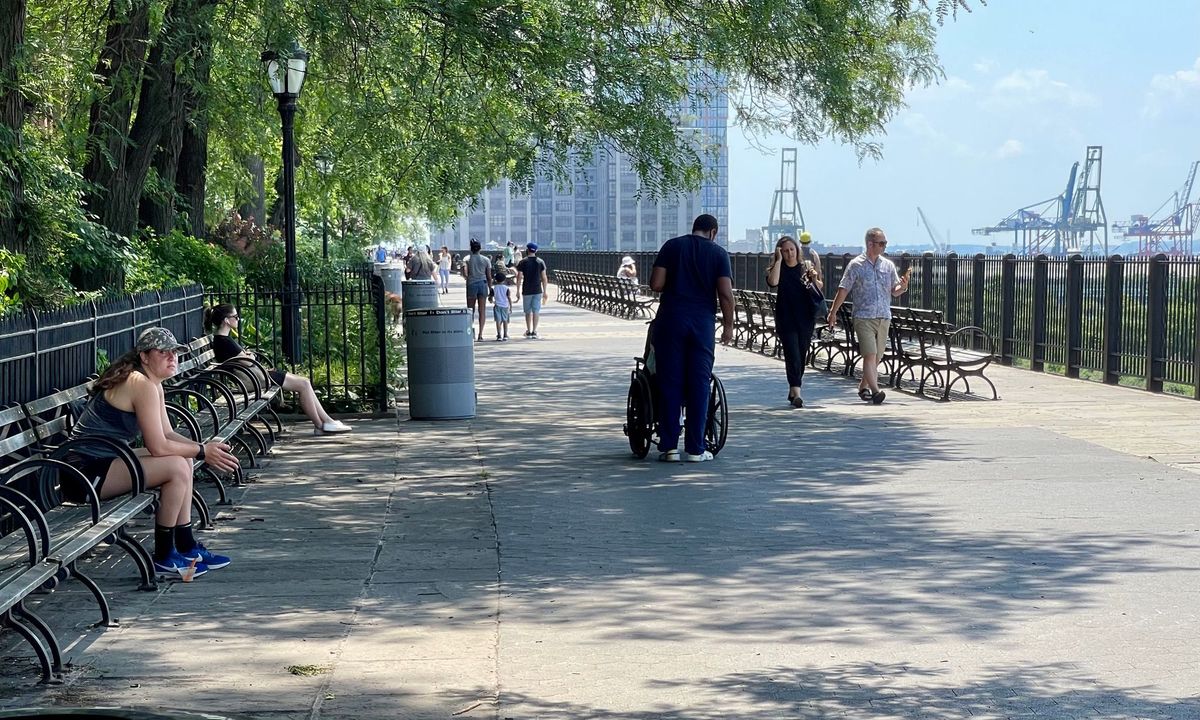
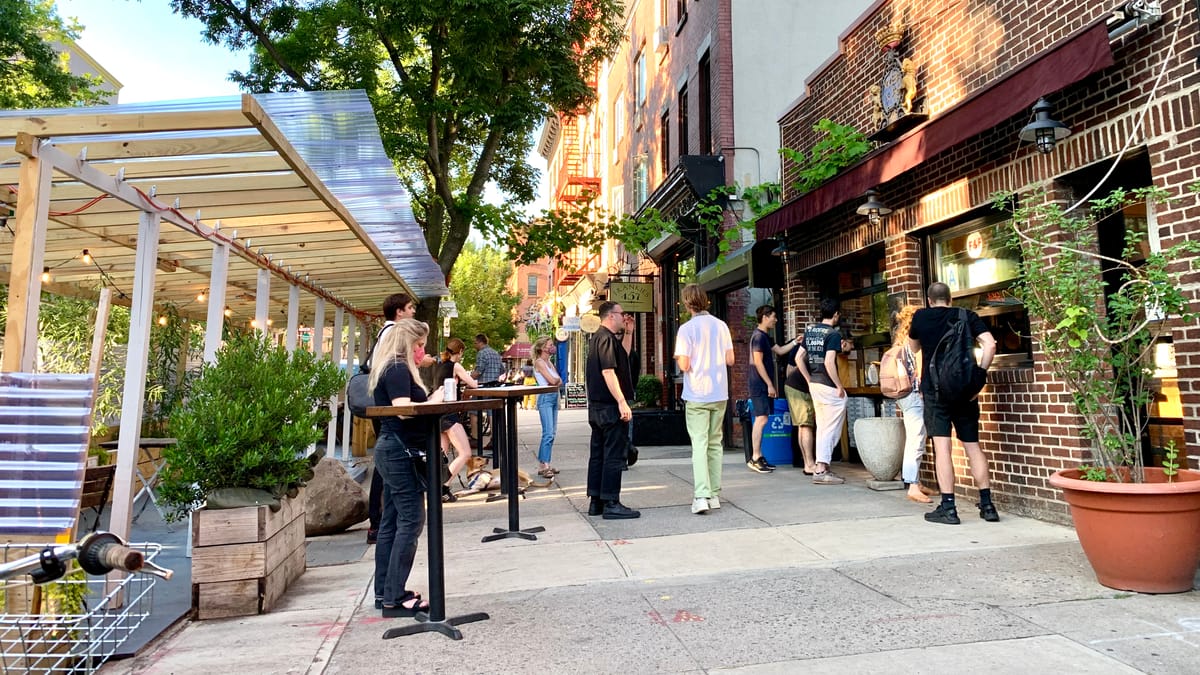
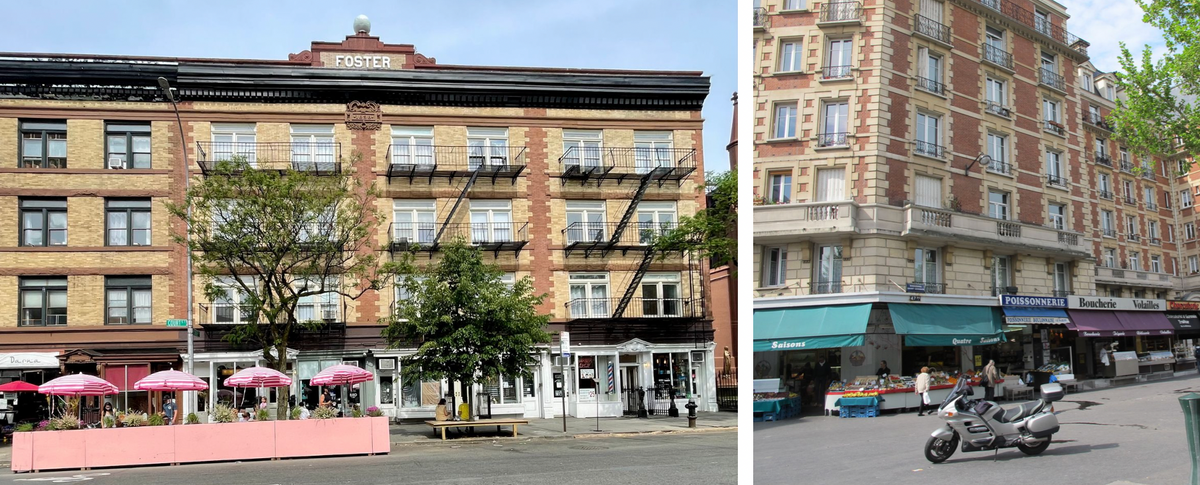

Other Resources
Squares
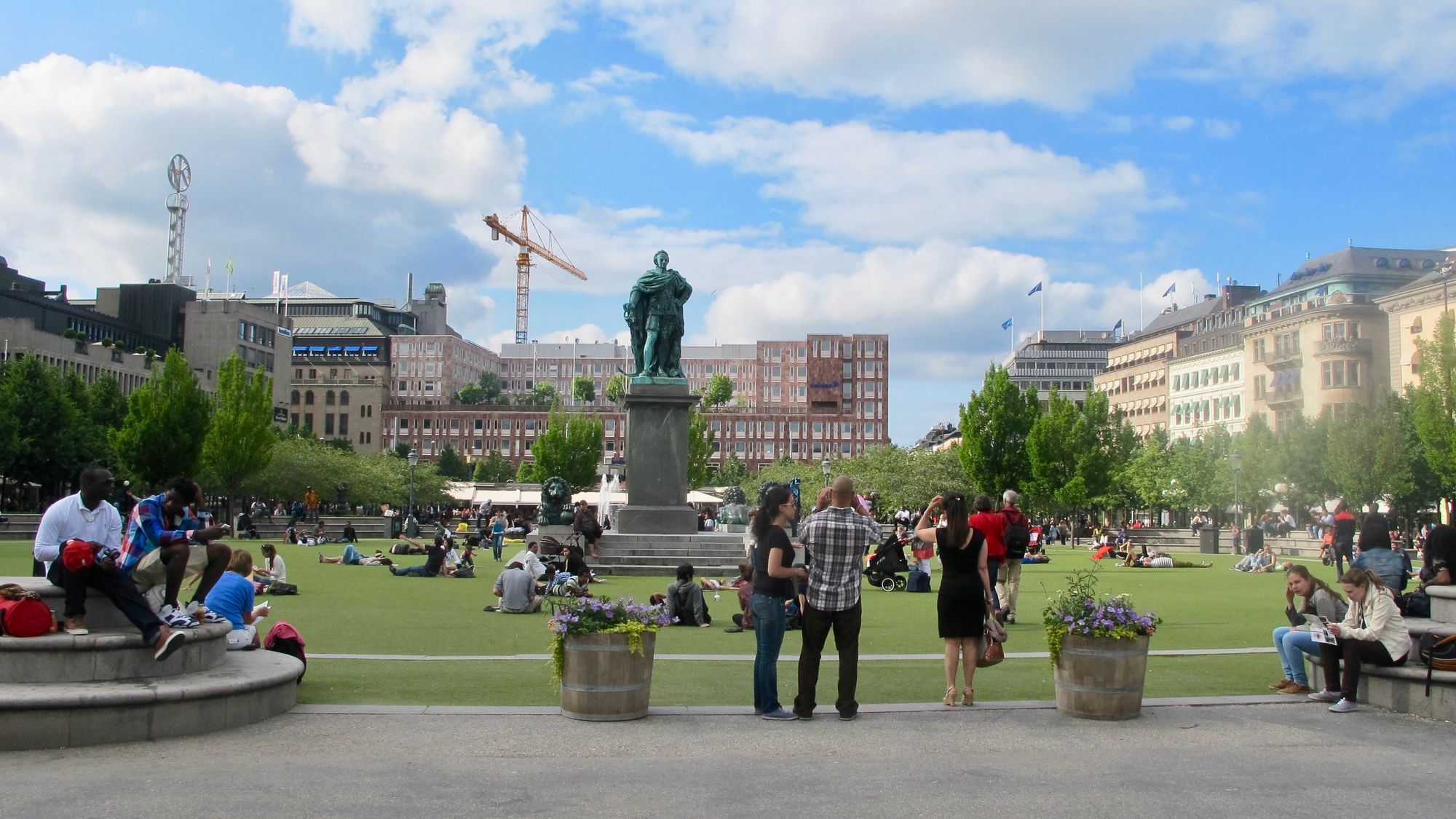

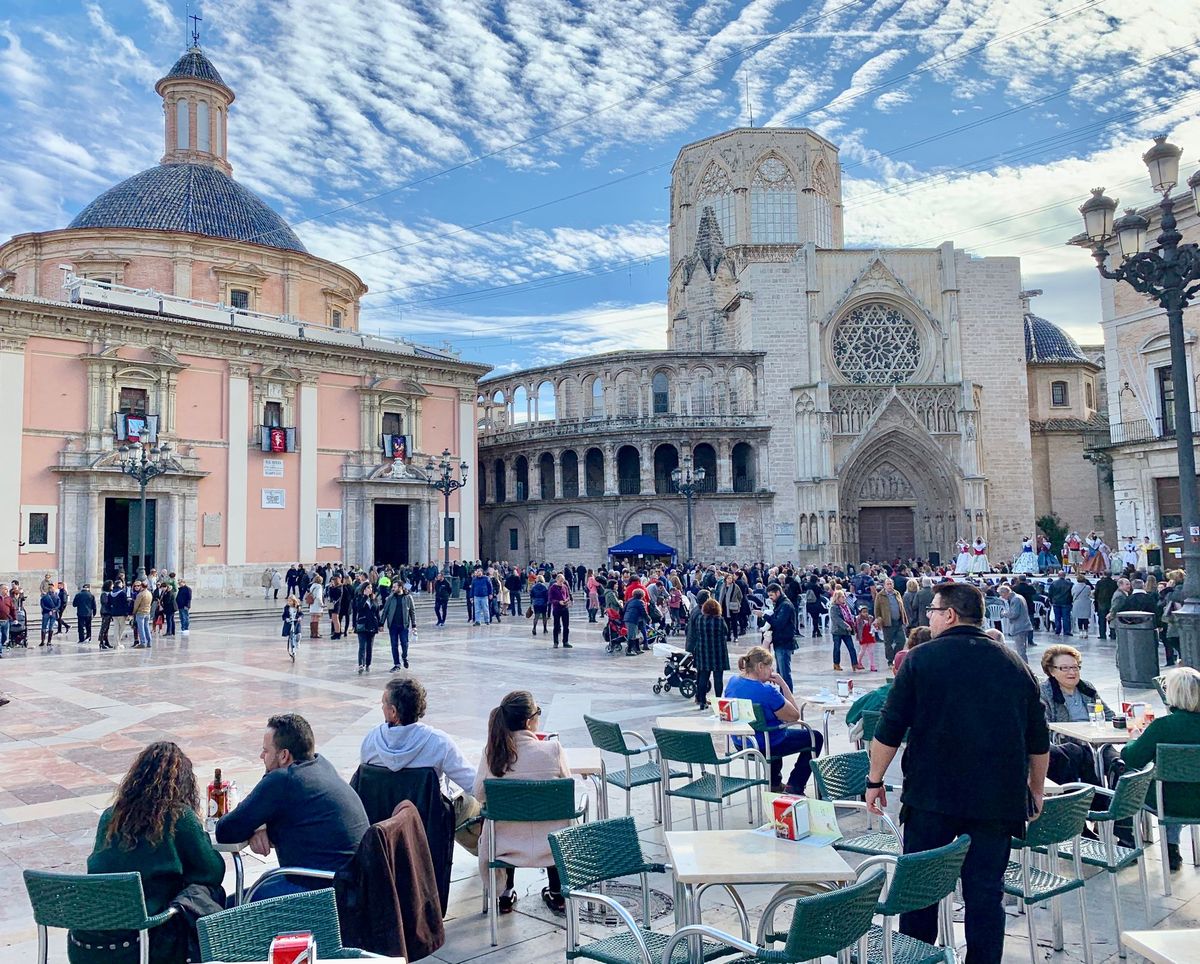
Markets

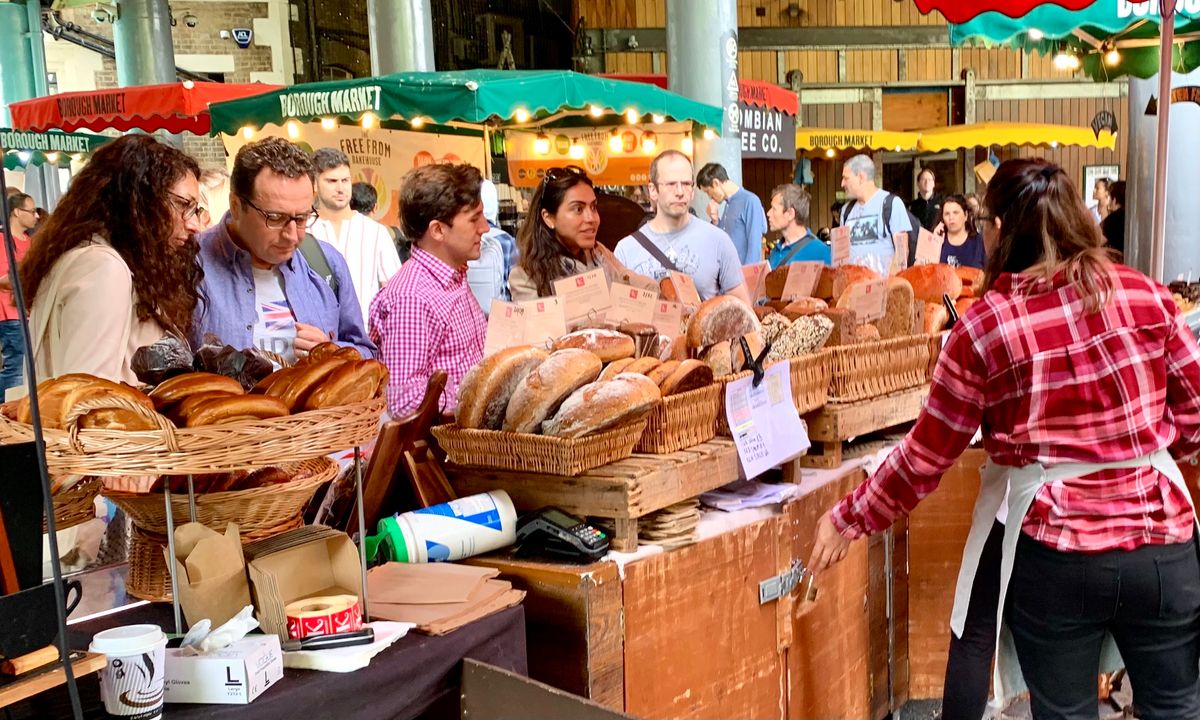
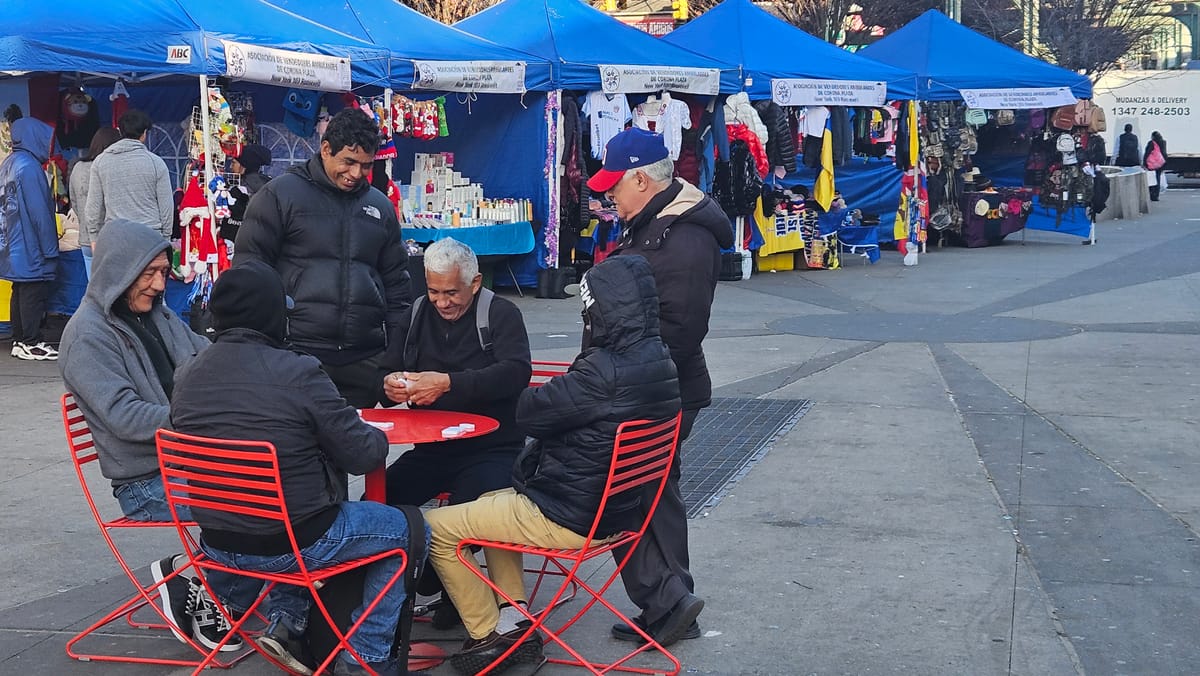
We want to hear from you! This post, along with other efforts, add to a discussion that we hope, ultimately, will pave the way for a dramatic transformation of the downtown core of Brooklyn, other Brooklyn neighborhoods, and communities everywhere.
Who We Are
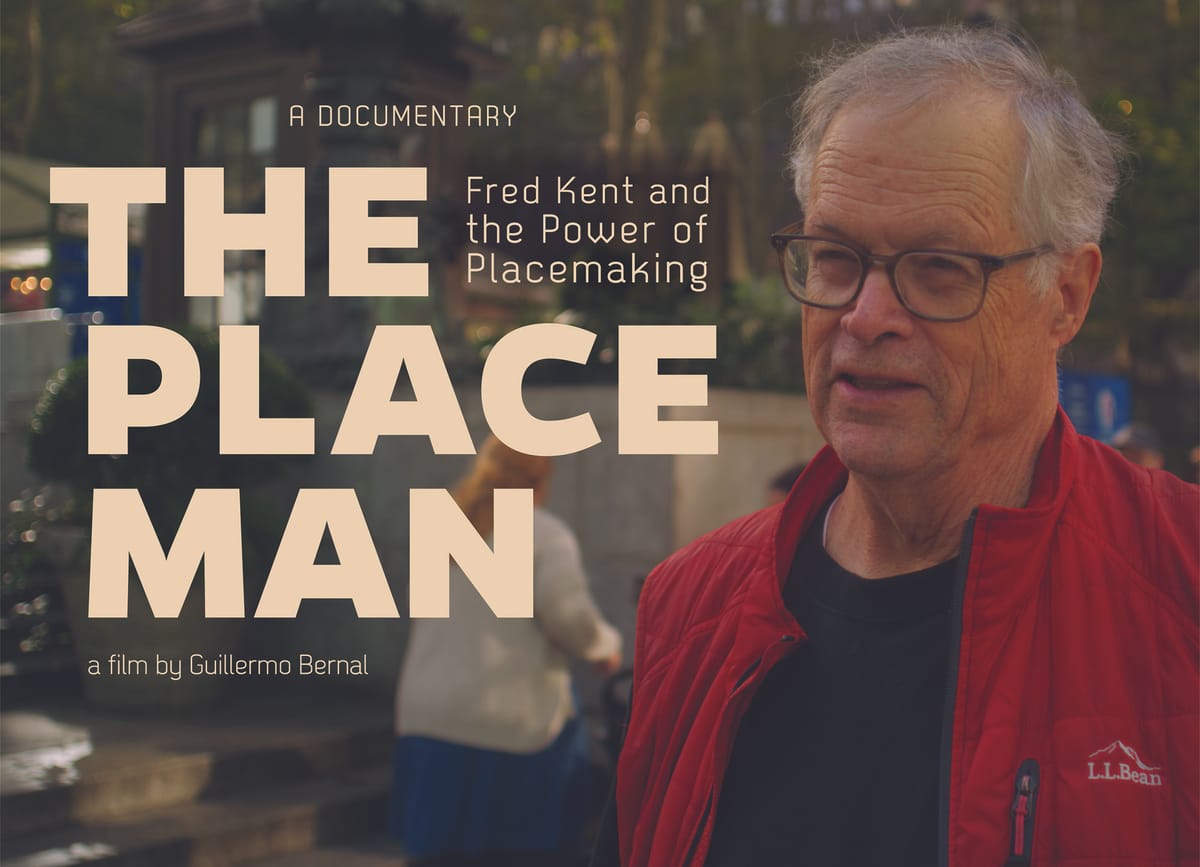
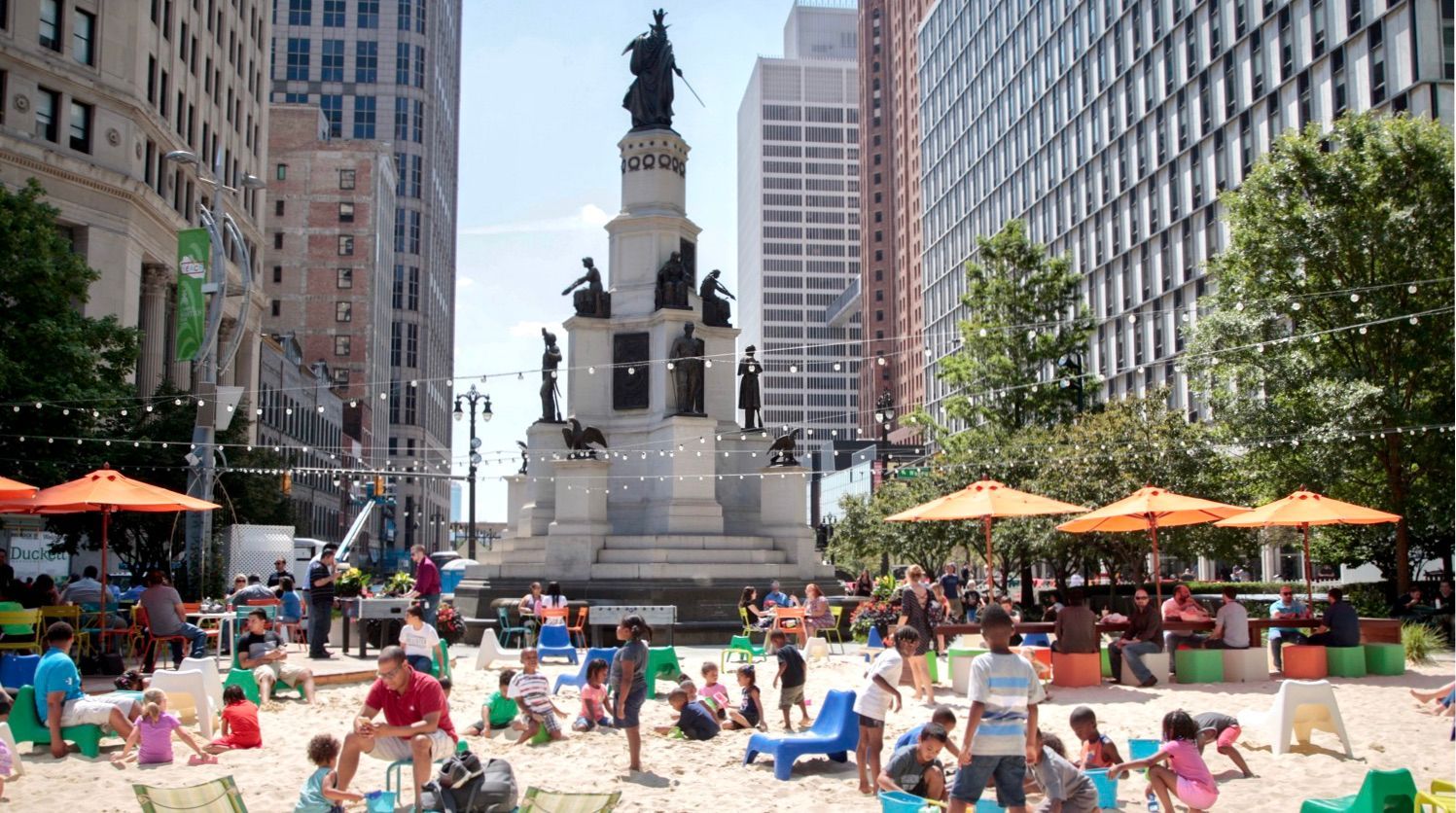
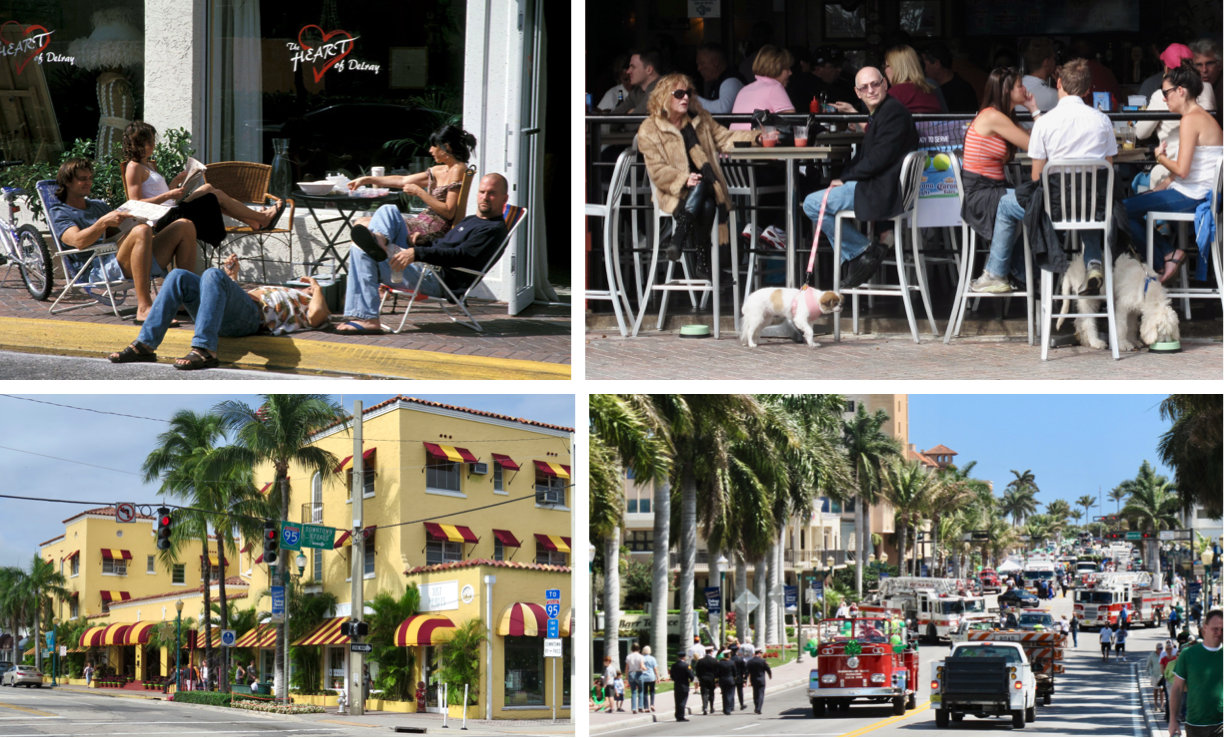
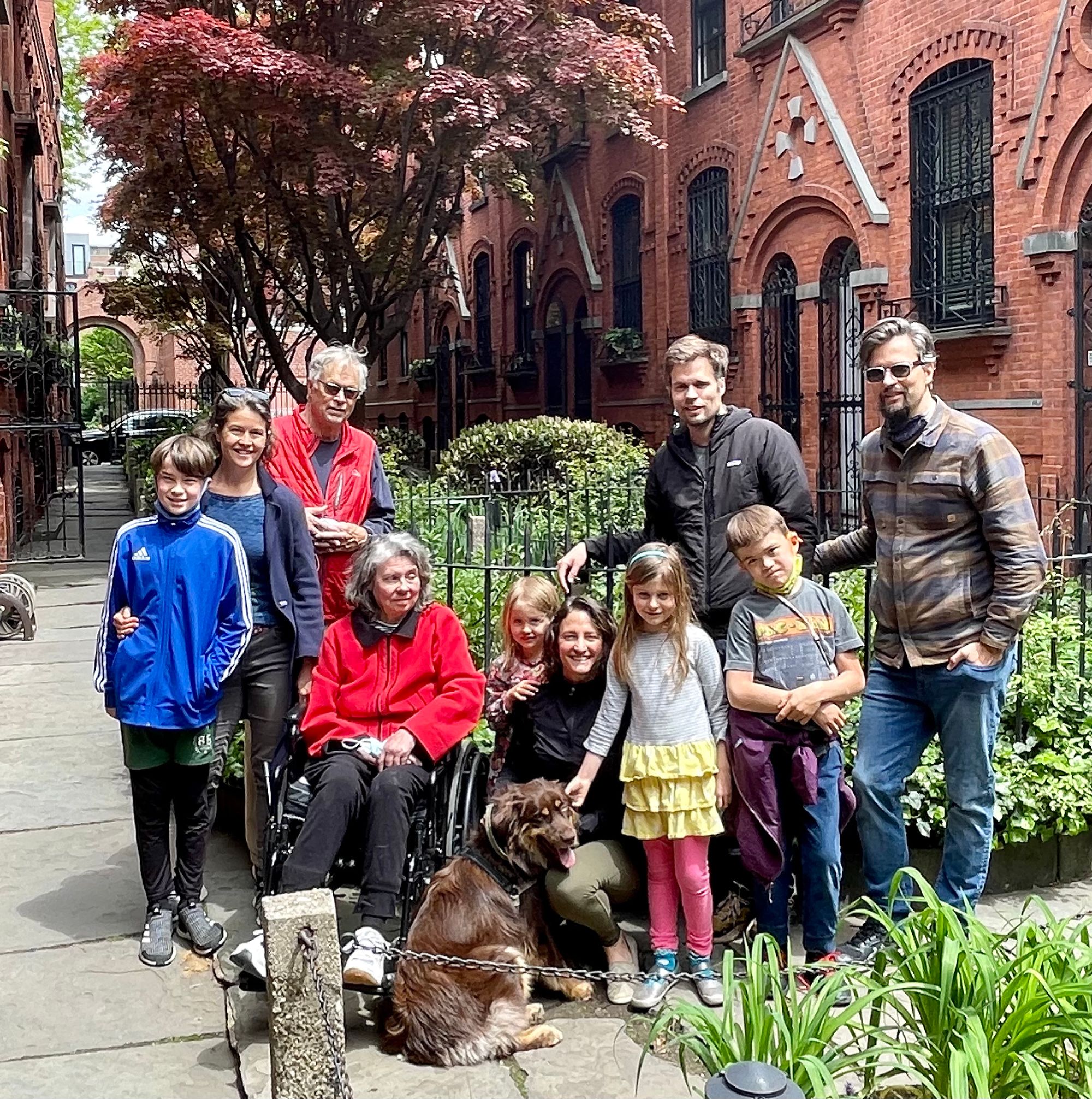
Our family lives in Cobble Hill. Our grandchildren went to PS 29. Kathy and I work together with our two sons, Ethan and Josh, Kathy and I on the Social Life Project. Ethan and Josh lead PlacemakingX , a global network that grew out of the work we collectively did at Project for Public Spaces starting in 1975 creating placemaking campaigns and catalytic projects in over 3500 communities around the world. They were led and implemented locally with a big impact as part of a fast growing Placemaking Movement. These two programs are managed by Josh as part of The Placemaking Fund. Our work over the last 45 years has given us insights into what works and a sense of how some of what we have seen out there could be applied to Brooklyn and especially the areas that we consider our greater neighborhoods. We hope these discussion posts can lead to improvements that we can all enjoy and show the rest of the world how great Brooklyn is. Our Brooklyn team also includes Steve Davies, Madeley Rodreguez, Kamila Zmrzla and Chris Heitmann



